Circum-Baikal Railway from Irkutsk to Ulan Ude and departure from Russia (Lake Baikal – UNESCO World Heritage site)
 The last full day spend in Russia’s wild East was filled with a long train journey. The Wandelgek rose quickly from bed for an early shower and a quick breakfast at the hotel, before leaving for the Irkutsk Railway Station.
The last full day spend in Russia’s wild East was filled with a long train journey. The Wandelgek rose quickly from bed for an early shower and a quick breakfast at the hotel, before leaving for the Irkutsk Railway Station.
The Irkutsk Railway Station
After arrival at the railway station of Irkutsk, there was still a bit time to stroll in front of the station, …
…and on the platform…
Then it became time to board the train. I introduced myself to the provodnitsas of my carriage. They were from the Trans Mongolian Railway. I had to get on a picture with them and needed to adapt myself a bit (specifically my length to achieve that goal 😉
After boarding the train carriage, The Wandelgek installed himself in the cabin which meant storing the large backpacks, storing the food, drinks, electrical appliences like phone, cameras and battery loaders and maybe a book to read easy to reach and dividing the bed linnen.
Itinerary: Irkutsk to Darkhan
5185km/3222ml Irkutsk
Then, the train had already moved away from the station, it was time to check the train schedule in the corridor:
Let me now introduce you to a very interesting part of history regarding the Trans Siberian Railway.
The Circum-Baikal Railway
The Circum-Baikal Railway is a historical railway in the Irkutsk region of Russia. It runs along the Northern shore of the Southern extremity of the lake from the town of Slyudyanka to the Baikal settlement. Until the middle of the 20th century the Circum-Baikal railway was part of the main line of Trans-Siberian Railway; later on, however, a duplicate section of the railway was built. Sometimes called a unique achievement in engineering, the Circum-Baikal is one of the picturesque sights of the area around Lake Baikal.

The black lines are the current tracks of the Trans Siberian Express. The red dotted line is the historic (removed) track towards the ferry at Port Baikal. The red line is the current Circum-Baikal track from Port Baikal to Kultuk and from Kultuk to Sludyanka the black line is the combination of the track of the Circum-Baikal Railway and the Trans Siberian Express.
History
When the Siberian railway, later called the “Trans-Siberian Railway” was being designed, it was divided into seven sections. Circum-Baikal railway was one of these, being the section from Irkutsk to Mysovaya wharf (now the town of Babushkin on the South-Eastern shore of Lake Baikal.
Survey work
The first survey of a possible route for the first section of the Circum-Baikal, from Irkutsk to Lake Baikal, was carried out in 1894. Initially the surveyors proposed to build a pontoon bridge and have the railway go down the right (east) bank of the Angara River (the left bank was too built up); however, later this variant was found to be inexpedient, as the level of water in the Angara was subject to fluctuations, and during spring thaws, crossing the river would have been difficult. Therefore, the planners decided to establish the railway from Irkutsk along the left bank.
The construction of the railway along the Angara from Irkutsk to Cape Baranchik (Port Baikal) on Lake Baikal was carried out in 1896-1900, at a total cost of 3.47 million rubles. In the meantime, East of the lake the railway from Sretensk was completed up to Mysovaya on the east shore of Lake Baikal. With the purpose of establishing a through railway connection, before the Circum-Baikal was finished, it was decided to link the shores of the lake with a train ferry. Trains were carried on the special ice breaker-ferry “Baikal” which had three parallel tracks on its train deck. Another, smaller icebreaker-ferry, the “Angara”, was also built which carried passengers and goods, but not trains. In the cold winter of 1903/04 when the icebreakers were not strong enough to break the ice, a railway line was laid on the ice, and railway wagons were pulled by draft animals.
Meanwhile, the construction of another section of track, intended to fill the gap in the Trans-Siberian Railway, was carried out. The routing of its eastern section, from Mysovaya to Kultuk (at the lake’s southwestern tip), passing along the flat southern coast of the lake, did not cause difficulties. The greatest complexities were encountered on the western section, meant to connect Irkutsk and Kultuk. A group of researchers under the direction of the professor Ivan Vasilʹevich Mushketov studied four options for routing this section of the railway:
- from Irkutsk along the left bank of the Irkut River across the Zyrkuzunsky ridge to Kultuk
- from Irkutsk through the valleys of the Greater Olkha and the Krutaya Guba Rivers and then along the coast of Lake Baikal up to the Kultuk settlement
- from the Baikal station to Kultuk along the lake shore
- from Belektui village (located on the Trans-Siberian railway to the west of Irkutsk) across the Tunkinsky ridge to Kultuk
According to the results of the work of mountain engineering parties, on June 29, 1889 the Committee for the Construction of the Siberian Railway chose the first and third options from these four initial proposals. From 1899 to 1900 final survey work was done, and the engineers preferred to lay the line along the lake shore (i.e., the third option). Despite the difficult terrain along the shoreline, which consisted of a rocky ridge with abrupt slopes, towering 270 to 400 m above the shore, calculations showed this option to be the most economical.
The final decision on the line was made by the Committee for the Construction of the Siberian Railway on June 22 1901. The cost of construction of the stated section of line was 52.52 million rubles. The transportation engineer Boleslav Cavrimovich was appointed as director of construction.
Construction of the railway
The construction of the Circum-Baikal railway began in late 1899. Originally the efforts of the builders were concentrated on the section from Mysovaya to Tankhoy. Beginning in 1901, the section from Tankhoy to Slyudyanka was laid. The construction of these sections was carried out chiefly by the inmates and hard labourers of the Aleksandrovsky prison.
Workers began construction on the most complex section, from Slyudyanka to the Baikal station, only in the spring of 1902, with the aim of finishing it by 1905. The original plan required the construction of 33 tunnels, at a cost of 5.3 million rubles, a retaining wall for 3.7 million rubles, and viaducts for 1.6 million rubles. With regard to the possible negative impact caused by the lake water, the minimum necessary height of the track route over the water of Baikal was calculated to be 2.5 sazhens (5.33 m). Technical conditions during the arrangement of the double-track sections fixed the capacity of the line at 14 pairs of trains per day.
Owing to the lack of a flat shoreline all the materials (with the exception of stone mined at the site) were brought by water to the site of construction (by barge during the summer, by animal-drawn carts in the winter). The complex terrain of the rocky shore compelled the builders to lay the majority of the route in tunnels or on artificial platforms cut out of the rock; the sides of the railway were strengthened with retaining walls. The workers, already suffering under the hot summers and harsh winters, were required to carry out the majority of the construction by manual labour.
Every kilometer of the line required the expenditure of about one wagon of explosives. Earthwork was carried out in volume, approximately equal to 400 wagons. Embankments amounted to 28.7% of the length of the road, and cuttings to 71.3% (with a great deal in rocky soil). The construction of the railway track itself had to be made heavier, using stronger, heavier track and increasing the number of ties. Because of the difficult terrain the minimum radius of the turns was reduced.
The onset of the Russo-Japanese War in 1904 caused an acceleration in the construction of the railway. From 1901 to 1902 about 9,000 workers were employed on the railway, while in 1903–1904 the number rose to 13,500. The main efforts were focused on the construction of the railway line itself; therefore, the development work of stations and towns in the path of the line did not take place. Works trains began to run on the railway on October 1 1904 and on October 29 1905 the line was brought into permanent operation. The length of the railway in its final form from Baikal station to Mysovaya was 244 versts (260 km). The aggregate value of one kilometer of the Circum-Baikal railway was about 130 thousand rubles (compared to 93 thousand rubles on the other sections of the Trans-Siberian Railway).
Active operation
When the Circum-Baikal railway was put into operation, the Trans-Siberian railway on either side of Baikal was linked, and began to be used to transport goods and passengers. The Circum-Baikal was called the “golden buckle on the steel belt of Russia”.
Initially, only one track was built; from 1911 to 1914 the construction of a second track was undertaken, which increased capacity of the Circum-Baikal to 48 pairs of trains a day. In this stage of the construction of bridges and other engineering structures reinforced concrete was introduced as a new material. As part of these works, considerable attention was paid to the construction of stations and station towns. On the section from Baikal to Slyudyanka alone ten stopping points were set up. Measures were taken to improve traffic safety and protect against landslides.
During the revolutionary events of 1917 and the subsequent civil war the Circum-Baikal was the scene of intense fighting, as evidenced by the mass graves of victims of those events. The Red Army, retreating from the Czechoslovak Legions, blew up the Kirkidaysky tunnel (No. 39, past Slyudyanka on the way to Mysovaya) on July 23, 1918. The tunnel was later restored, but there was no movement on the line for almost 20 days.
In the 1930s, 40s, and 50s, the villages were actively developed, and homes, barracks for the troops, and power plants were built.
Decline
In 1940, exploration work was initiated to strengthen the track and ensure the safety of traffic on the Circum-Baikal Railway. Owing to the start of the Second World War, the work was completed only by 1947. The group in charge of development came to an unexpected conclusion and, citing the enormous cost, proposed not to carry out any work on the railway alongside Lake Baikal. Instead they proposed to transform the single track from Irkutsk to Slyudyanka across the mountains into an electric double track.
From 1947 to 1949 an electric transfer railway from Irkutsk via Bolshoy Lug to Slyudyanka was built, noticeably shortening the distance compared with the Circum-Baikal branch line. The main route of the Trans-Siberian Railway was therefore transferred to the new section.
In 1950, construction on the Irkutsk Hydroelectric Power Station plant was begun. In connection with this, the part of the Circum-Baikal railway from Irkutsk to the town of Baikal that passed along the Angara River was disassembled and in 1956 flooded during the filling of the Irkutsk reservoir (only remnants of dams remained on the shore of the Angara near the town of Baikal). In the end, only a “dead-end” route of the Circum-Baikal (from Slyudyanka-2 to Kultuk, Marituy, and Baykal) was left. The railway lost its strategic importance, the number of trains on the road dropped sharply, and security was withdrawn from the tunnels and bridges.
Because it was no longer needed, the second track of the Circum-Baikal line was dismantled. In the early 1980s, some even proposed the closure of the line, or that a road be constructed in its place. The villages along the road gradually deteriorated, and people began to abandon their houses. Virtually the only means of communication with the heartland for the residents of these places was the rarely running diesel locomotive, and later a locomotive connected Slyudyanka, Kultuk, and Baykal (Port Baikal is linked to the village of Listvyanka on the opposite shore of the Angara by an automobile ferry).
The Trans Siberian Railway from Irkutsk to Ulan Ude
So in short that is how the railway track, that The Wandelgek was following and that now connected Irkutsk with Kultuk, following the vale of the river Irkut, had become the main route for the Trans Siberian Express.
The current railway track runs along the left bank of the Irkut River and across the Zyrkuzunsky ridge towards Kultuk…
As soon as the train got closer to the lake, the clouds vanished and the sun came out, turning the sky into a bright blue canvas…
At Kultuk the Trans Siberian and the remainder of the Circum-Baikal track joined until Slyudyanka. This was an amazing part of the track, because at Kultuk the Trans Siberian Railway hits the shore of Lake Baikal. The rather dreary inland weather, stayed inland and The Wandelgek could witness first hand, the micro climate at Lake Baikal and its shores…
Buryatia
This part of the journey the Trans Siberian Express was going through the Republic of Buryatia. The Republic of Buryatia (Russian: Респу́блика Буря́тия) is a federal subject of Russia (a republic), located in Siberia in Asia. Formerly part of the Siberian Federal District, it has been a part of the Russian Far East since 2018. Its capital is the city of Ulan-Ude. Its area is 351,300 square kilometers (135,600 sq mi) with a population of 972,021 (2010 Census).
Somewhere along the line at a location which was obviously used for maneuvering and maintenance of cargo trains, the train suddenly stopped for a very long time, probably to allow other trains to pass. It was not a location with a great view over Lake Baikal, So The Wandelgek used this time to rest a bit, and read about the upcoming travel destination of Mongolia…
After this quite long delay of about 2 to 2.5 hours, the train finally came into motion and advanced further past the eastern shore of Lake Baikal…
Then the train started to leave the shore for good, as it got near to the delta of the Selenge river at Lake Baikal. The tracks followed the river delta away from the lake and the Selenge river towards Ulan Ude, the capital of Buryatia.
Selenga river

The Selenga or Selenge (sɛlɛŋˈɡɑ) is a major river in Mongolia and Buryatia, Russia. Originating from its headwater tributaries, the Ider and the Delger mörön, it flows for 992–1,024 kilometres (616–636 mi) before draining into Lake Baikal. The Selenga therefore makes up the most distant headwaters of the Yenisey-Angara river system.
The tracks went by some small villages…
…then near Ulan Ude at Tautorova, the line switches from the right to the left riverbank…
… before arriving at…
Ulan Ude Railway Station
 The sky was slowly darkening as The Wandelgek walked on platform 3. The train arrived about 2 to 2.5 hours later in Ulan Ude than scheduled. This could become problematic at the border, because now we were scheduled to arrive there around midnight and would probably pass the border into Mongolia after midnight, which was beyond the ultimate date on the visa for leaving the country.
The sky was slowly darkening as The Wandelgek walked on platform 3. The train arrived about 2 to 2.5 hours later in Ulan Ude than scheduled. This could become problematic at the border, because now we were scheduled to arrive there around midnight and would probably pass the border into Mongolia after midnight, which was beyond the ultimate date on the visa for leaving the country.
On the platform, small trucks were supplying coal which replenished the coal stock. The driver stepped into the cargo area and shoveled coal in a large bag, which was handed over to the provodnitsa who had to carry the bag into the train carriage.. Some pro active passengers were willing to help a hand :-).
Garbage from the carriages was left in bags on the platform…
…and garbage men were collecting these bags for disposal.
As the sky grew darker, the provodnitsas were warning people to enter the carriages and then the train left Ulan Ude for the last tiny stretch on the Trans Siberian Main Line towards Vladivostok.
The Trans Mongolian Railway branch from Ulan Ude (Zaudinskiy) to Naushki and the Russian – Mongolian border
There are not much pictures for the last part of the journey through Russia, partly because it was too dark outside, partly because photography at borders is not allowed. Therefore I have some pics of obligatory administrative paperwork needed before passing the border.
In the mean time the train arrived in the Zaudinskiy, a suburb of Ulan Ude, where it began to run southward . This was where the Trans Mongolian branch of the Trans Siberian railway network started. It would go from Zaudinskiy all the way south to Beijing, the capital of China.
 At Naushki is the border (and at Sükhbaatar is the Mongolian checkpoint). Much of the time (which will take several hours (3 to 4) (which was not the longest lasting border crossing I ever made, because that was the one from Kazakhstan into China in 2004), is spend, locked inside the train carriages. On the form shown above, you should note how much currency you take out of the country.
At Naushki is the border (and at Sükhbaatar is the Mongolian checkpoint). Much of the time (which will take several hours (3 to 4) (which was not the longest lasting border crossing I ever made, because that was the one from Kazakhstan into China in 2004), is spend, locked inside the train carriages. On the form shown above, you should note how much currency you take out of the country.
It was indeed after midnight when my passport got checked but the officials didn’t mind about that technicality and The Wandelgek was allowed to pass the border.
 After the border crossing into Mongolia at Sükhbaatar, there was still a few hours travel (and a bit of sleep) through northern Mongolia to the city Darkhan.
After the border crossing into Mongolia at Sükhbaatar, there was still a few hours travel (and a bit of sleep) through northern Mongolia to the city Darkhan.
Darkhan Railway Station
 After arrival at about 3.30 am, The Wandelgek quickly went to the hotel and wanted to sleep for a few hours before dawn, but the hotel clerk that had to provide the room keys decided he wanted to collect and check the passports first. At about 4.00 am The Wandelgek finally was in bed and could sleep a bit until 8.30, dreaming of what Mongolia might be like…
After arrival at about 3.30 am, The Wandelgek quickly went to the hotel and wanted to sleep for a few hours before dawn, but the hotel clerk that had to provide the room keys decided he wanted to collect and check the passports first. At about 4.00 am The Wandelgek finally was in bed and could sleep a bit until 8.30, dreaming of what Mongolia might be like…
My hotelroom in Darkhan
Conclusions on Russia
This blogpost is the final one about Russia and the last bit the 1st one about Mongolia.
What did I think about Russia? It was actually my 2nd visit to this immense country, the 1st was in 1997 and then I only visited Saint Petersburg for a few days as part of a tour around the Baltic Sea. This time I travelled from its glamouroys capital, Moscow, through European Russia, including Tatarstan, accross the Urals and deep into Siberia. It completely changed my view of Russia. It is not as coherent as I previously thought but includes several peoples and cultures. The Trans Siberian is like a life line running from West to East and almost all citizens of Siberia live next to or reasonably near the railway track. The further north you go, the emptier the country gets.
Moscow is a world of its own. Completely different from the rest of Russia but also from the other towns. Saint Petersburg comes closest I guess, but even that town is very different.
What I loved most were the connections with people on the road. It is a very good thing to travel a country and experience how people live, work, worship, entertain themselves, have fun, have goals and talk about their lives and their country.
The other thing I really love is Russia’s vast nature. Specially the Taiga seems endless and makes you feel small.
Travel on the train from Europe deep into Asia is a great experience. You see the changes in nature but also in culture through a train window, but also in the people entering and leaving the train or walking on the platforms. The longer stops in different cities and at Lake Baikal increase the understanding of this largest country in the world.
Although I have great difficulty with the type of government of the country, it might be the only way to keep the country united. Whether that is a good thing, economically and otherwise, is too complicated and difficult to answer.
Finally I think Russia is very, very much underestimated as a tourist destination. Its only real tourist highlights are Moscow and Saint Petersburg and maybe the golden circle is included in a tourist visit to Moscow. But I believe that the immense Taiga, Lake Baikal and the Altai Mountains as well as The Trans Siberian Railroad should be much higher on the tourist or traveller’s bucketlist.
I hope to return to Russia in the future and experience even more.

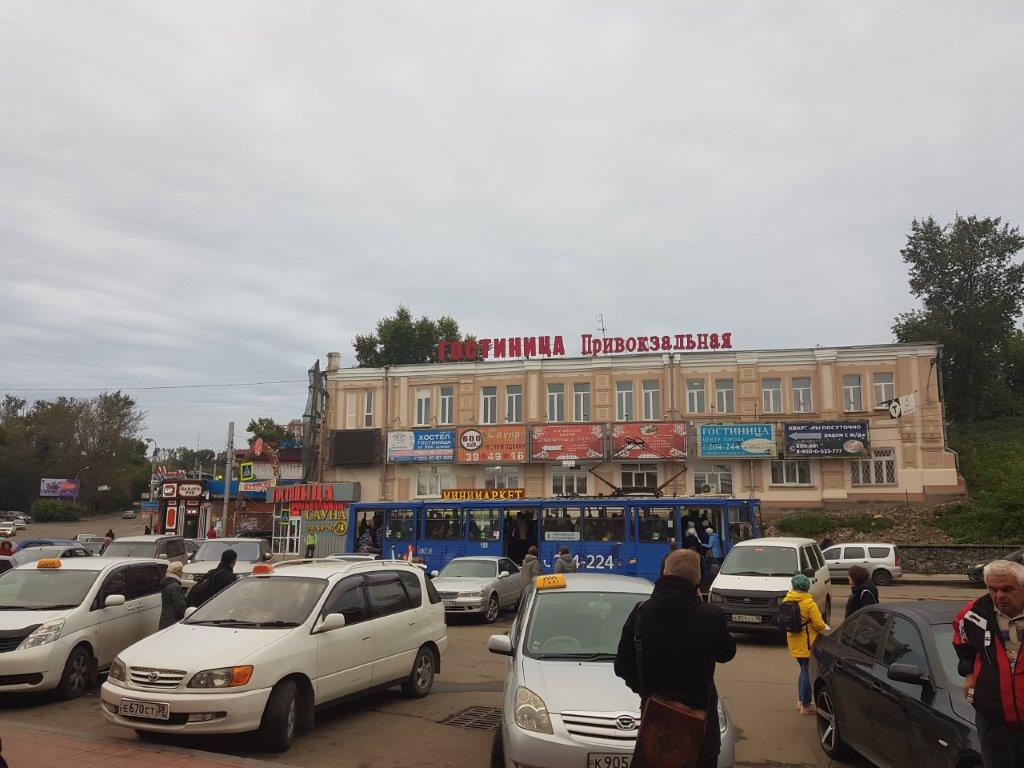
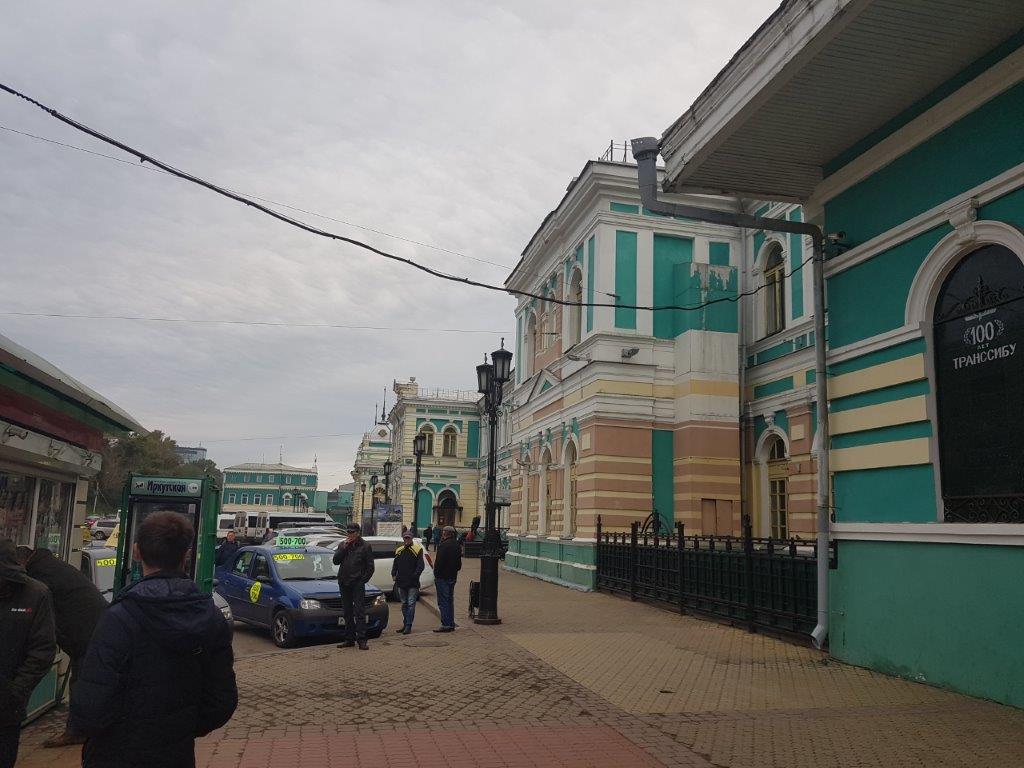
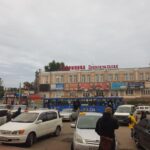
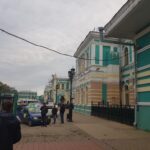
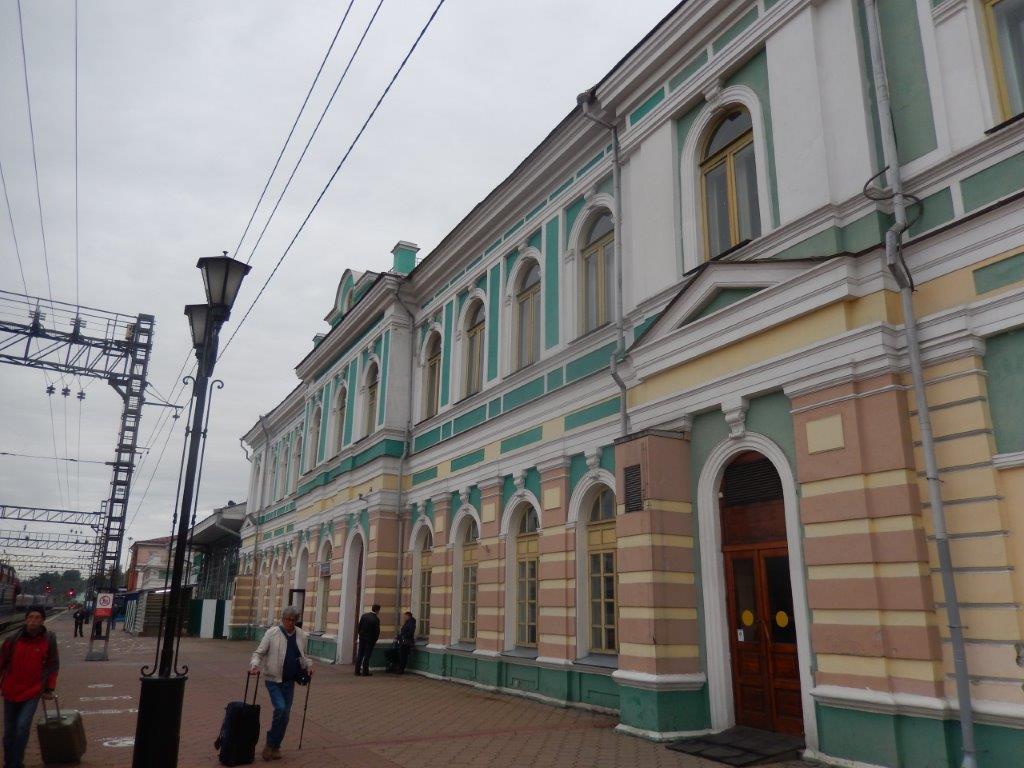
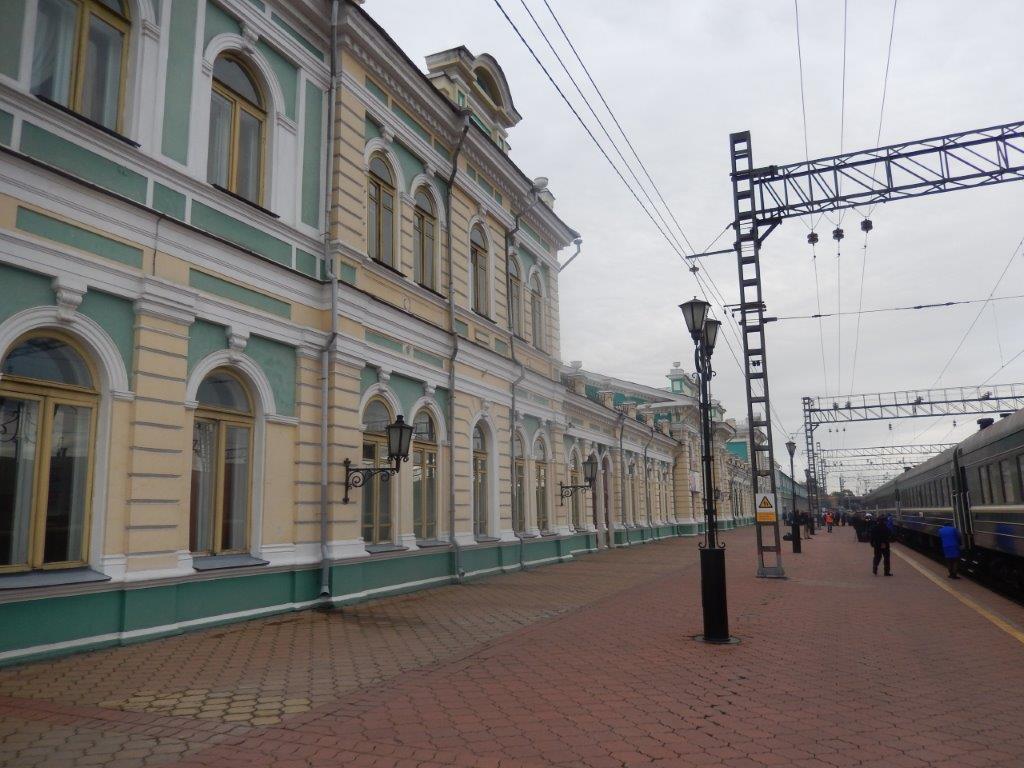
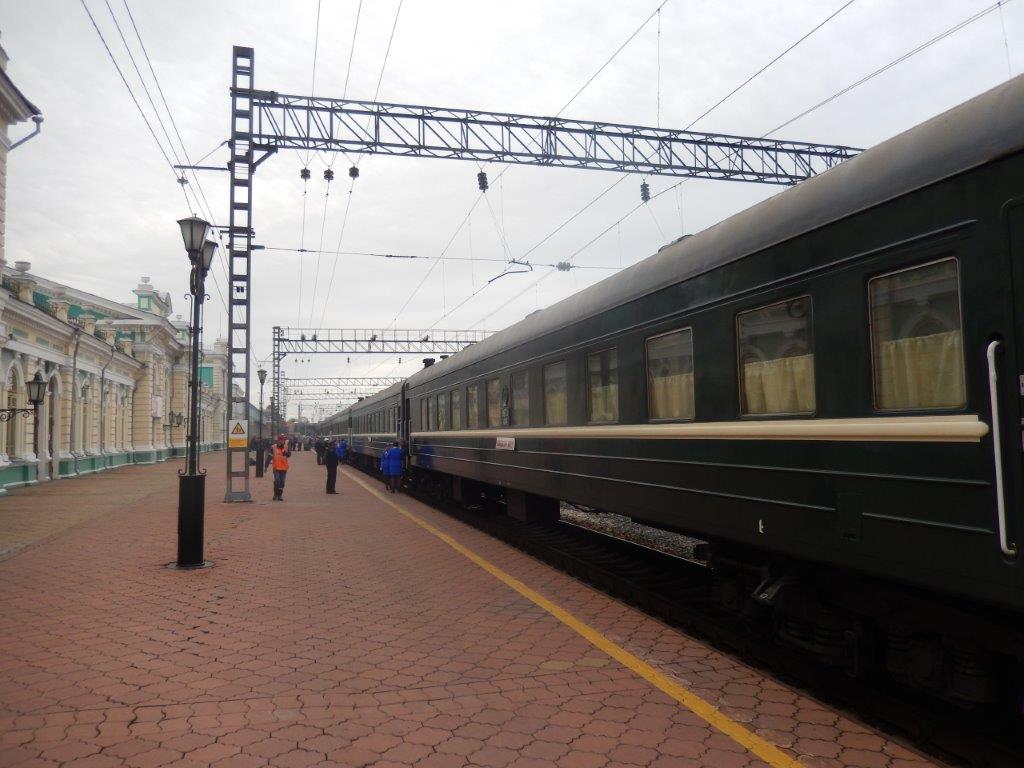
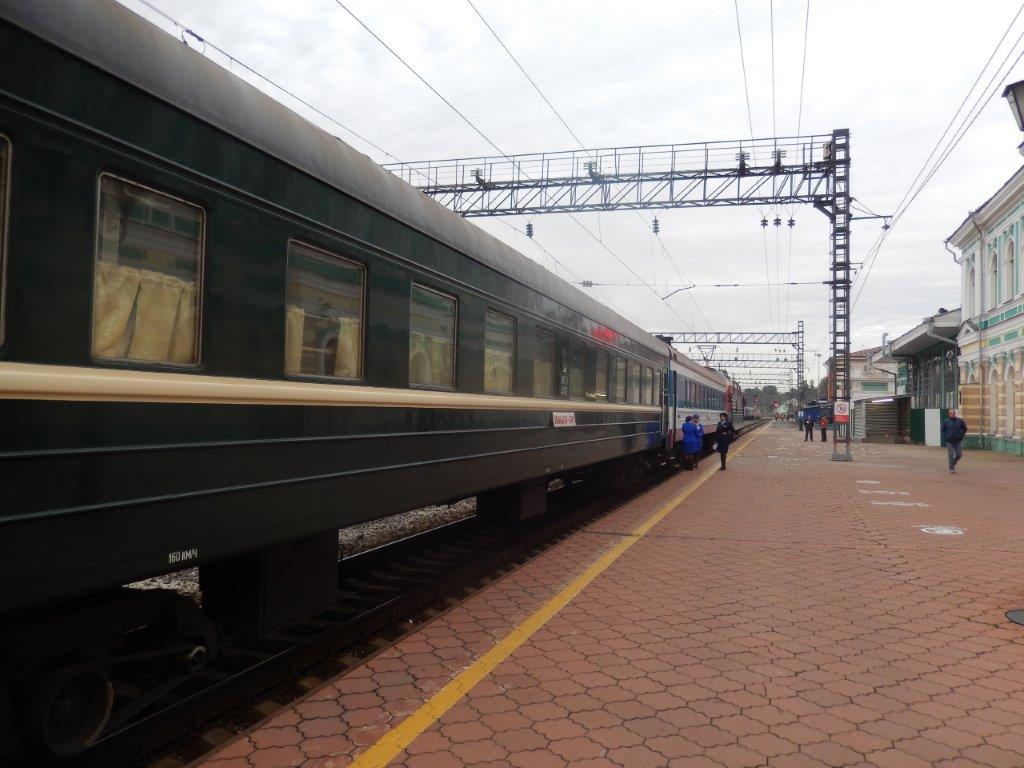
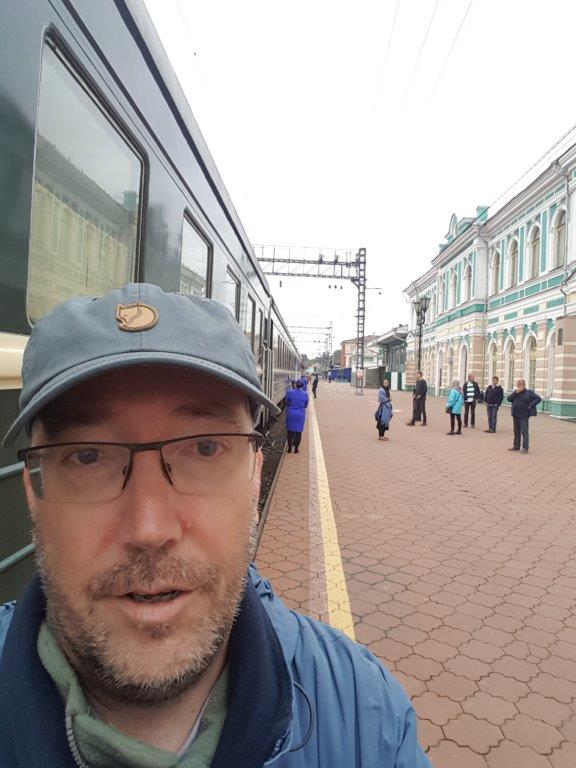
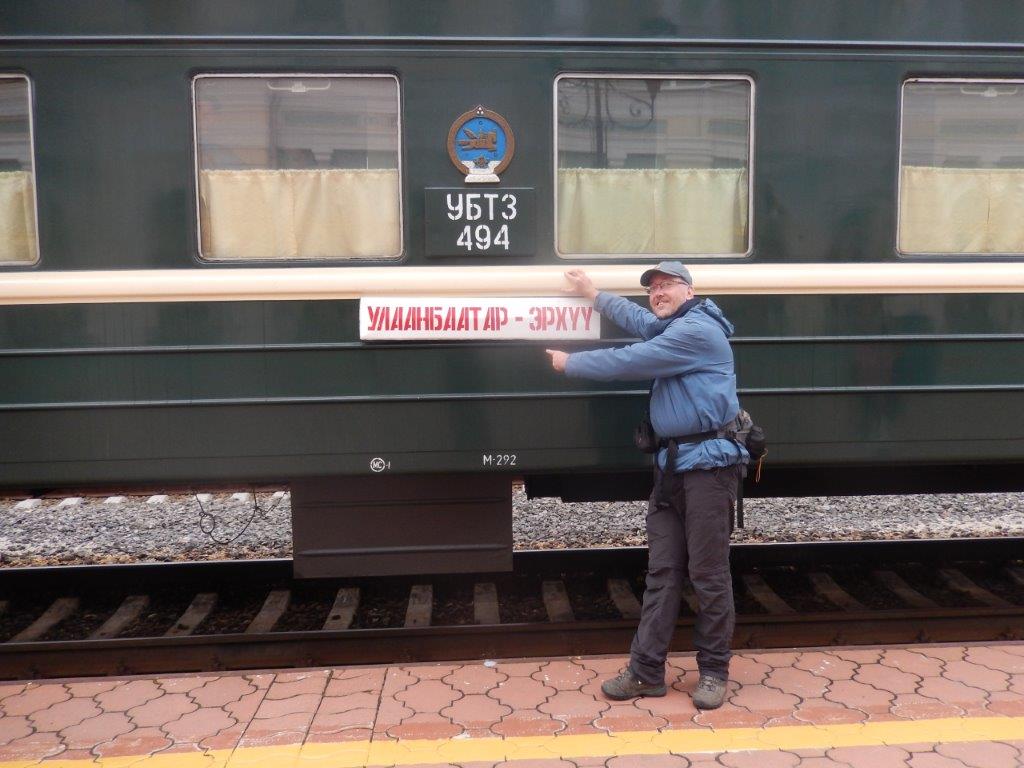
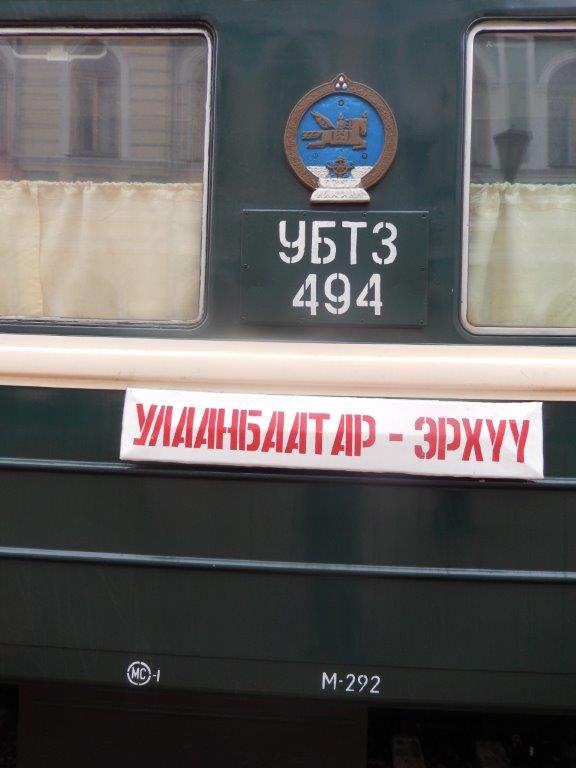
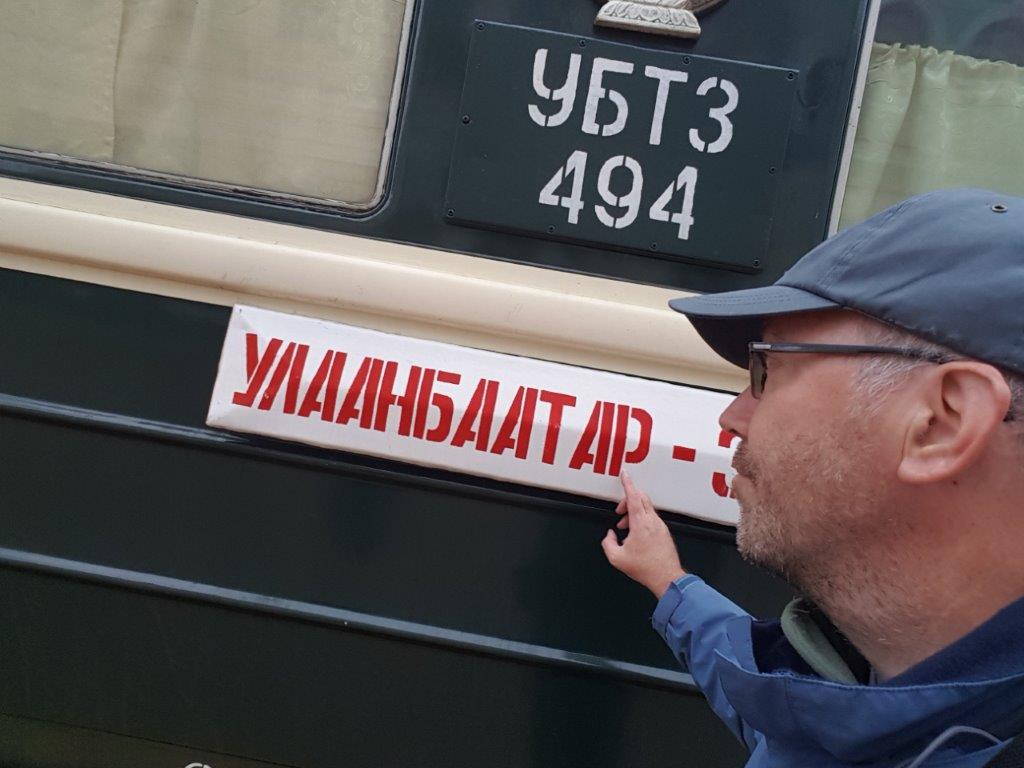
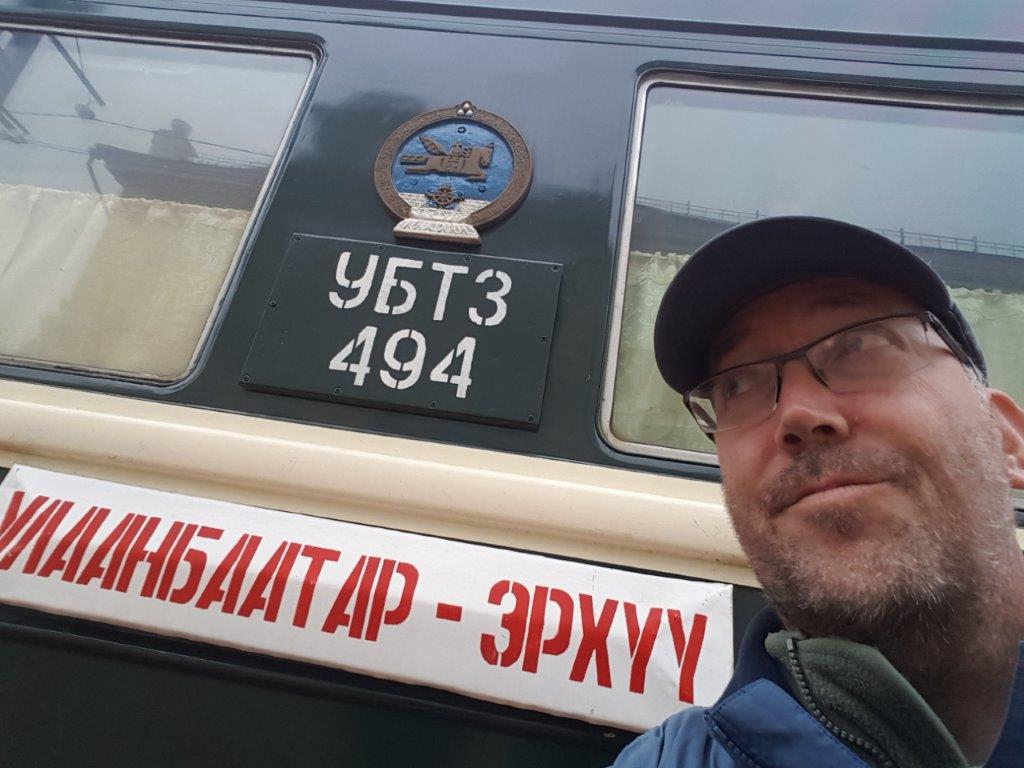
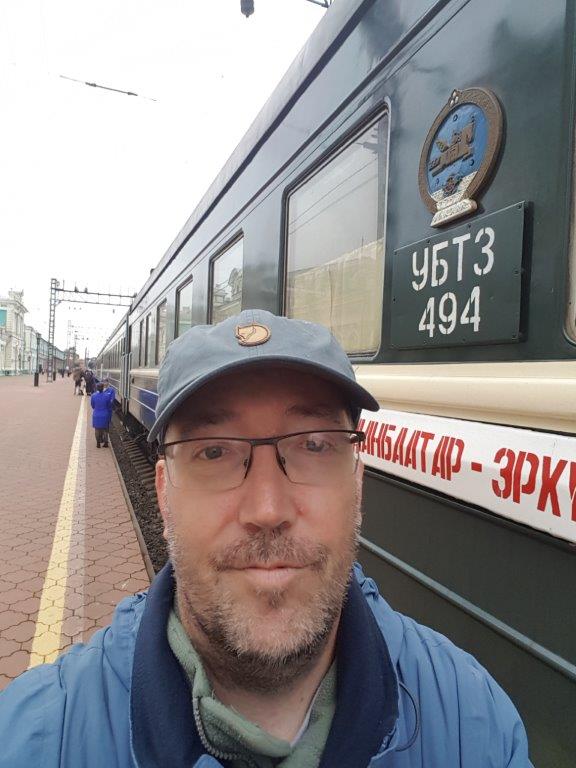
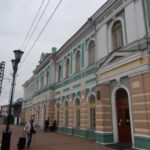
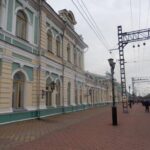
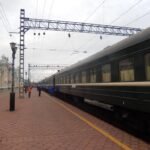
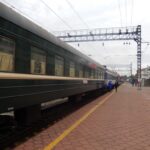


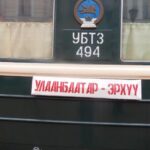
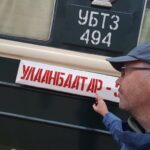


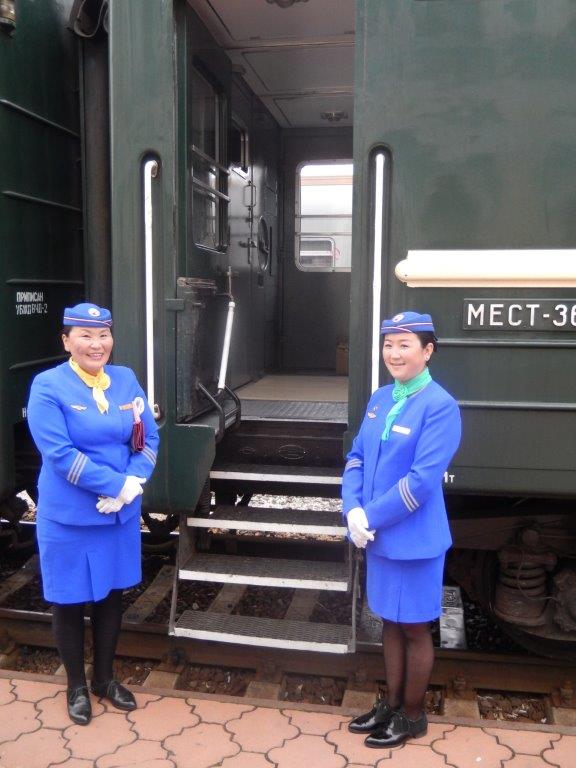
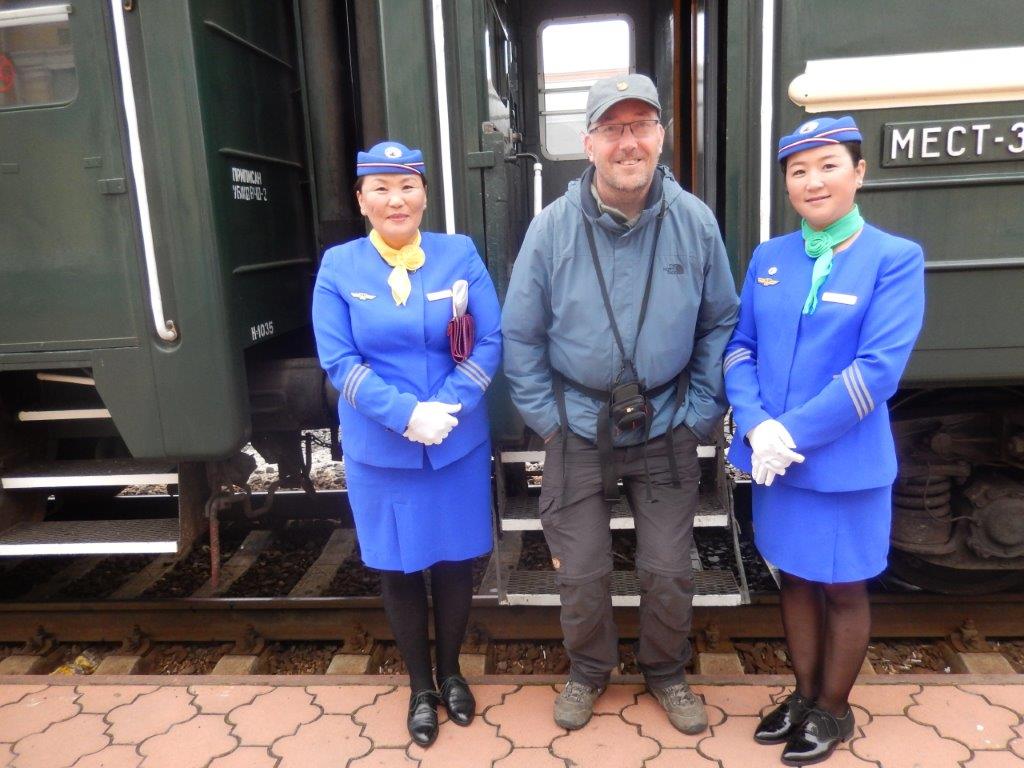






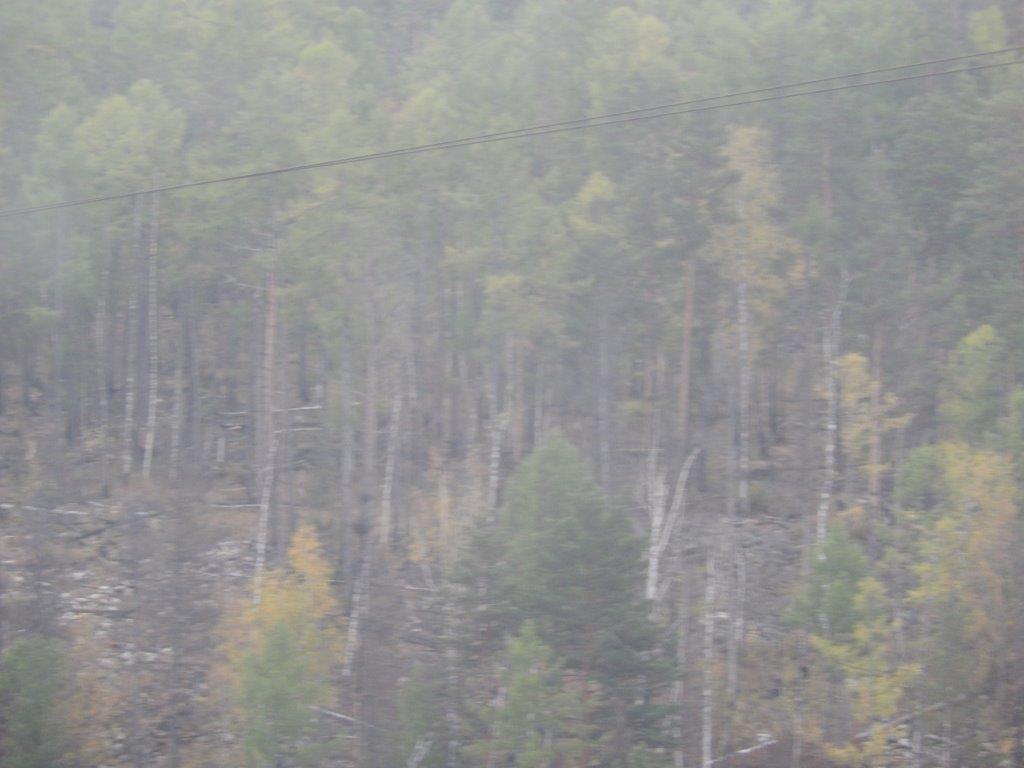
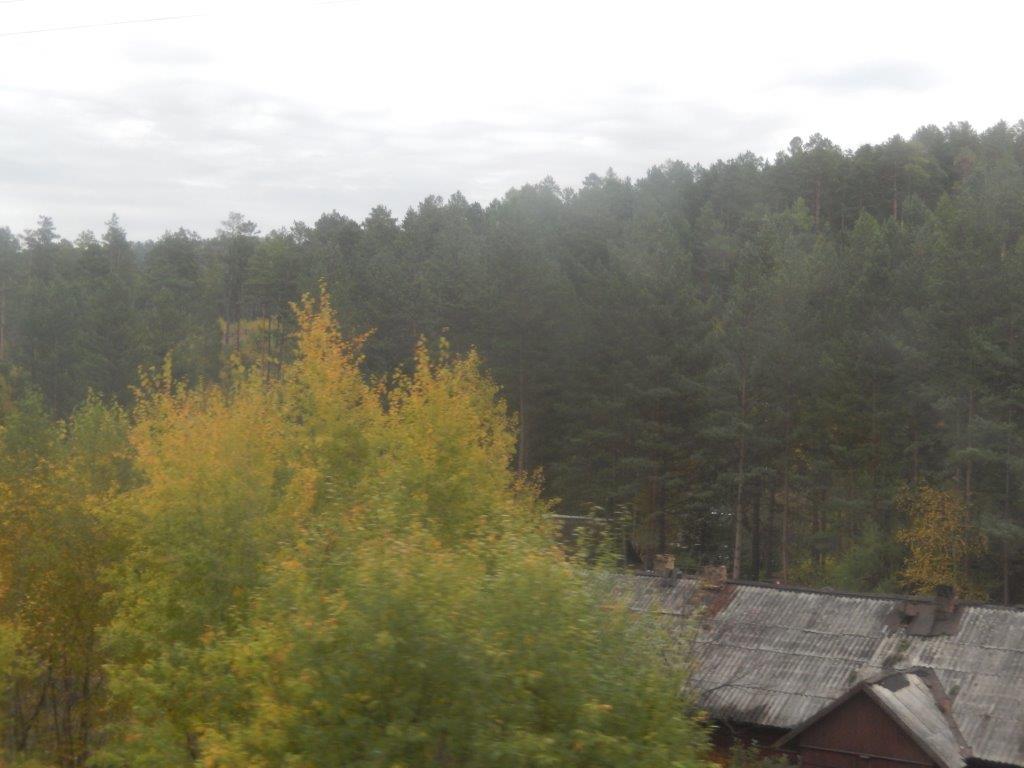
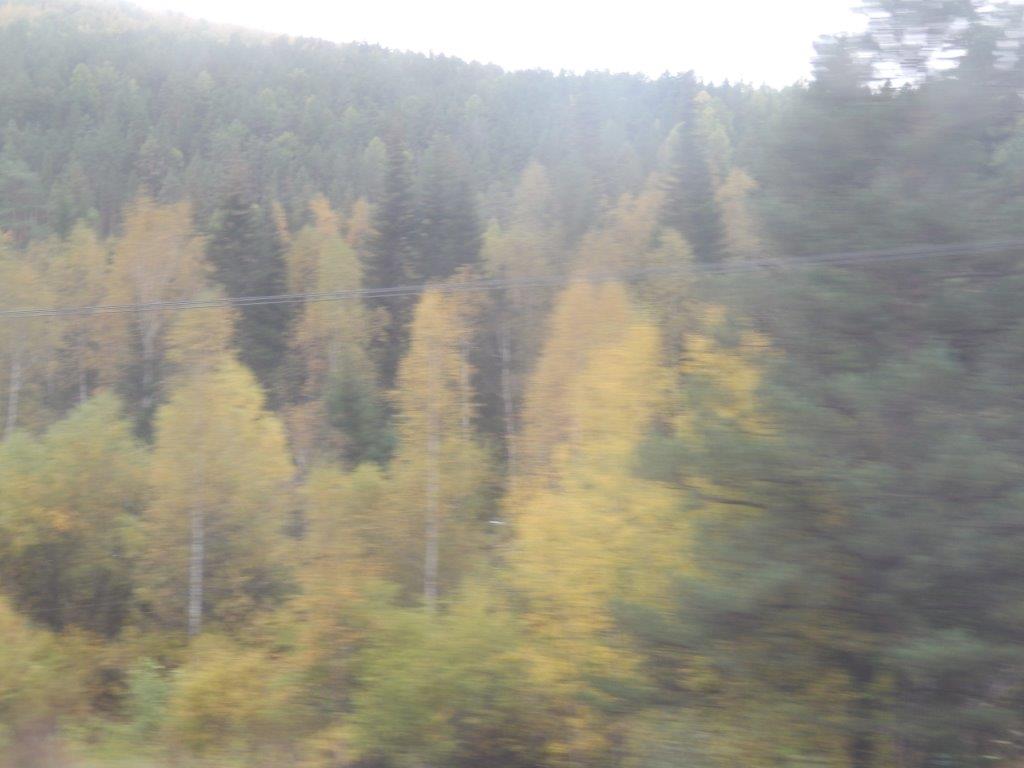
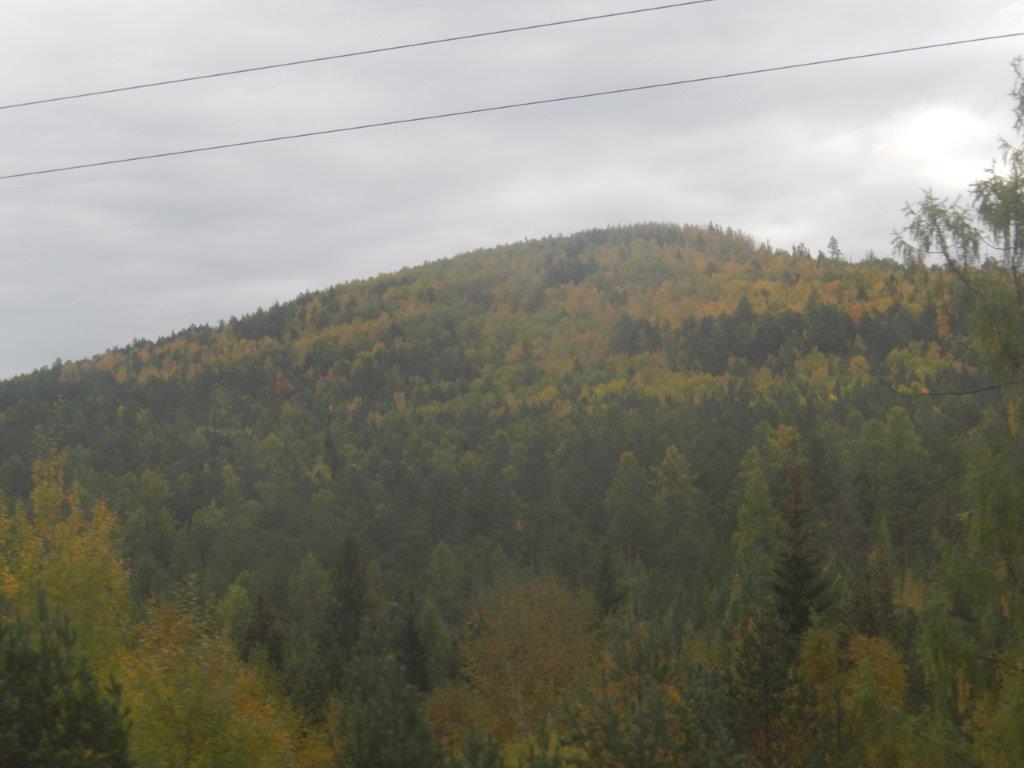
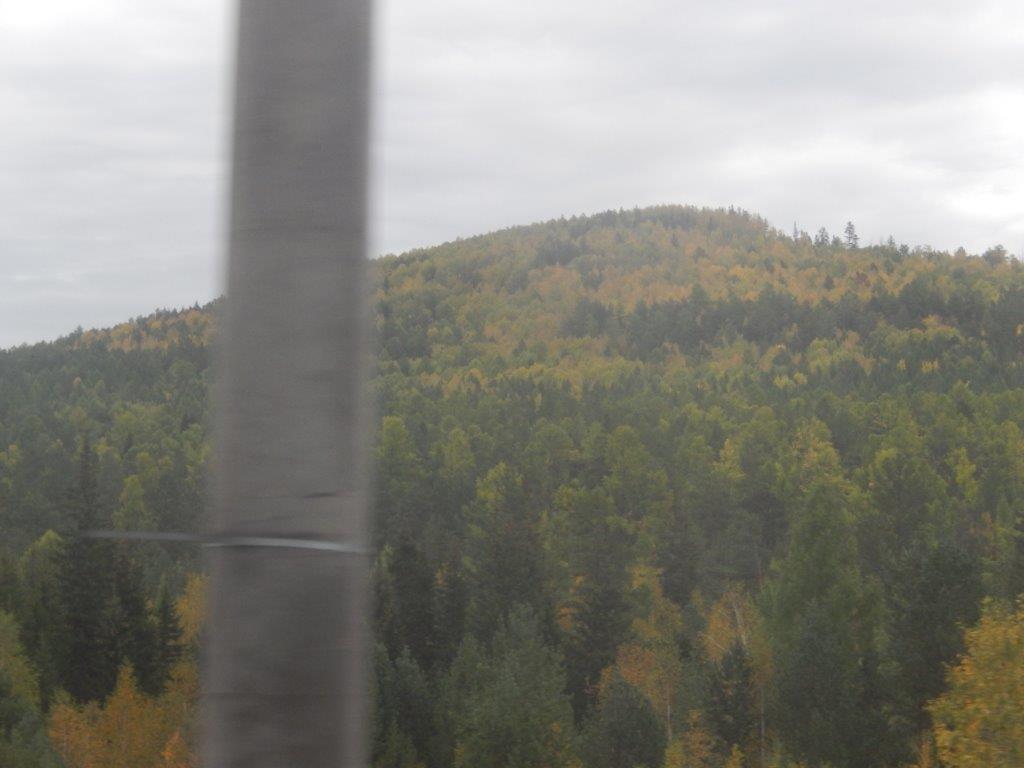
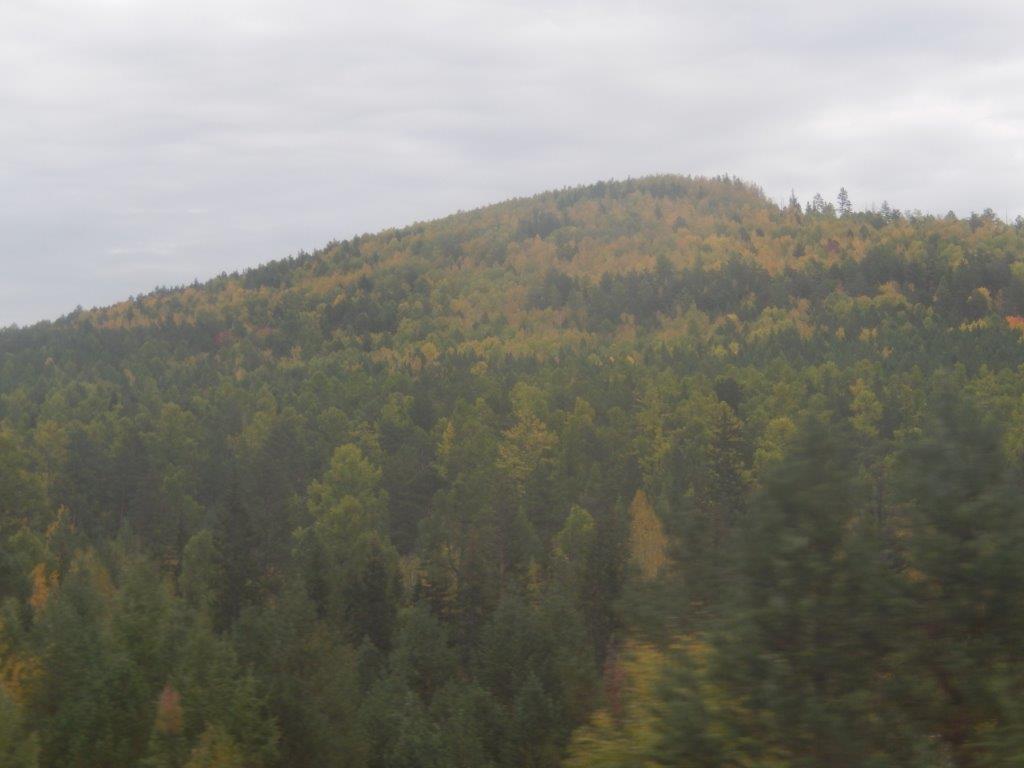
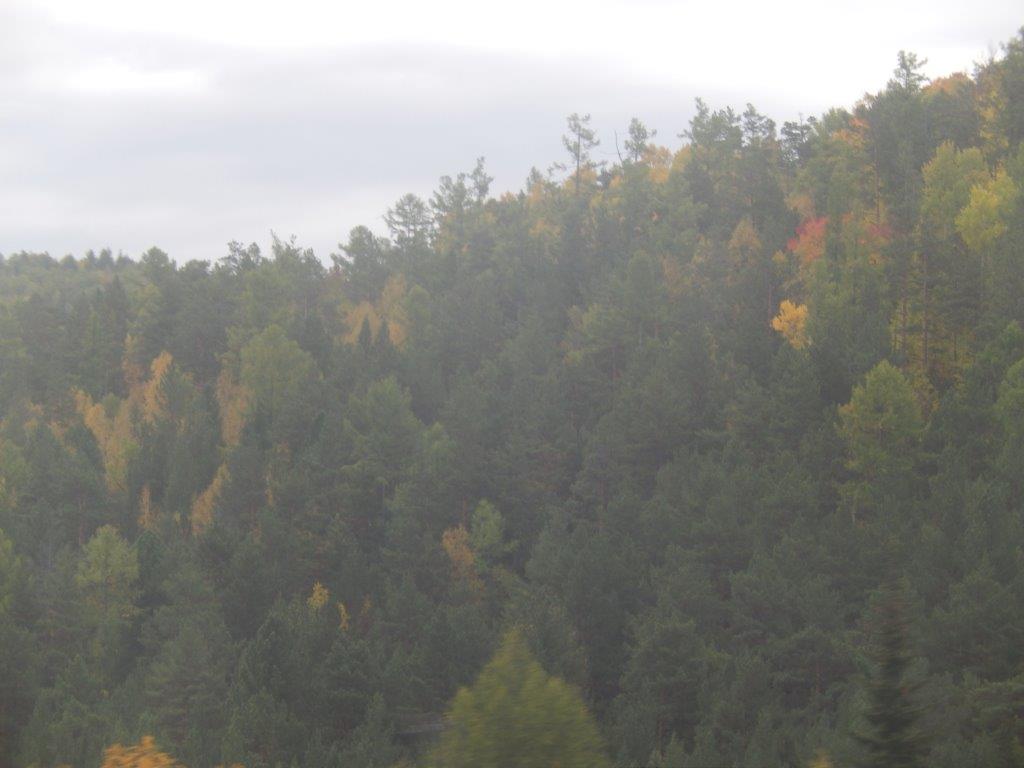



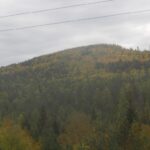
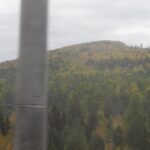
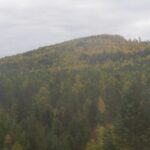

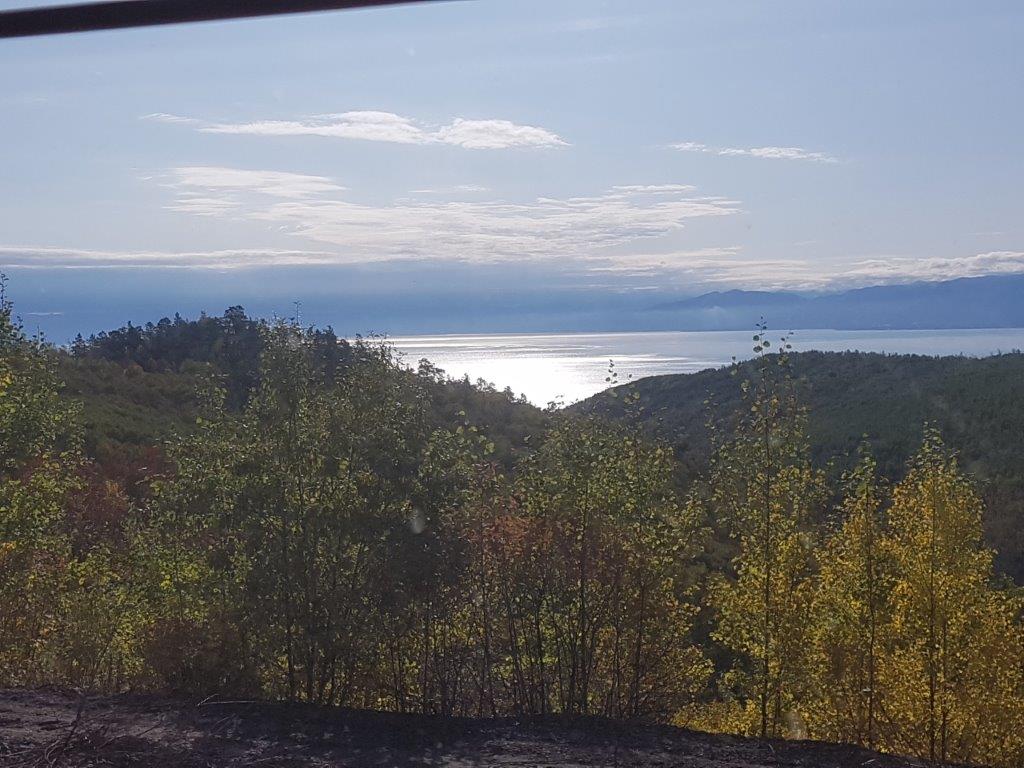
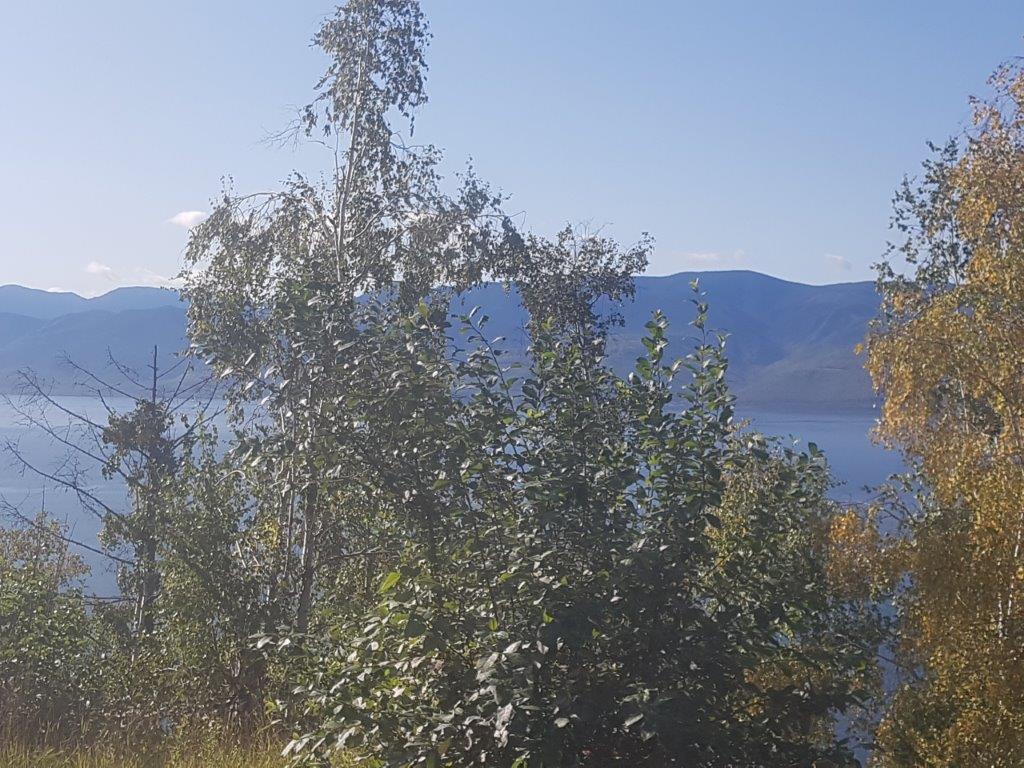
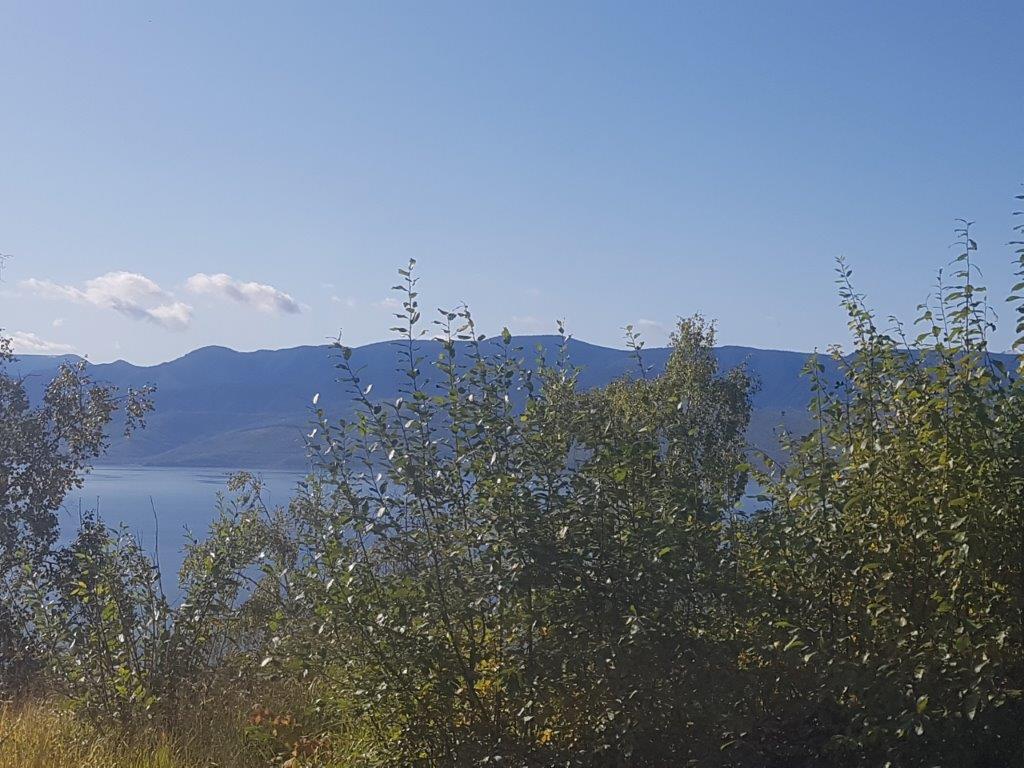
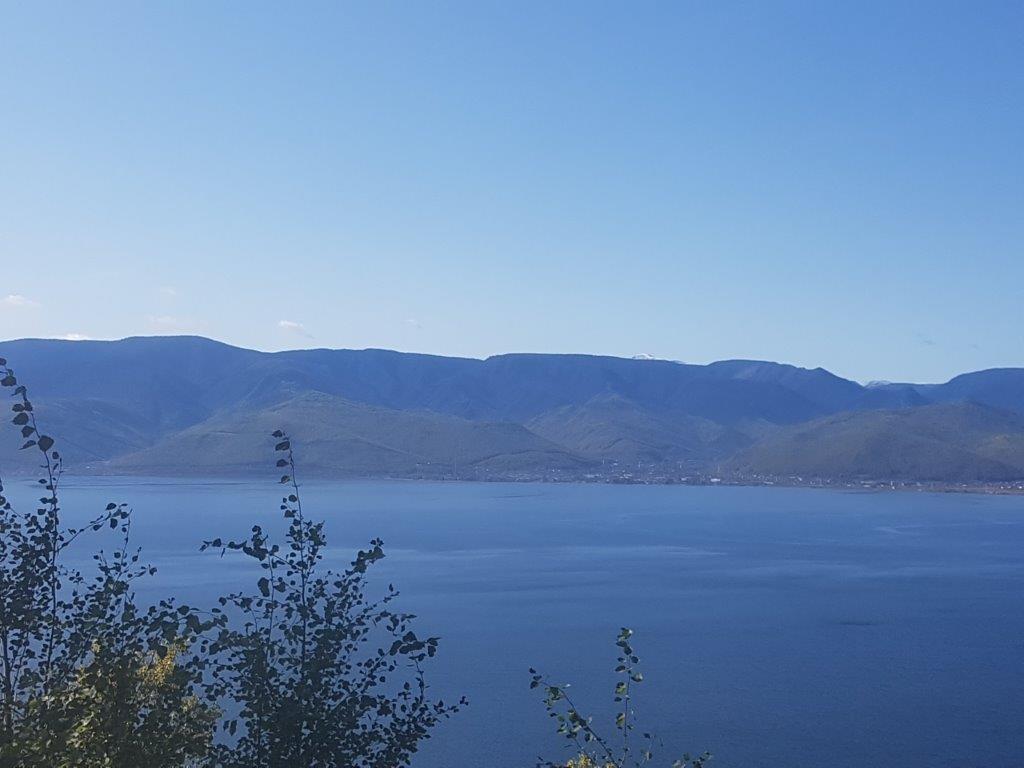
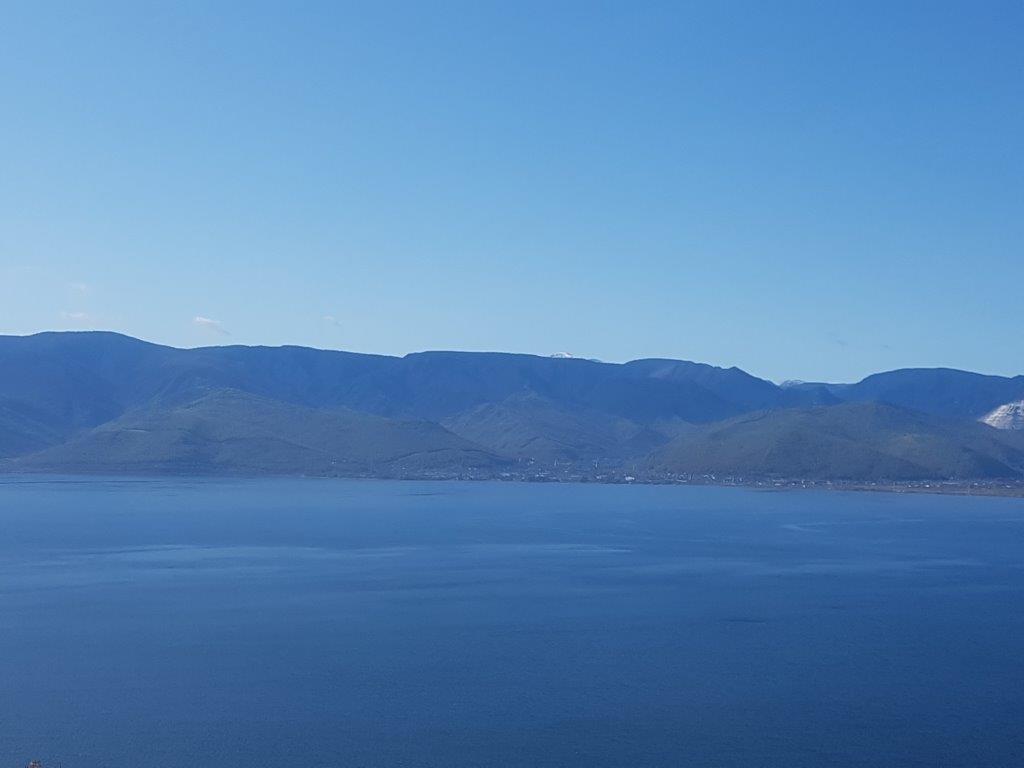
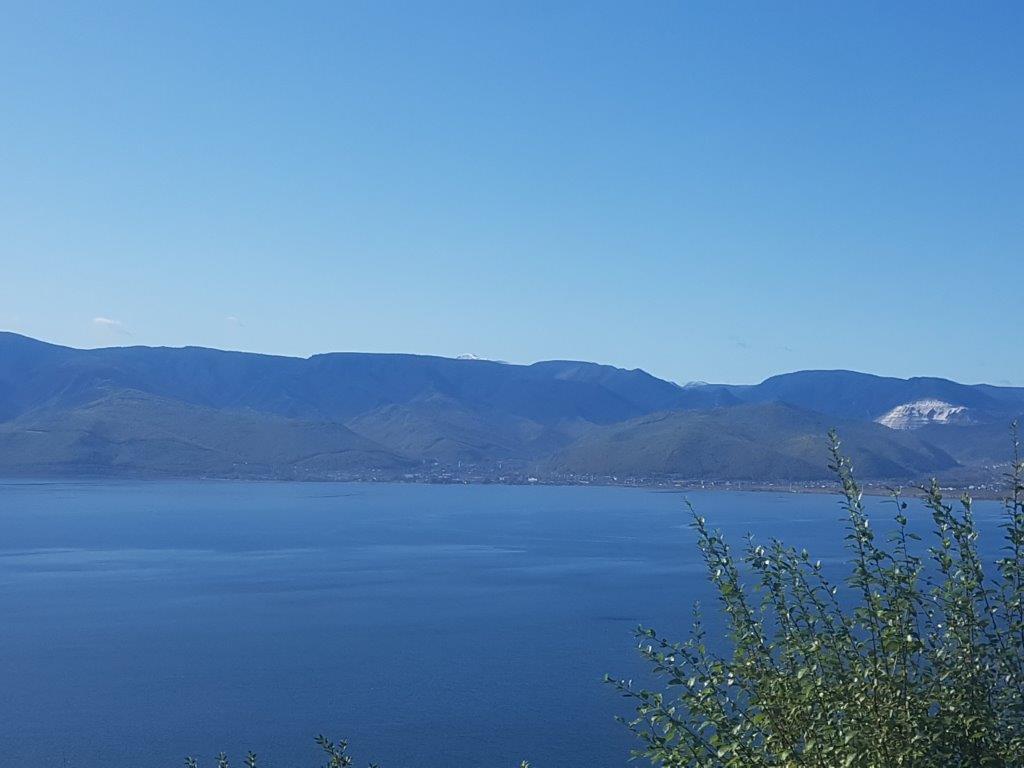
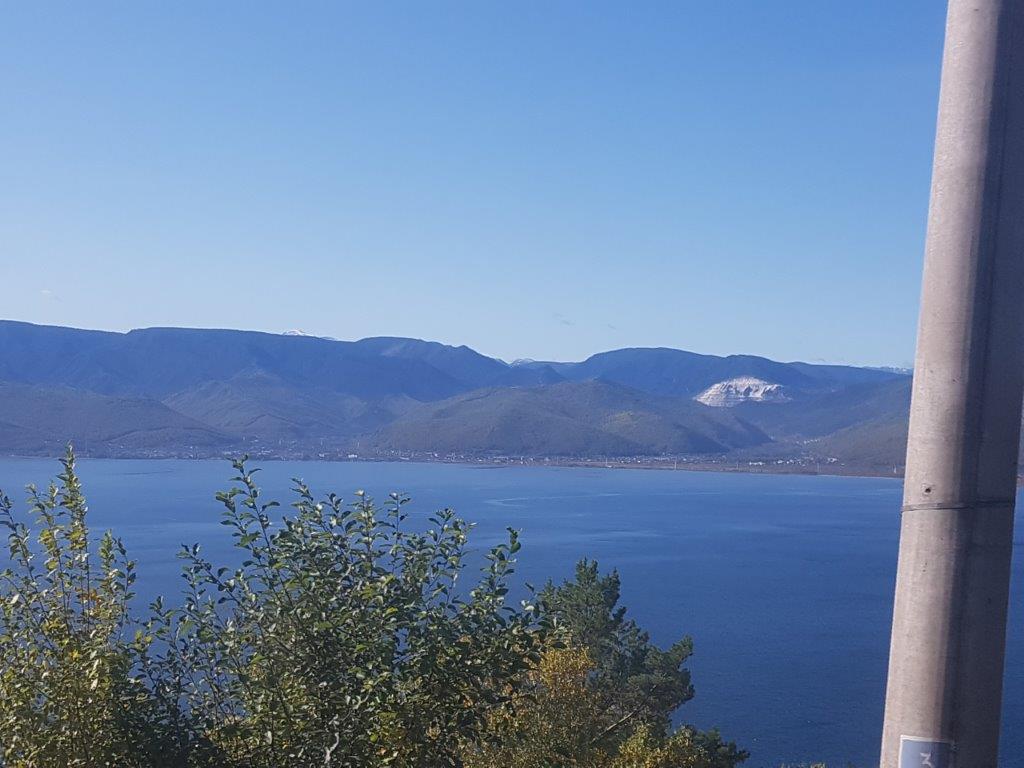
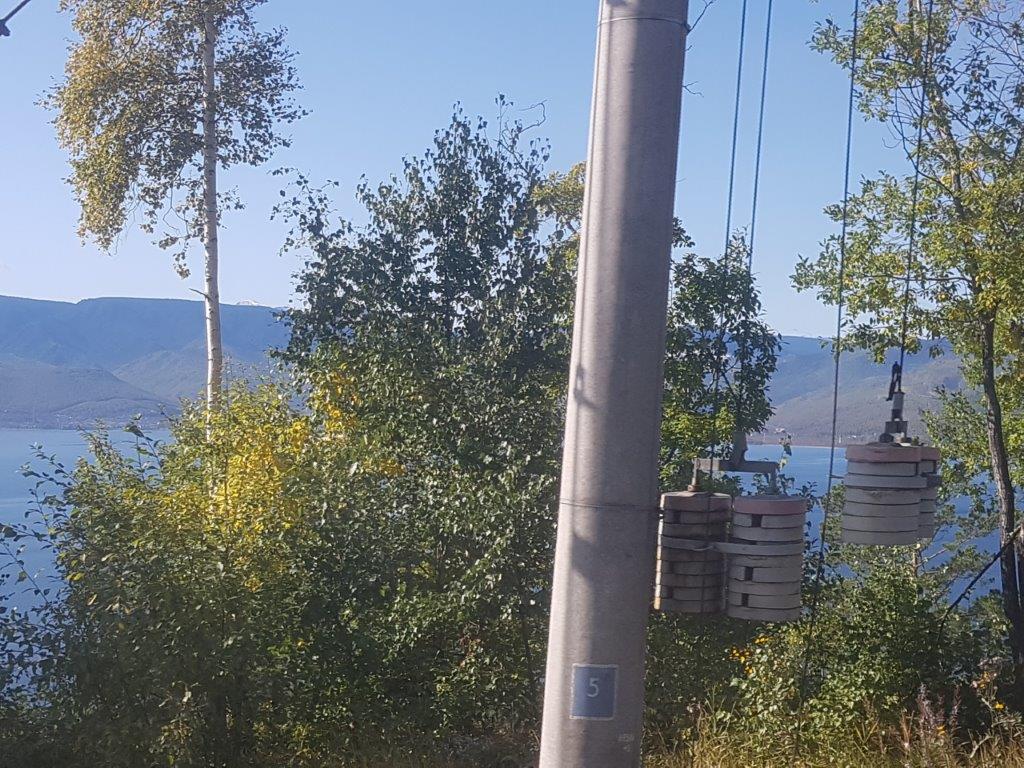
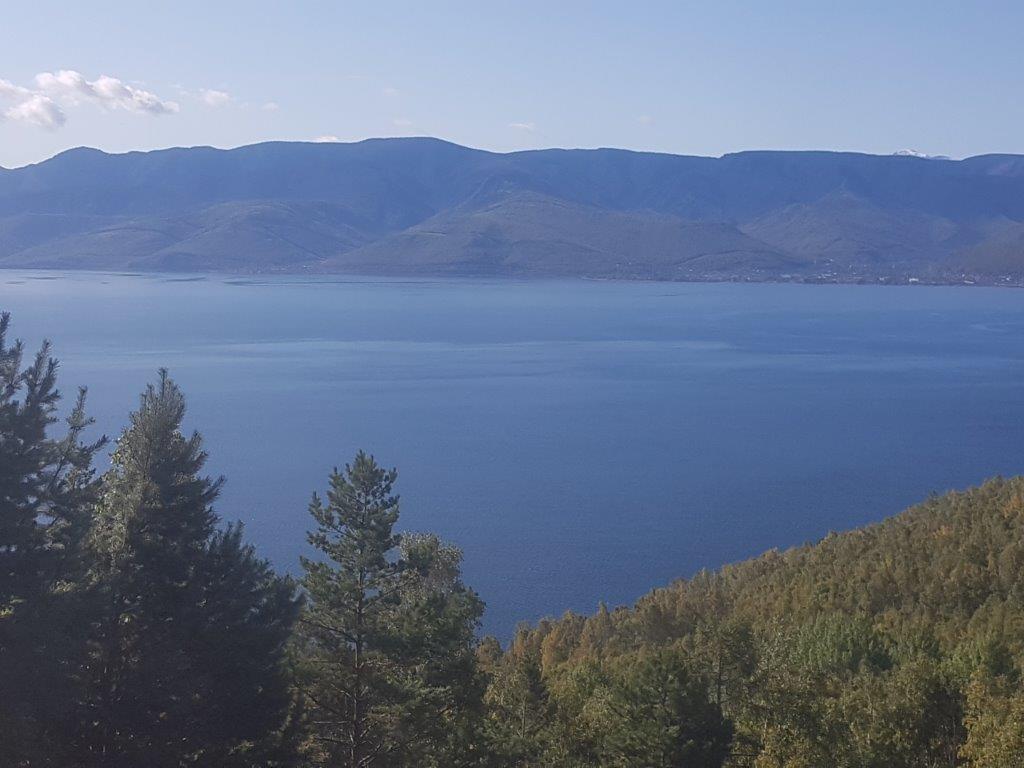
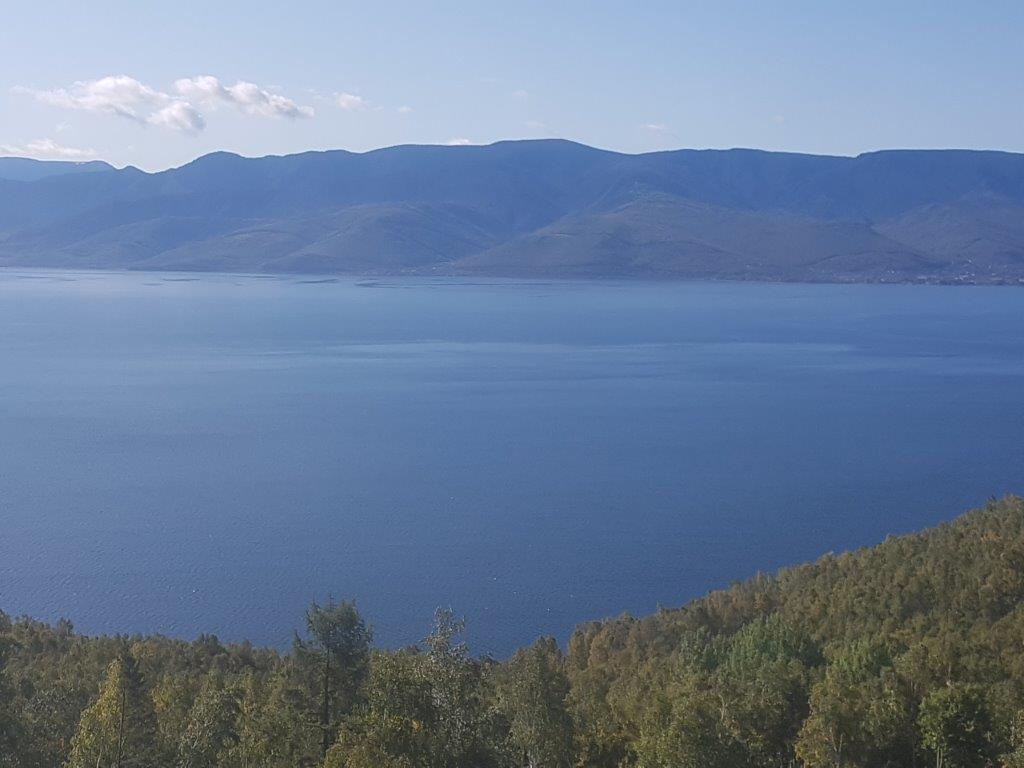
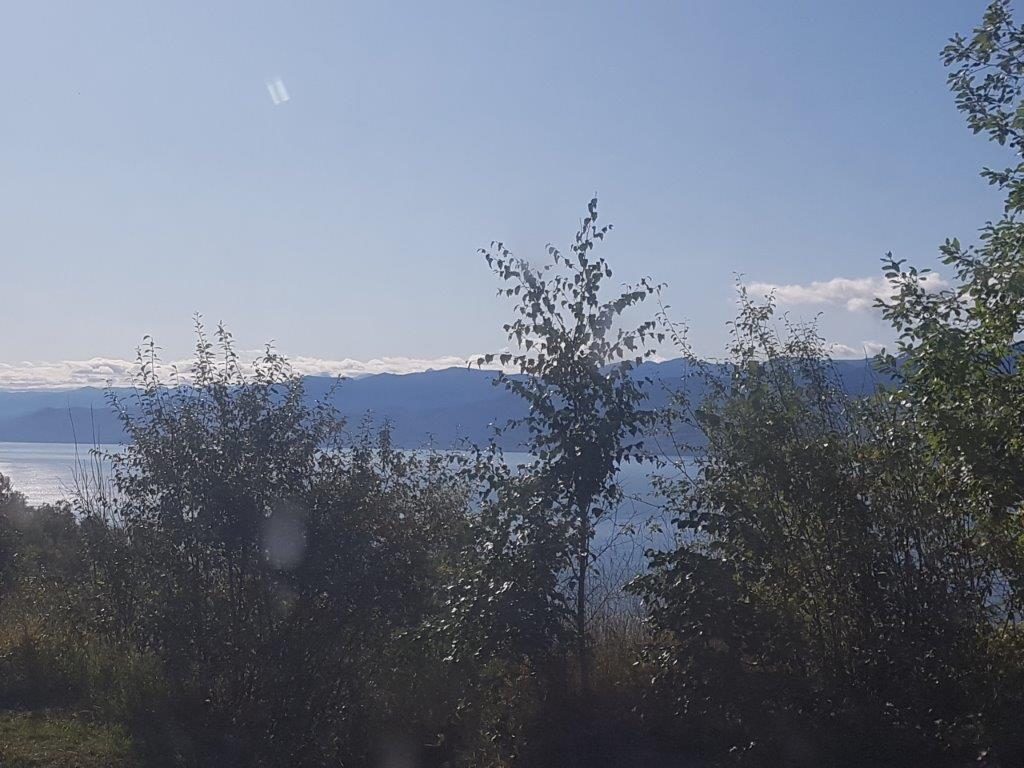
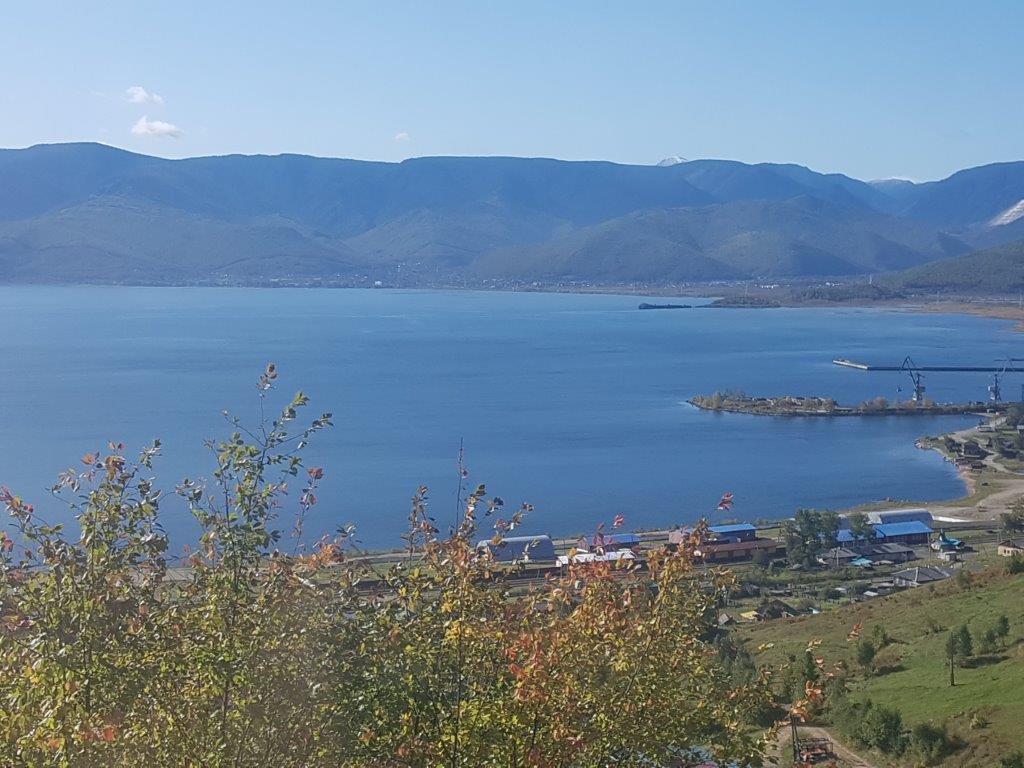
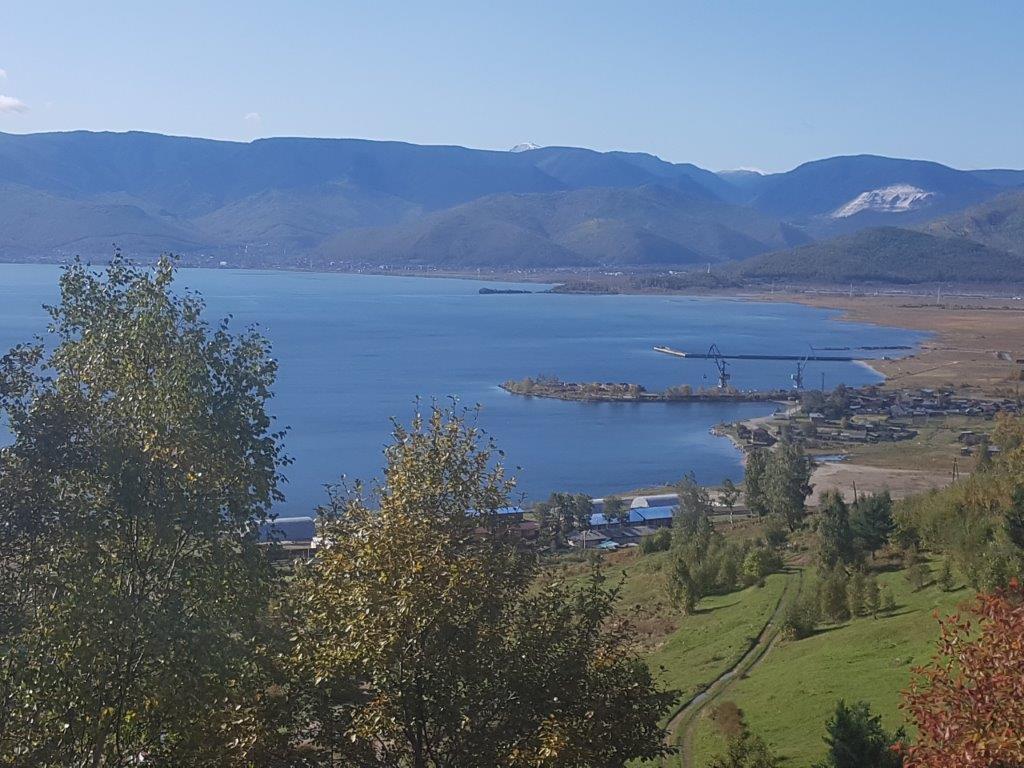
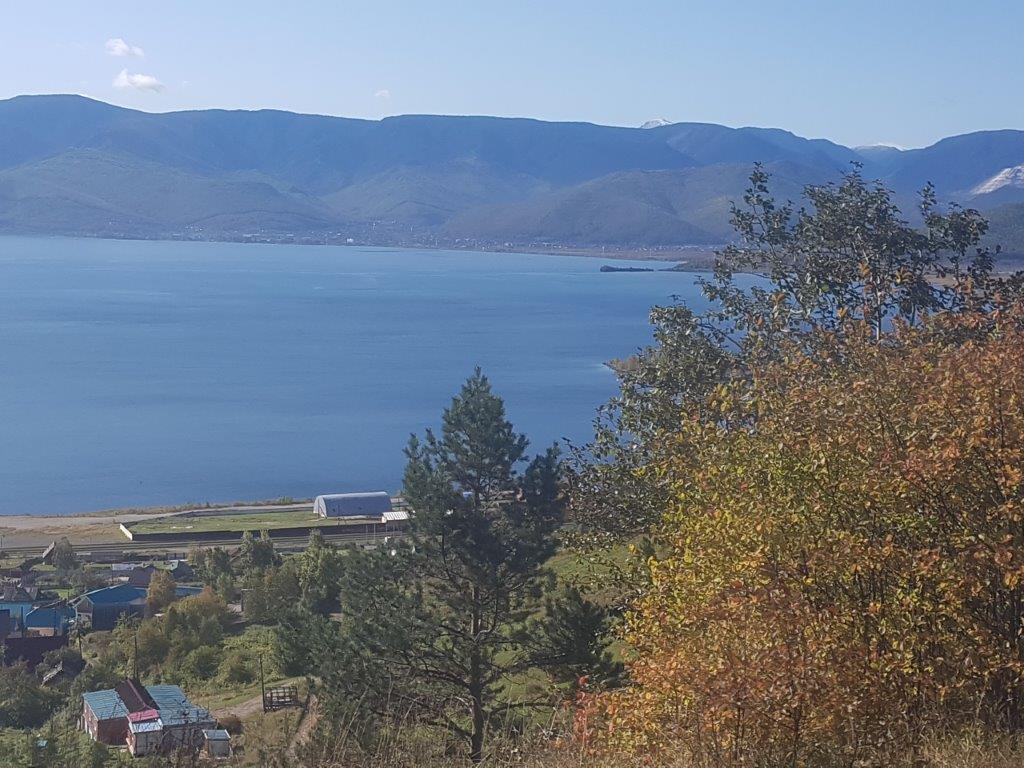
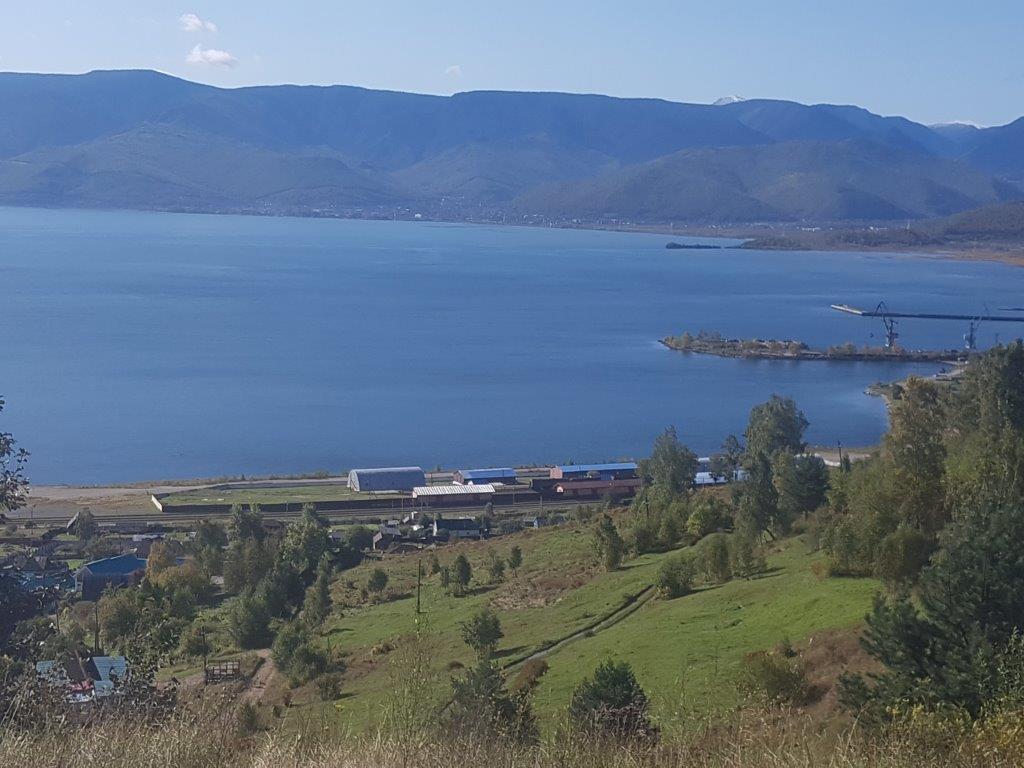
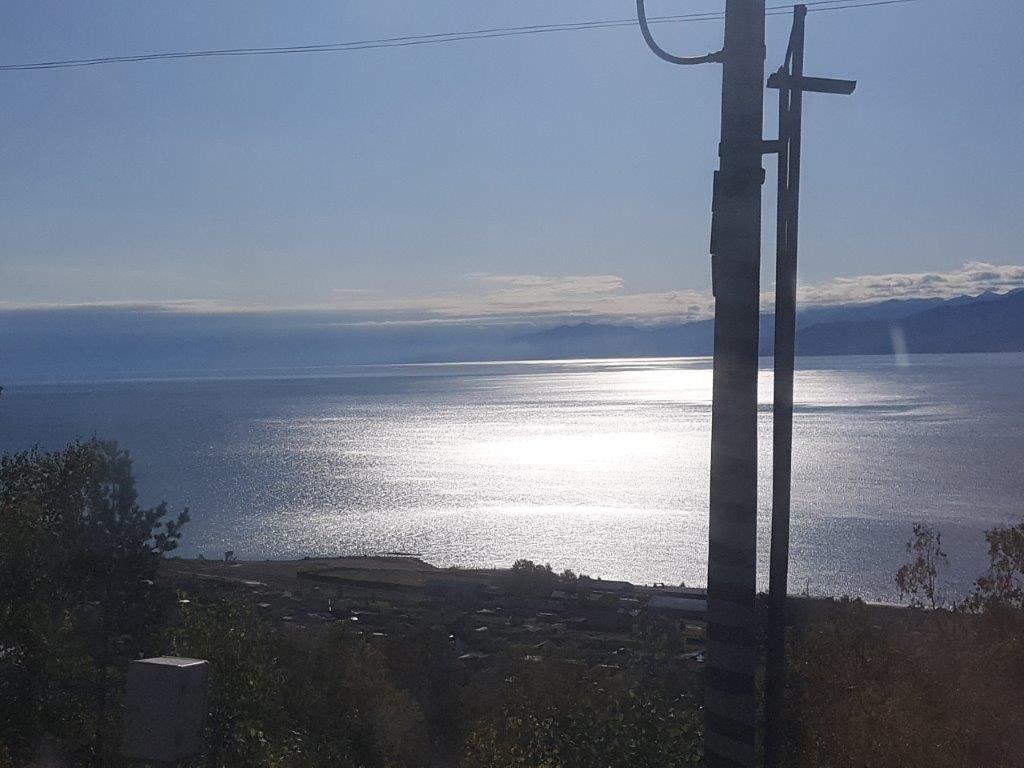
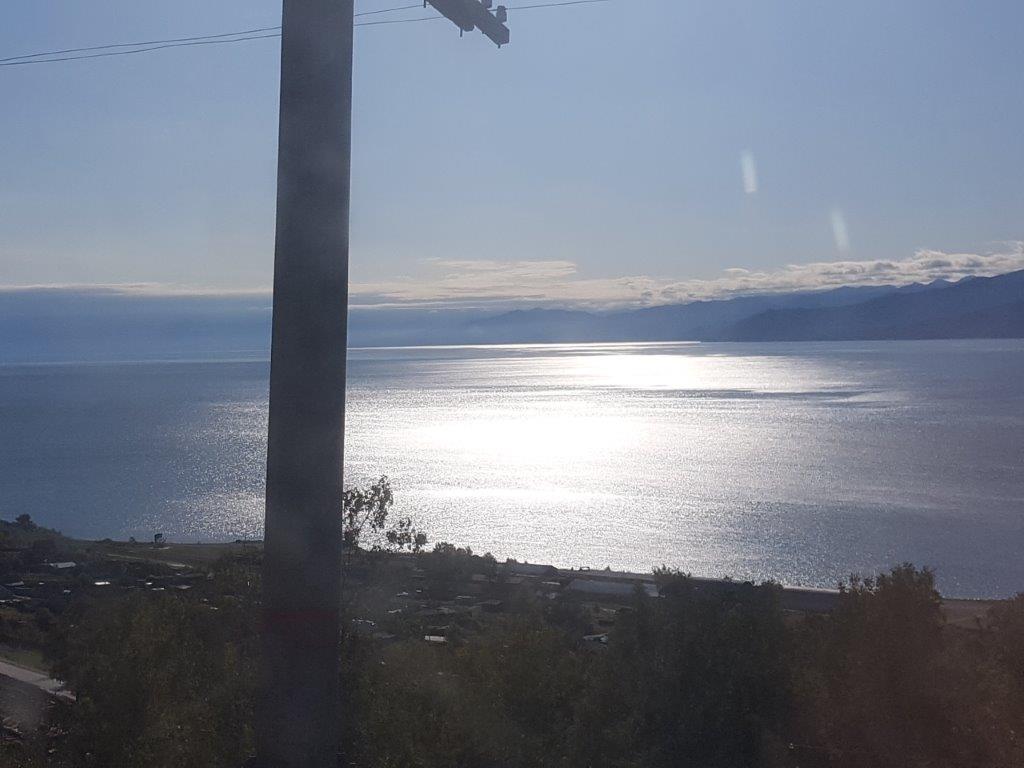
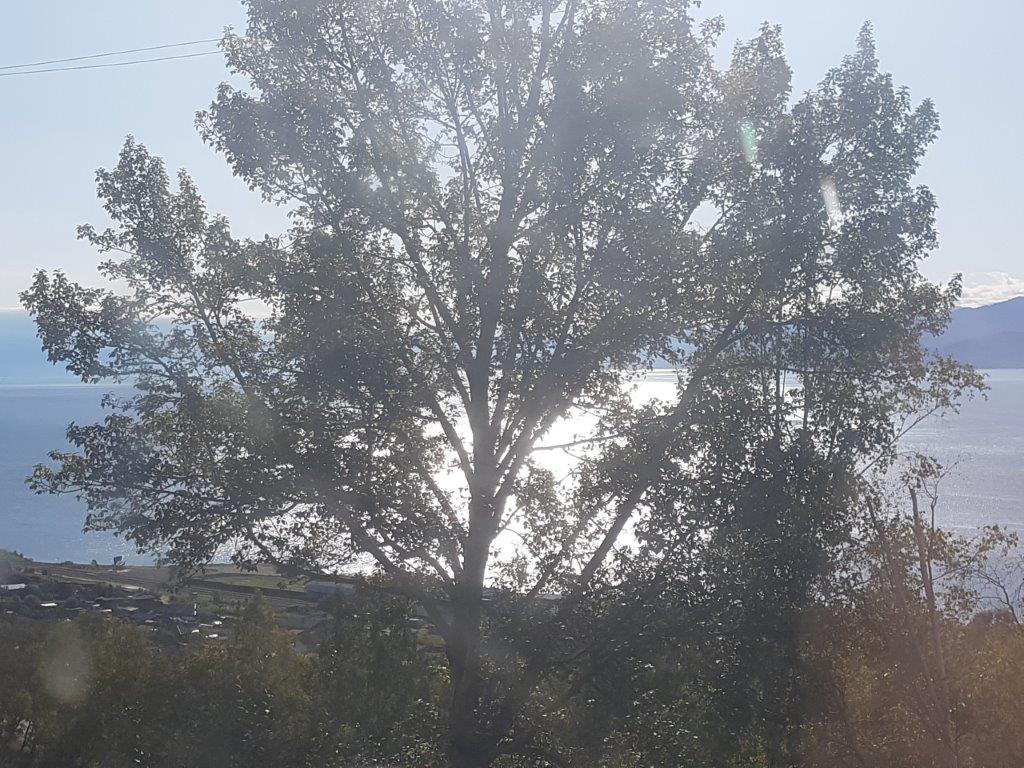
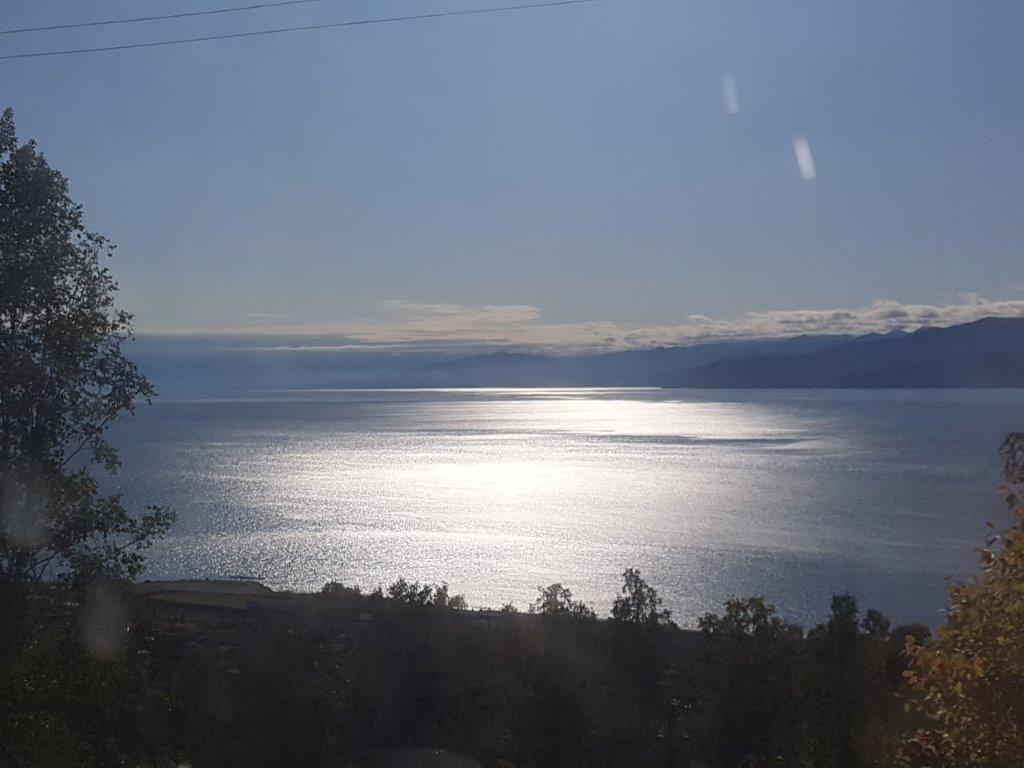
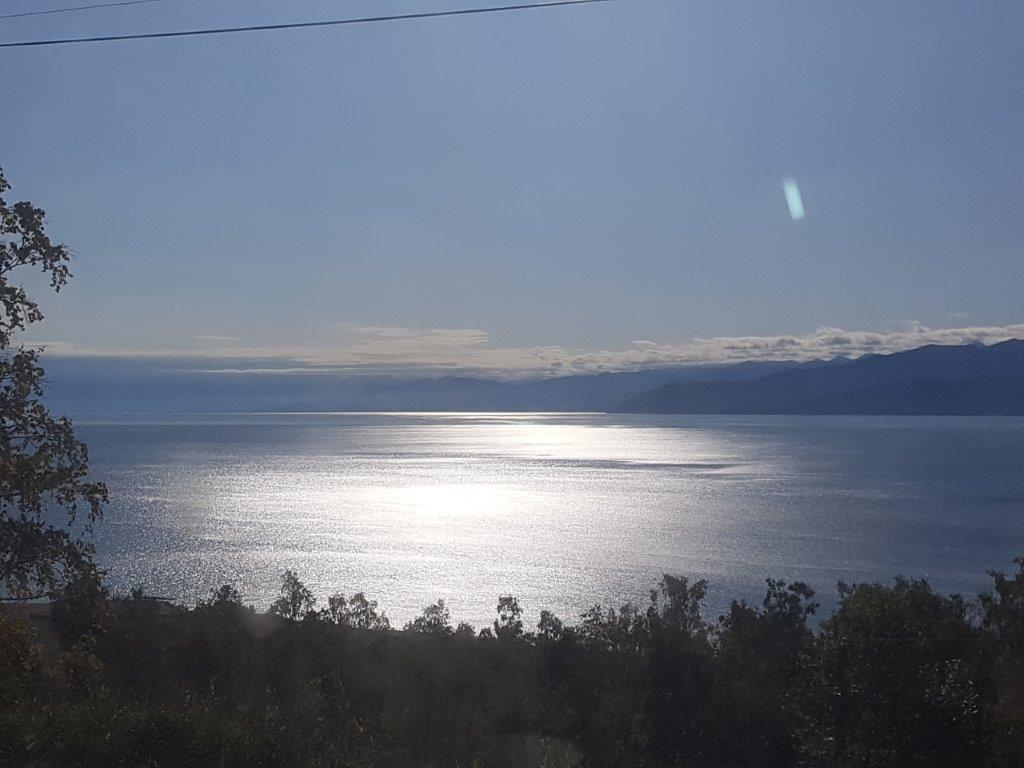
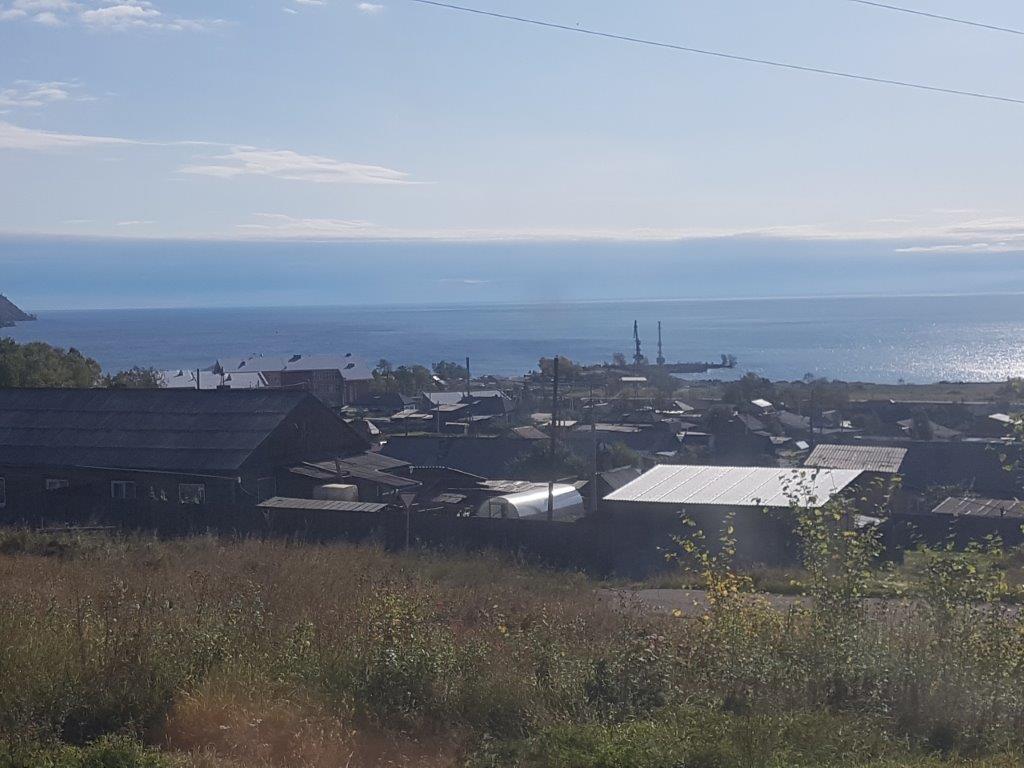
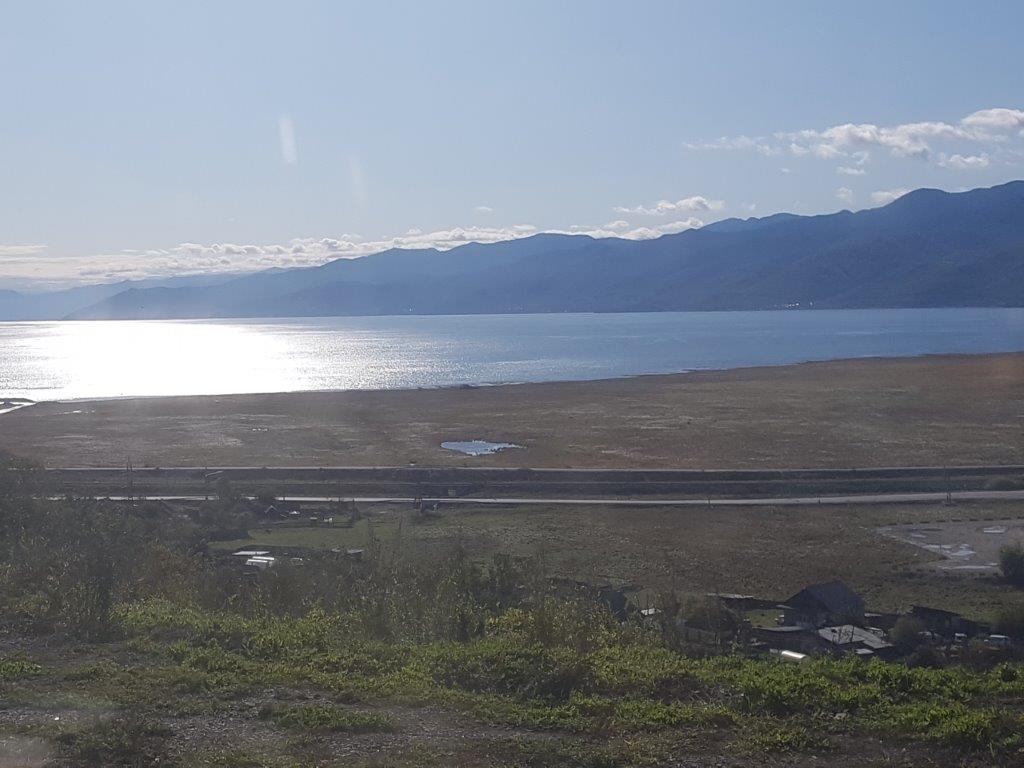
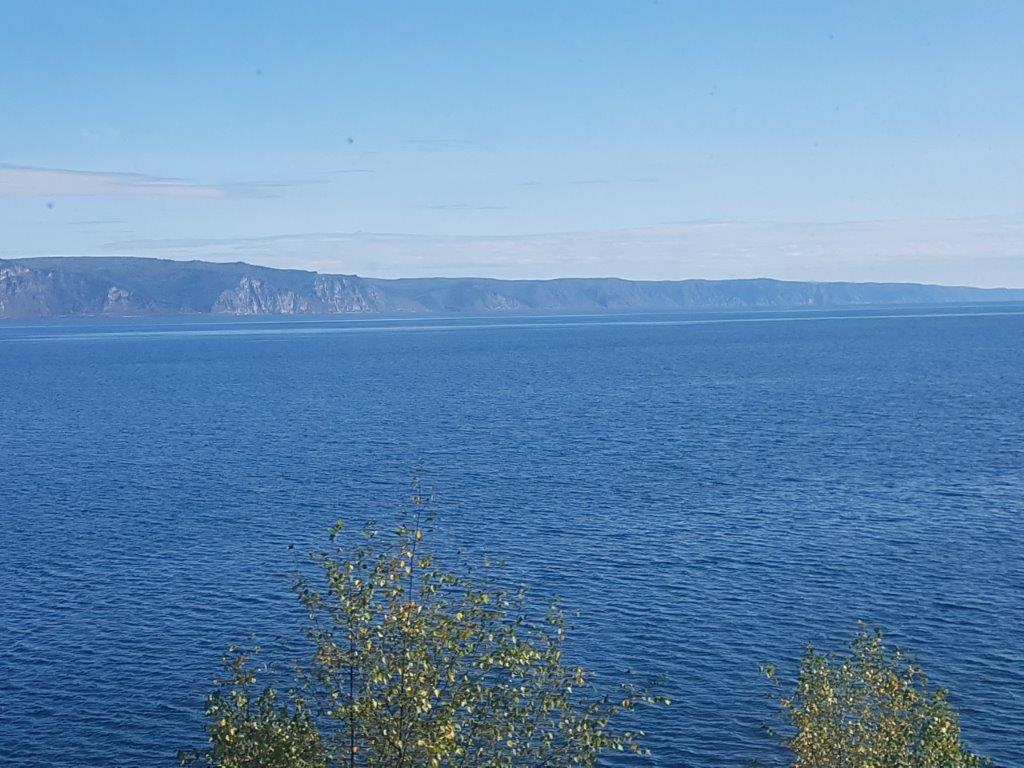
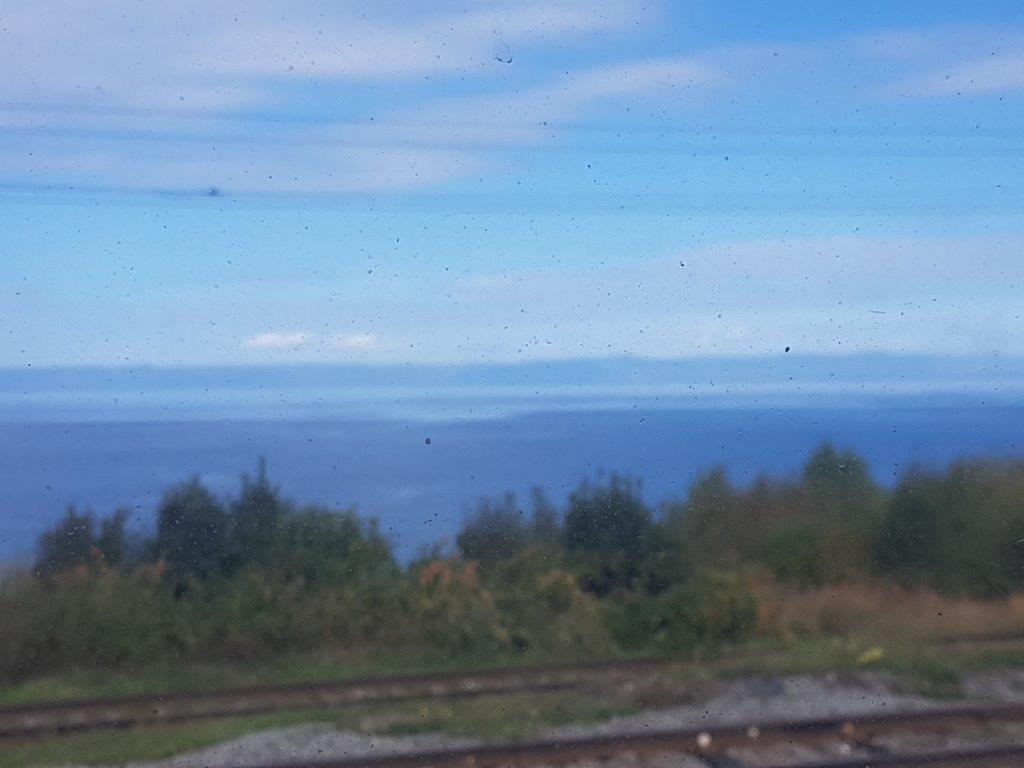
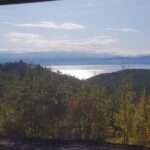


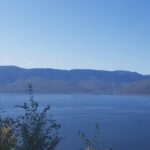



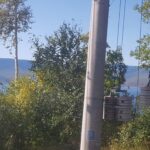

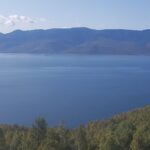

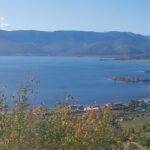
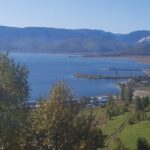
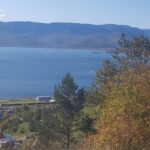
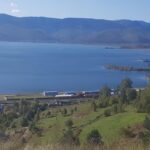
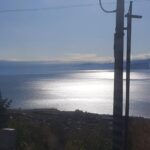
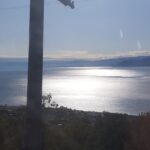

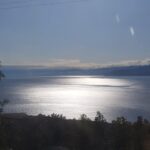
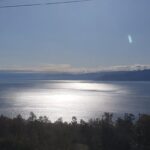
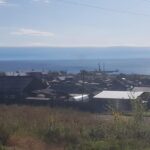
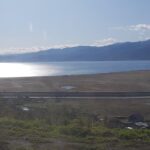
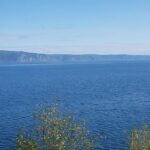
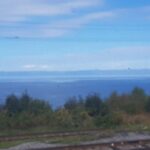
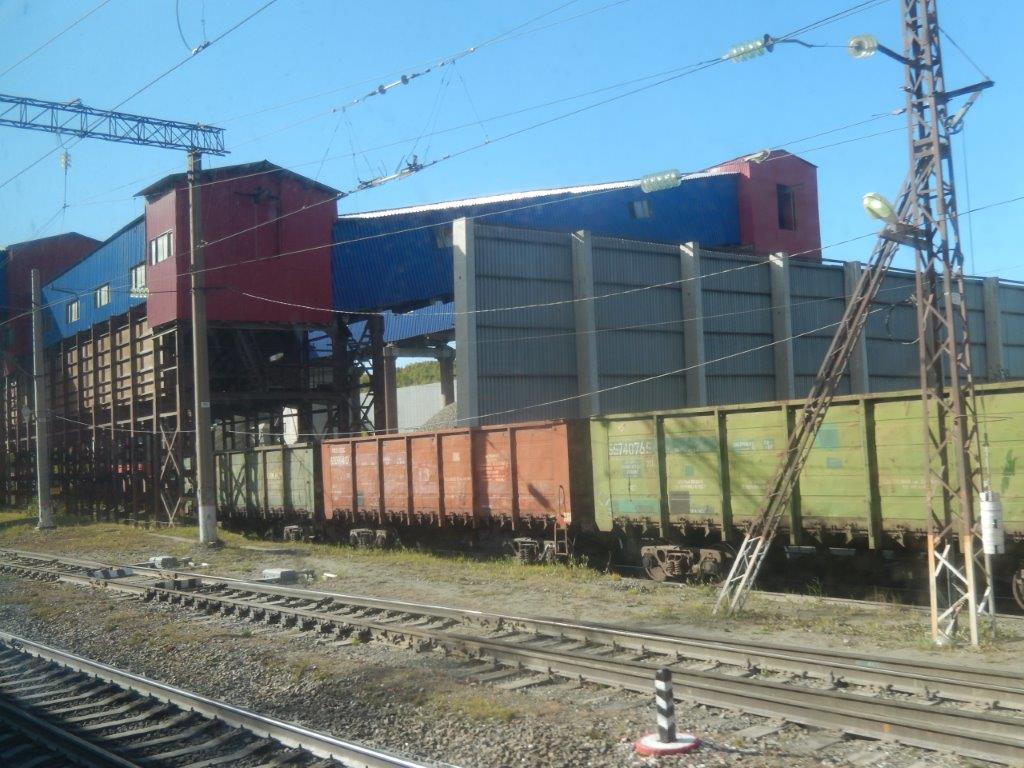
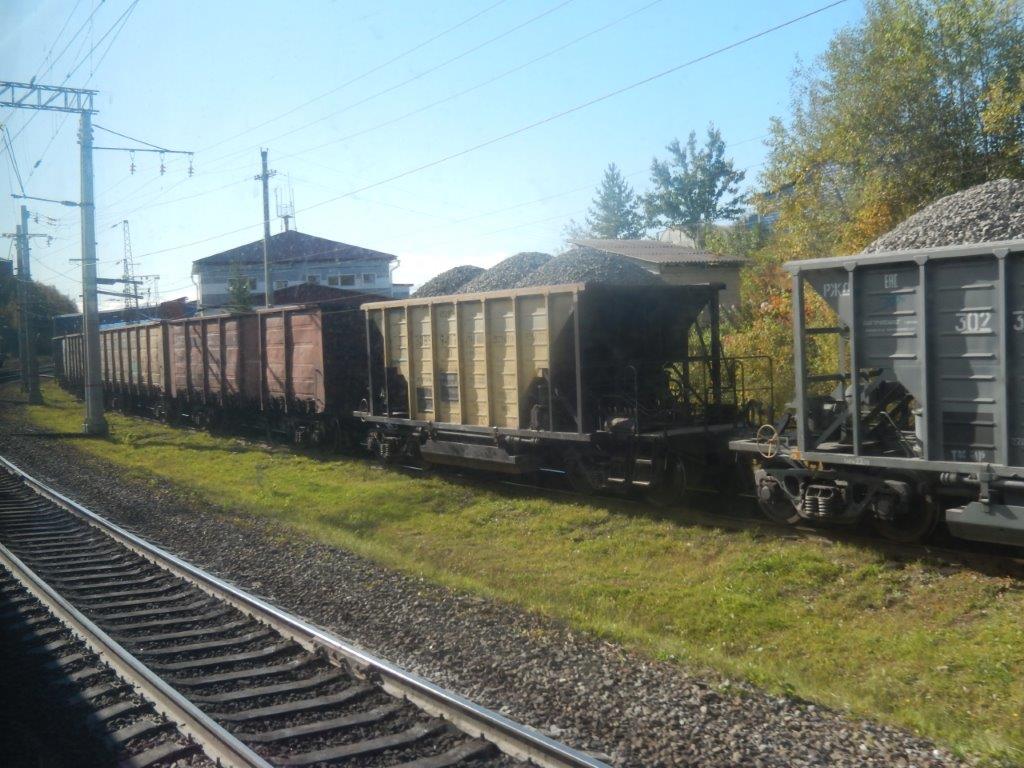
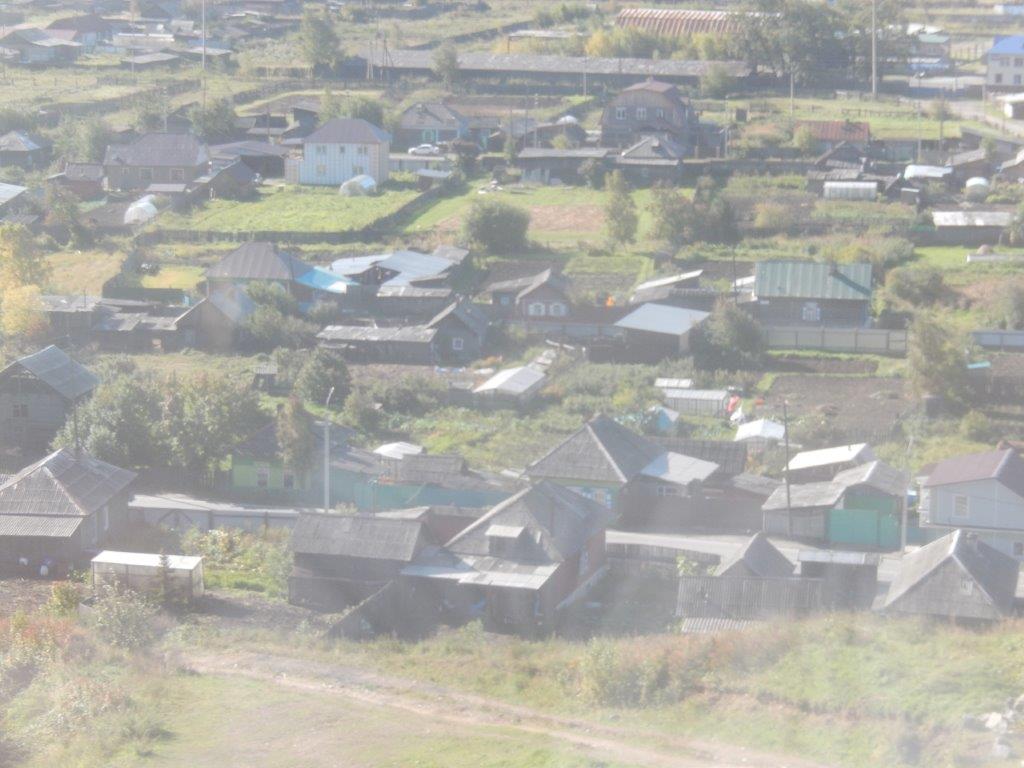
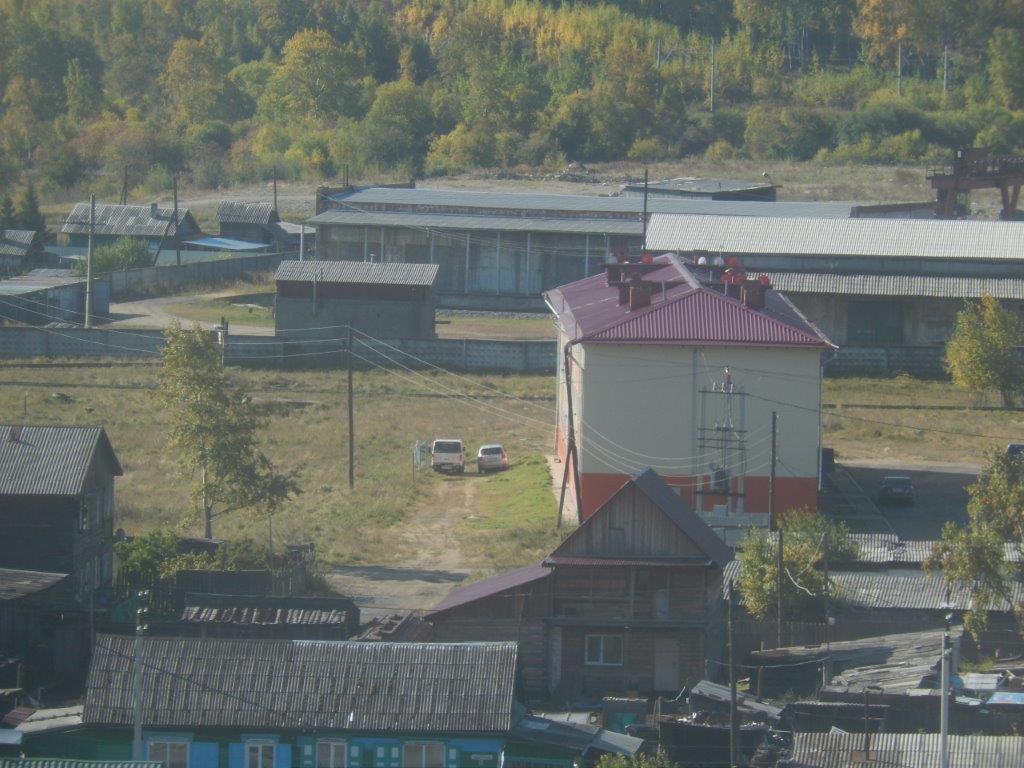
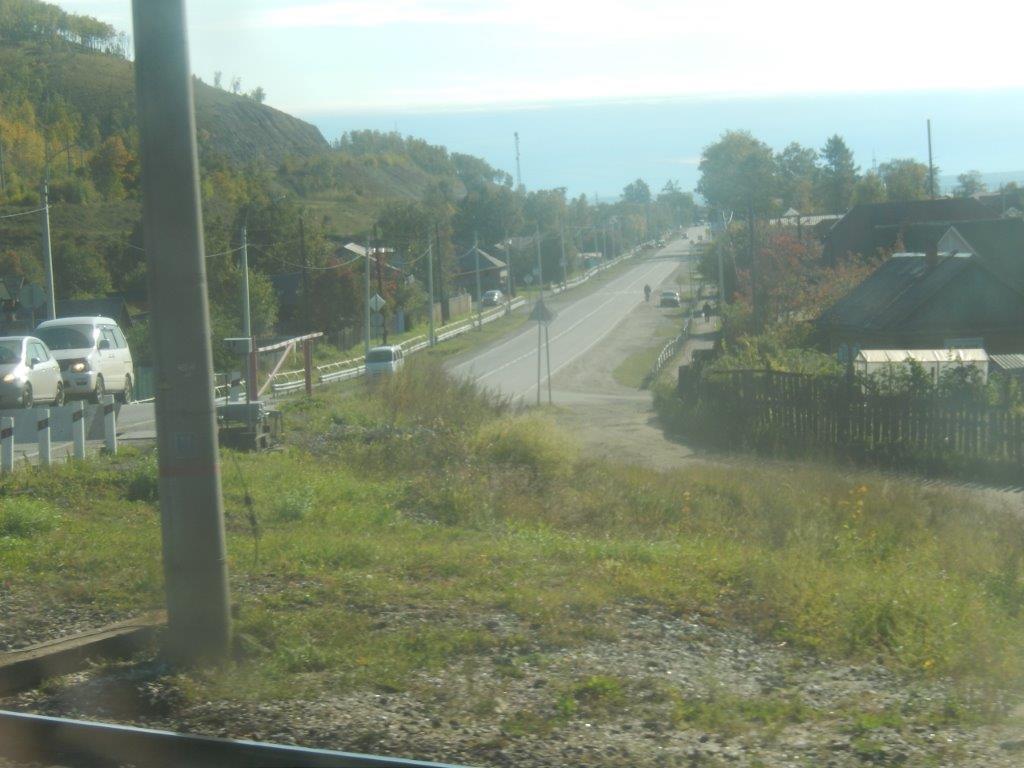
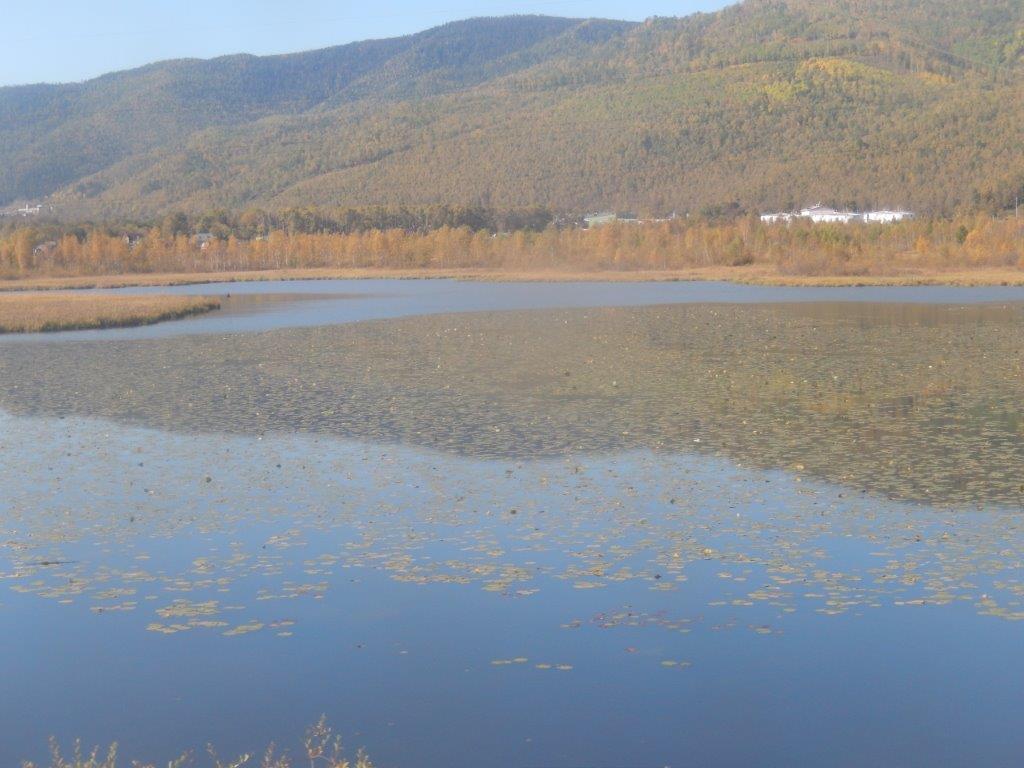
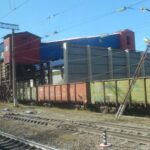
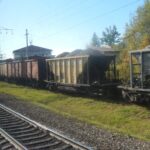
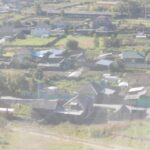
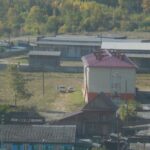
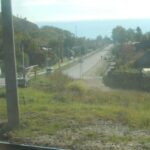
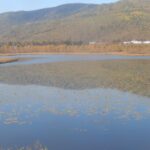
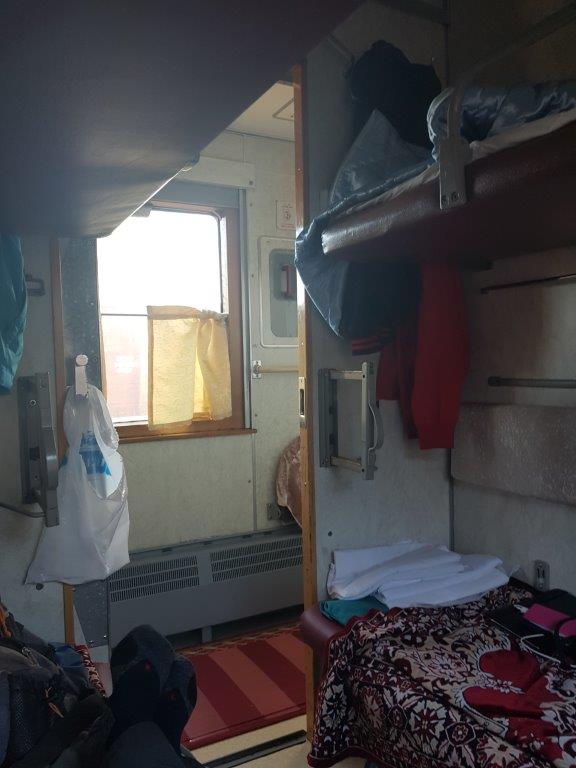

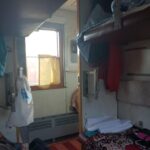

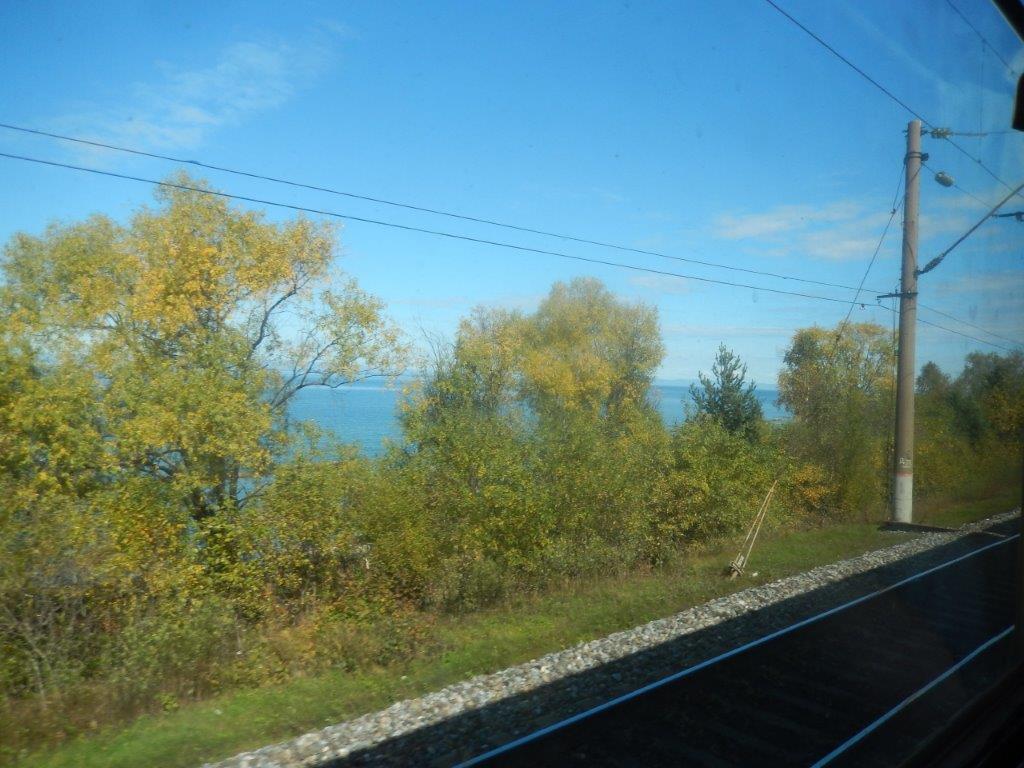
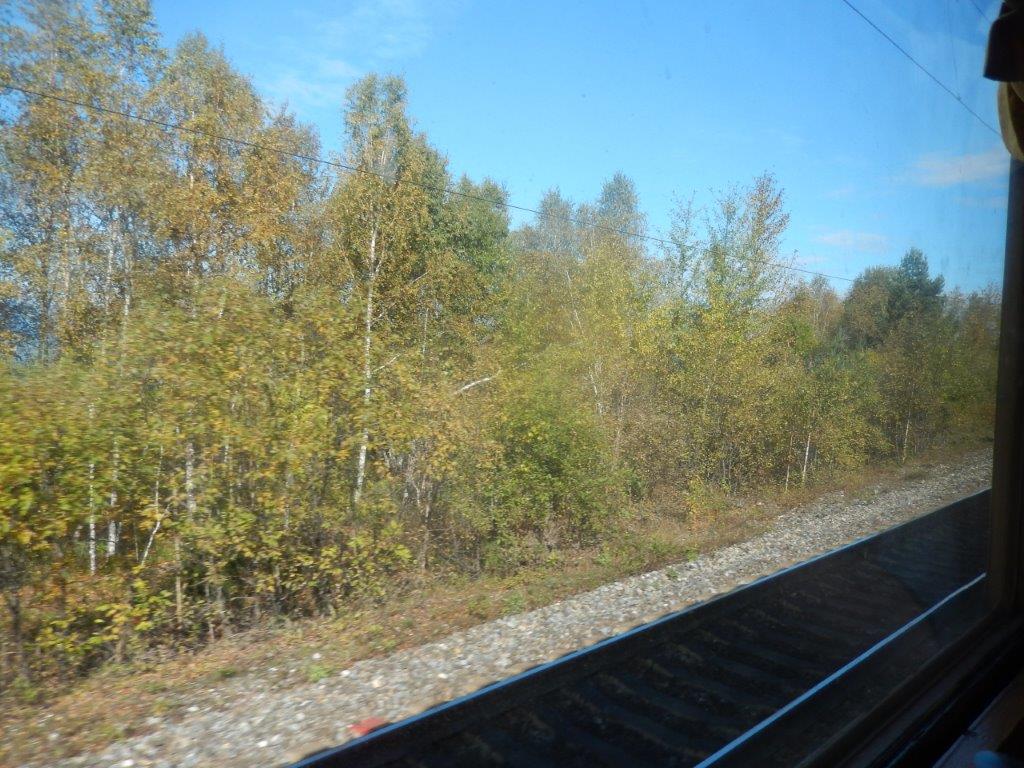
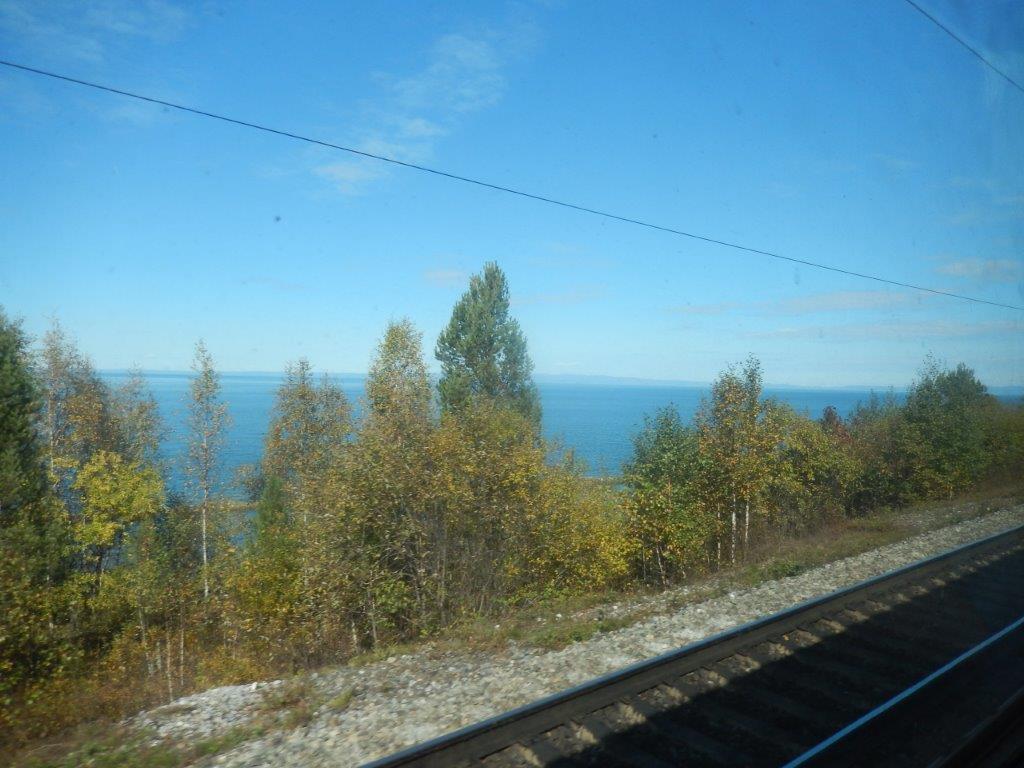
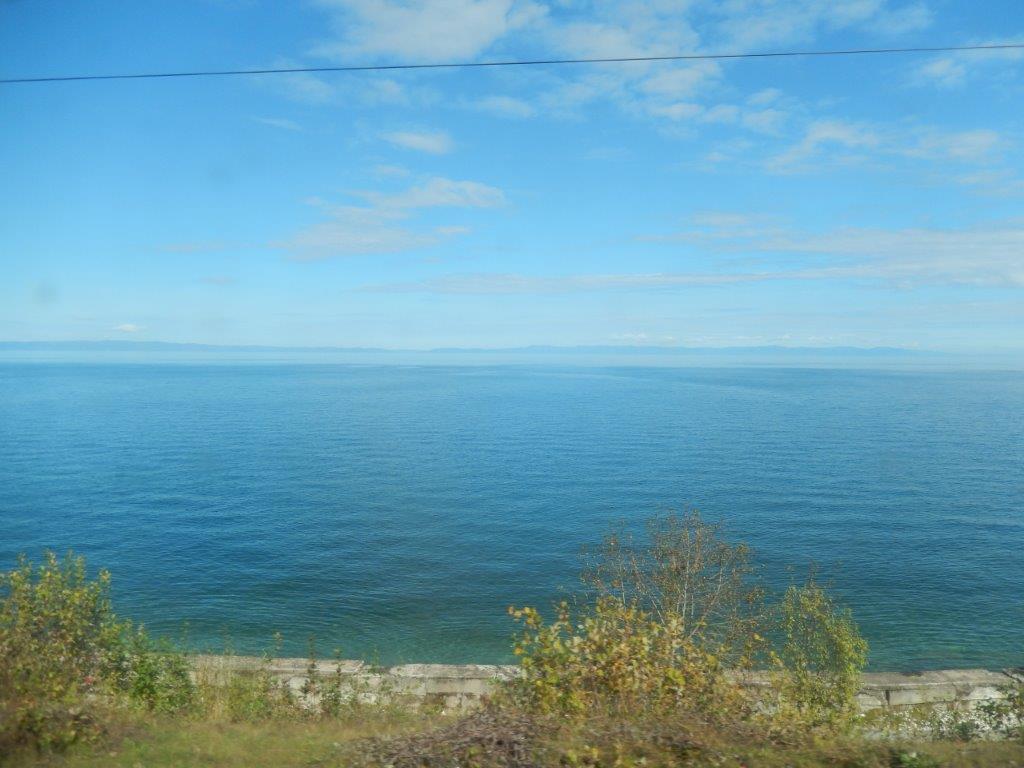
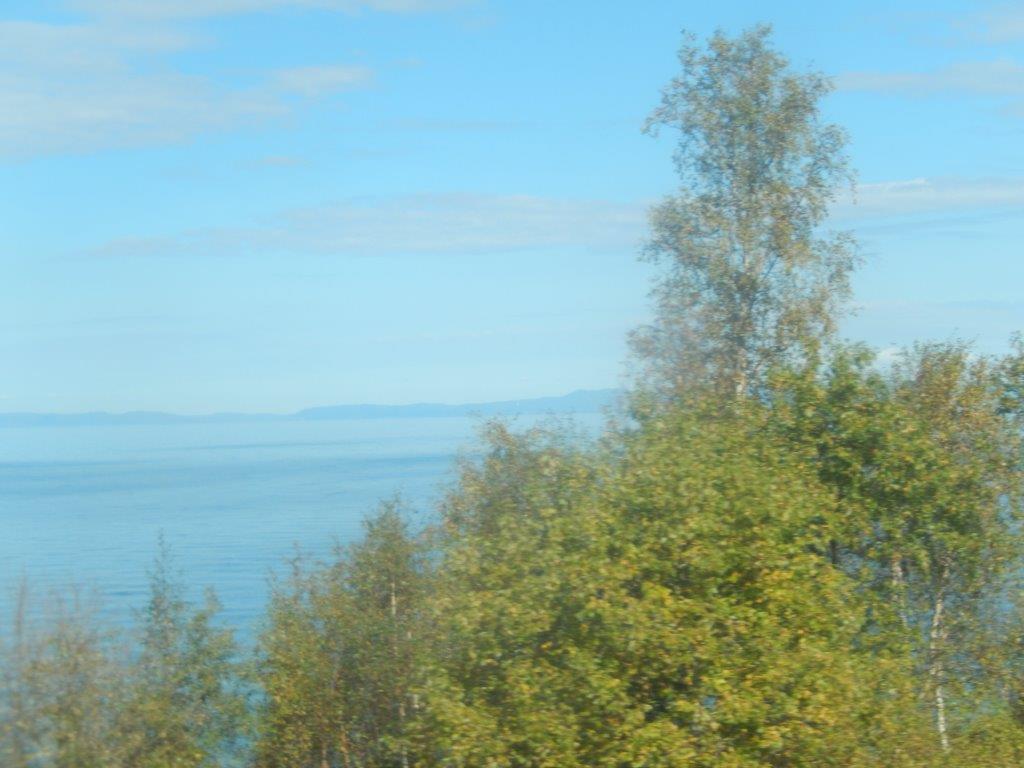
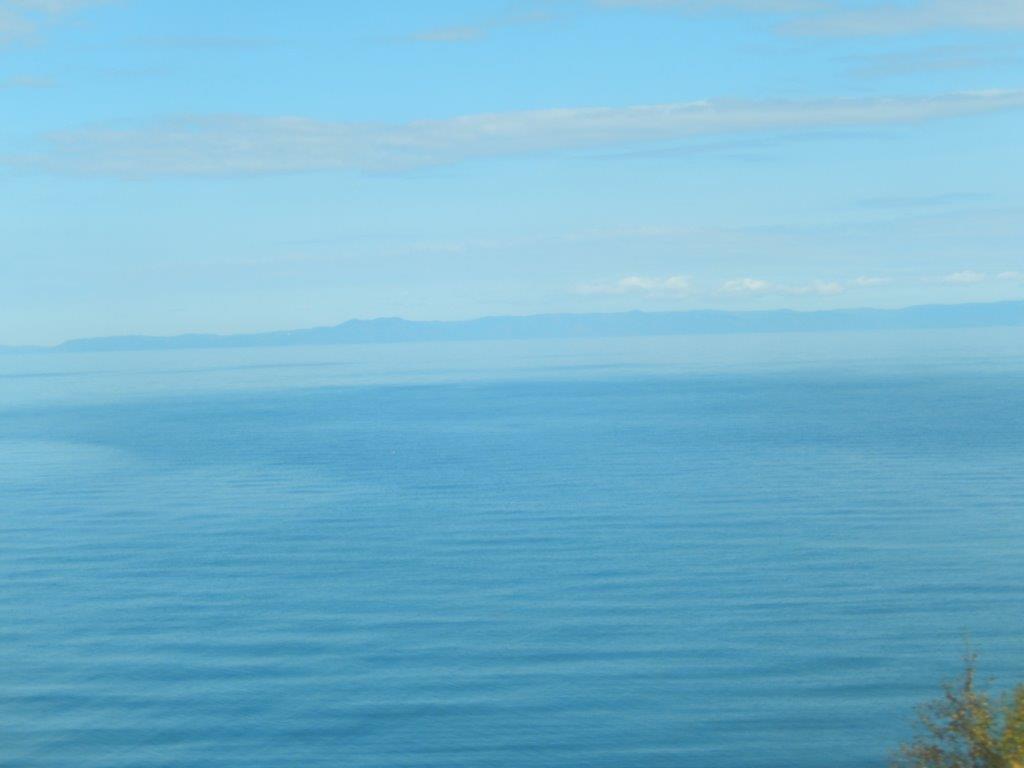
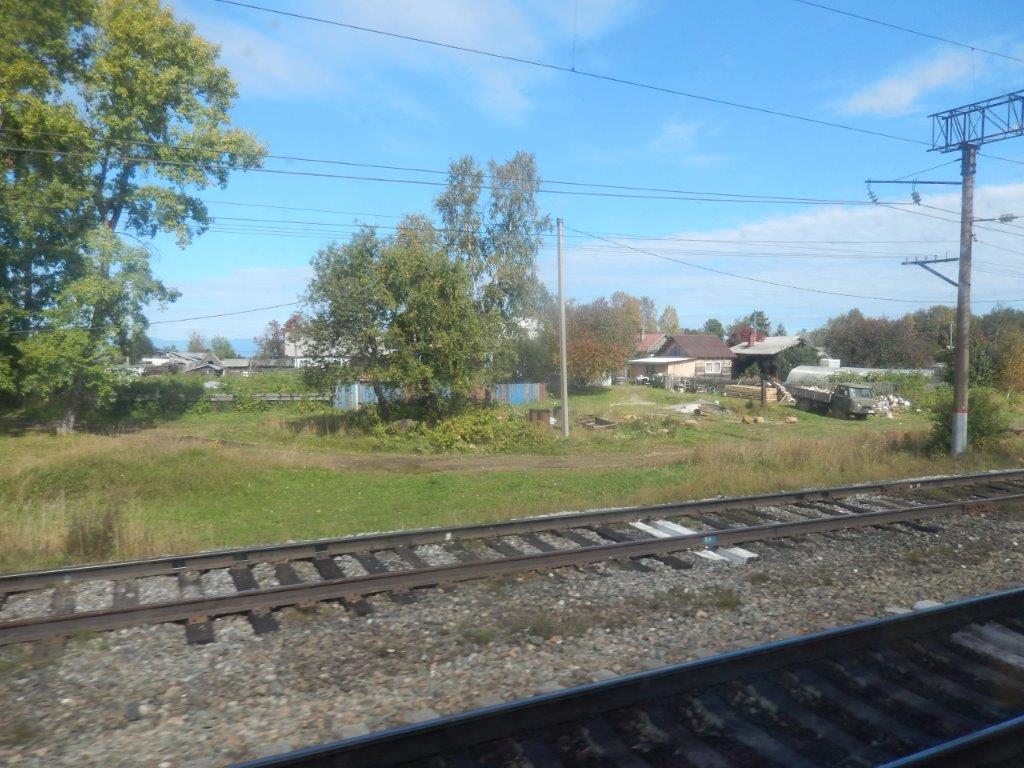
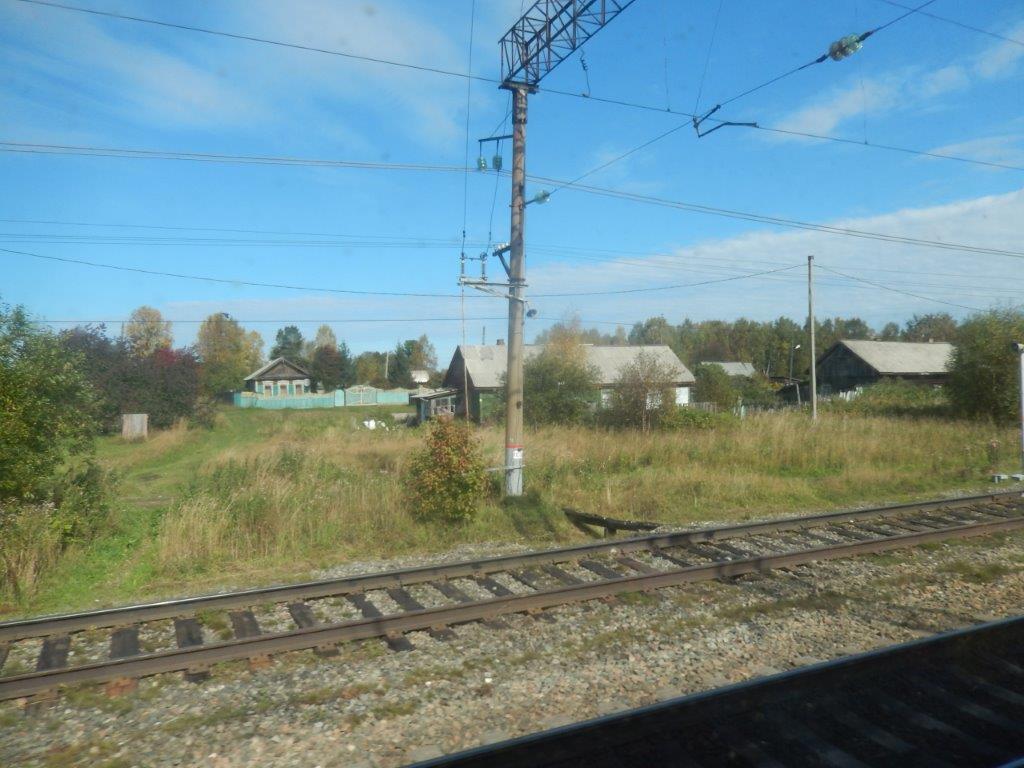
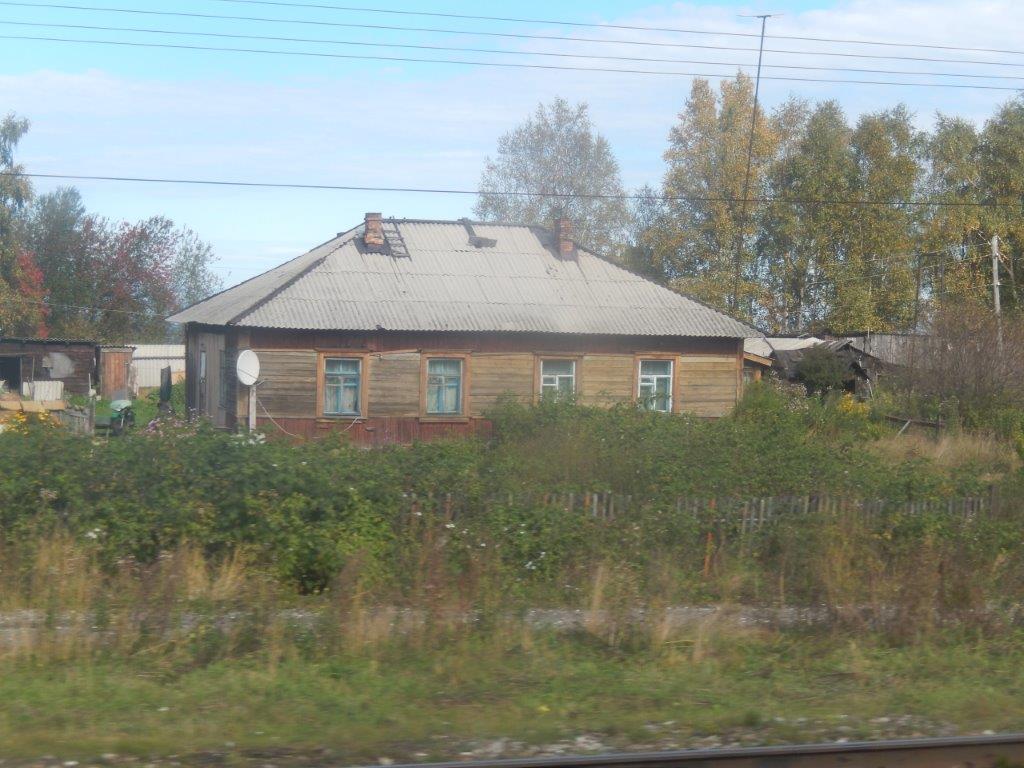
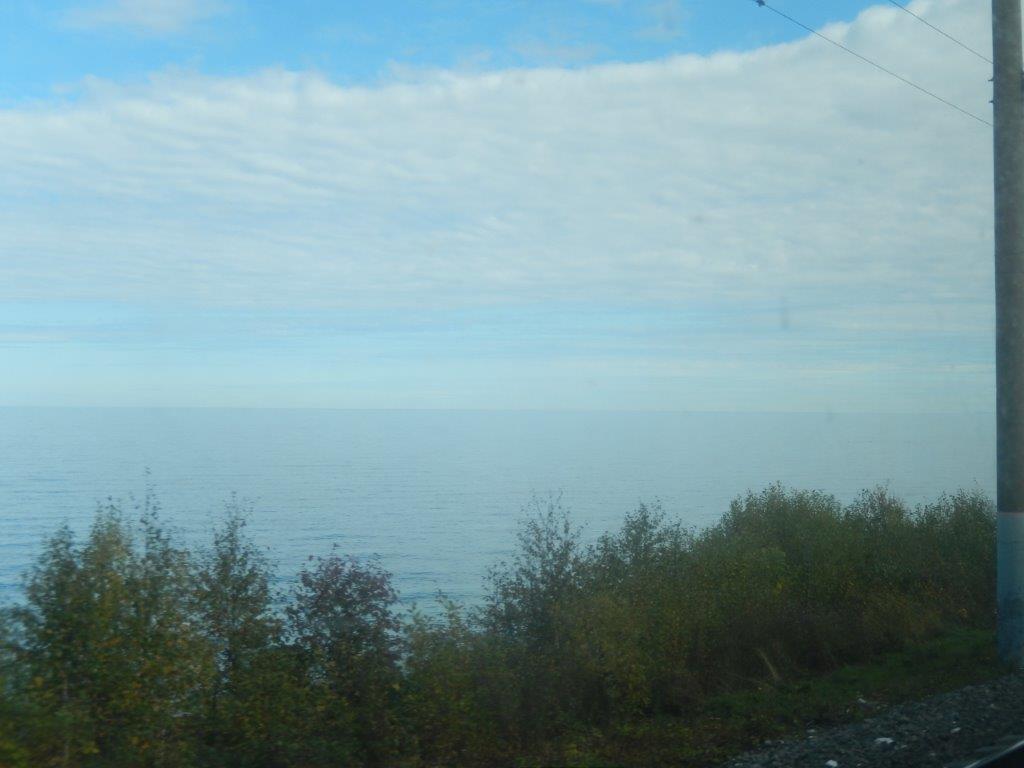
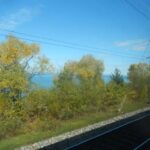
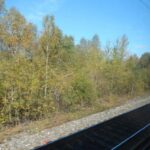
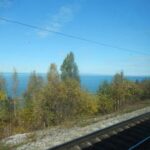
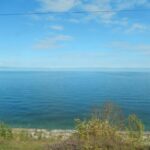
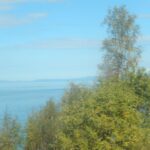

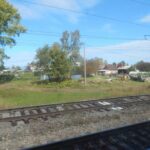
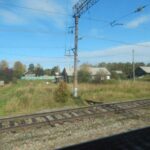
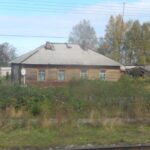

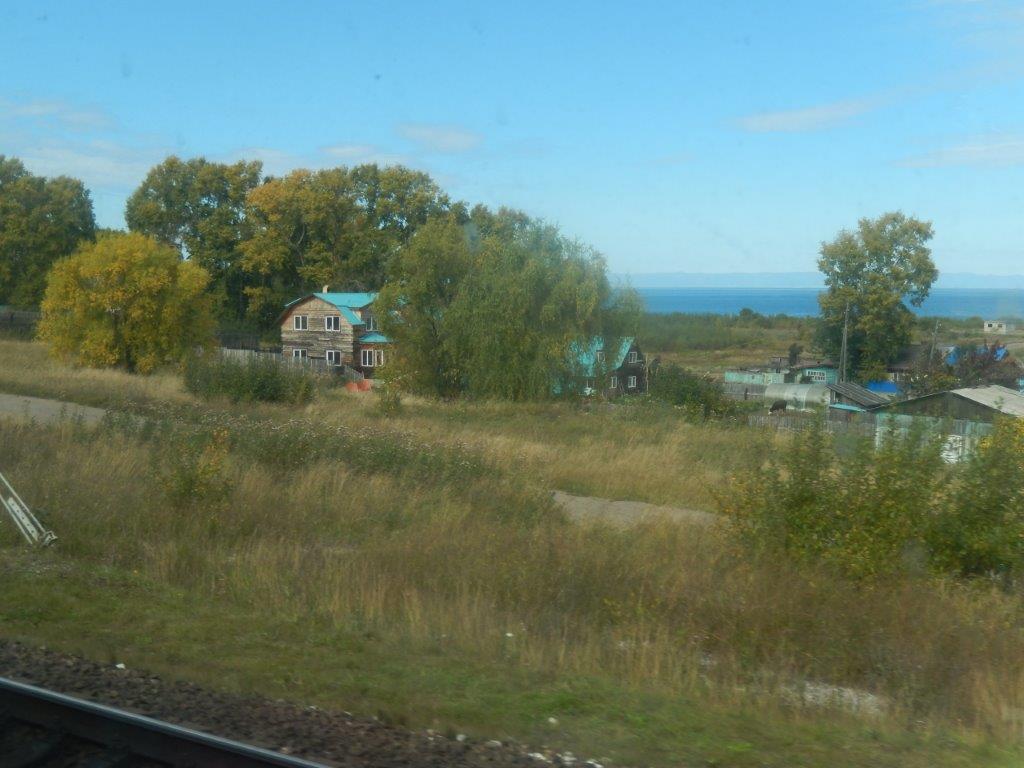
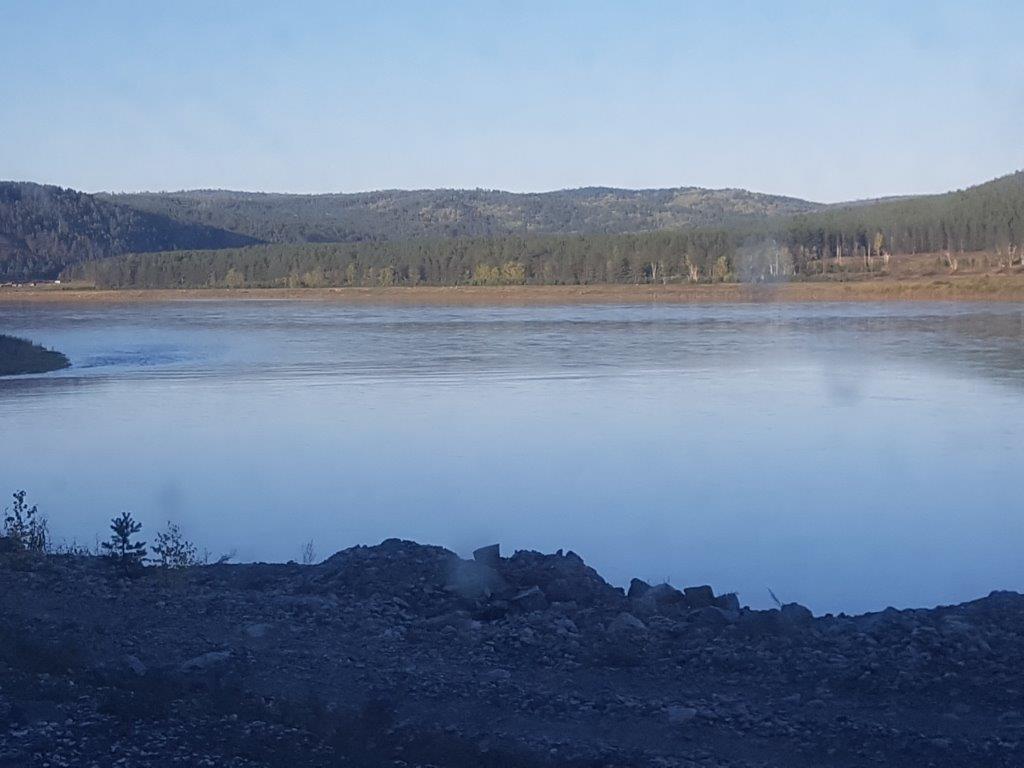
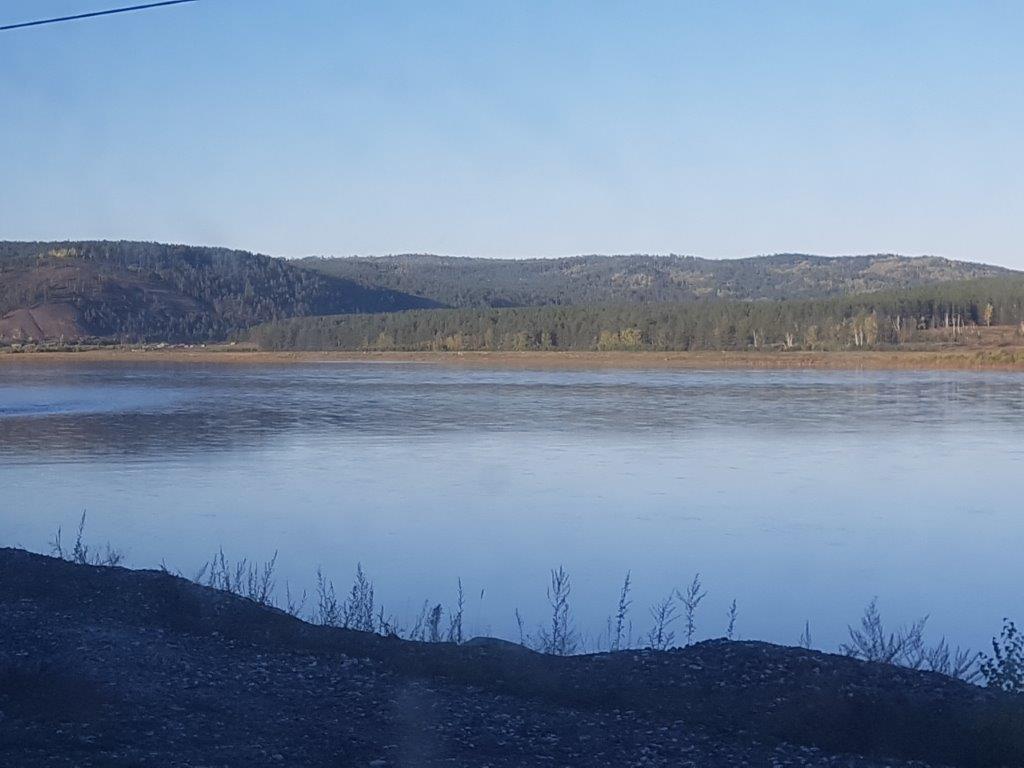
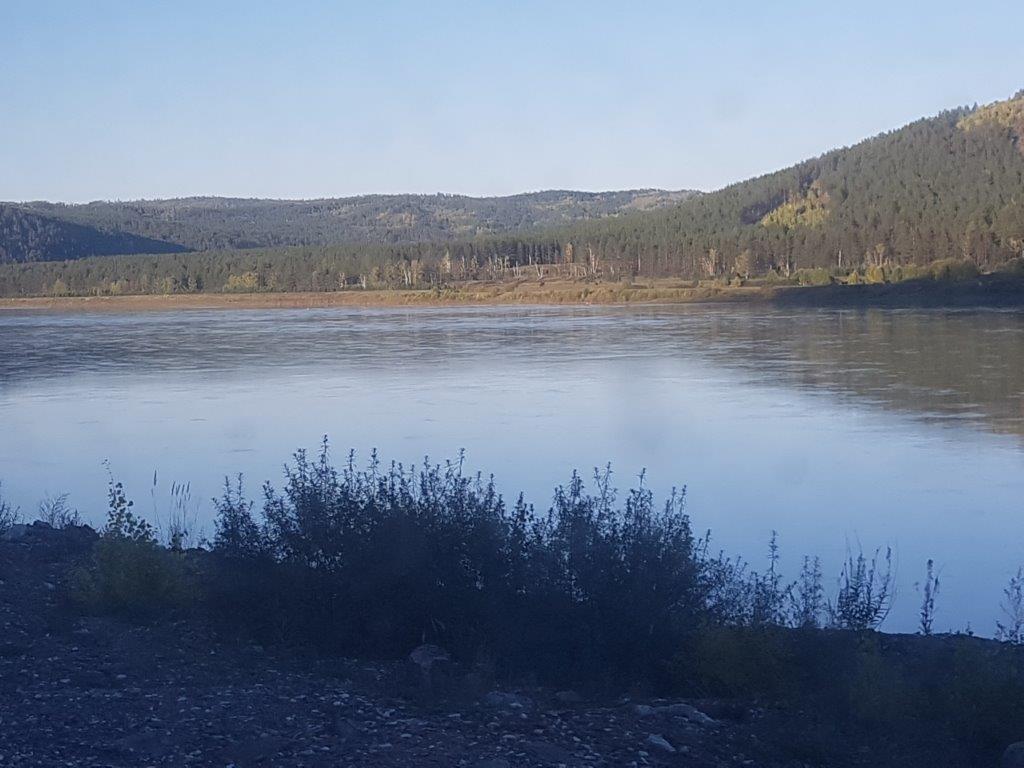
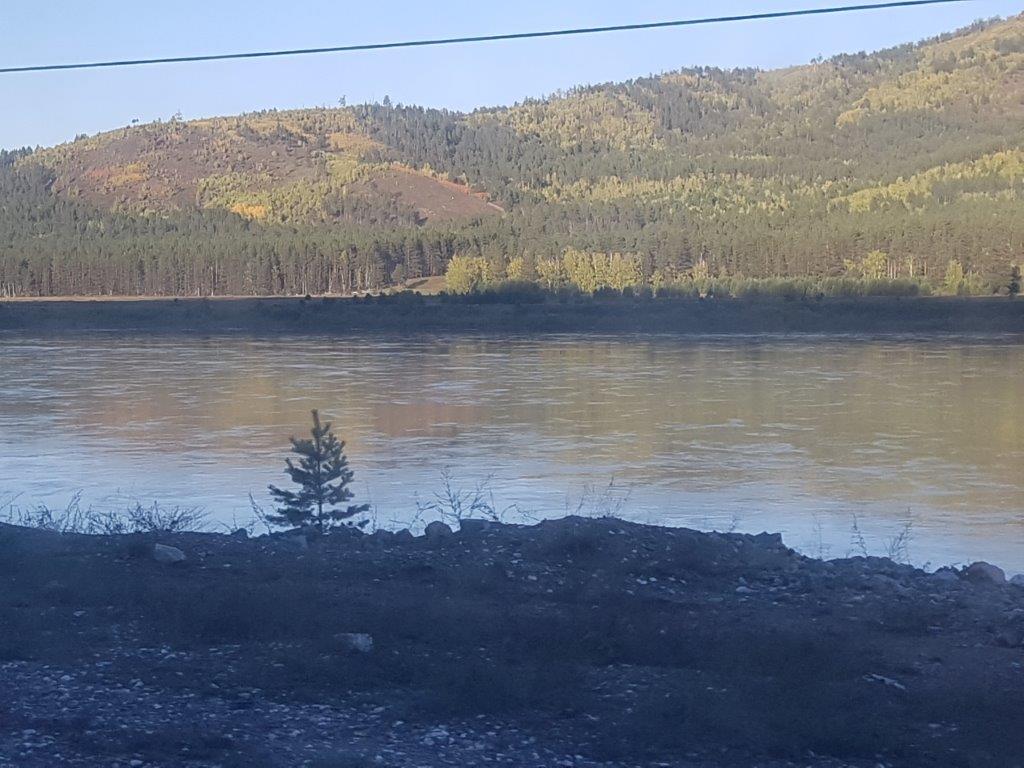
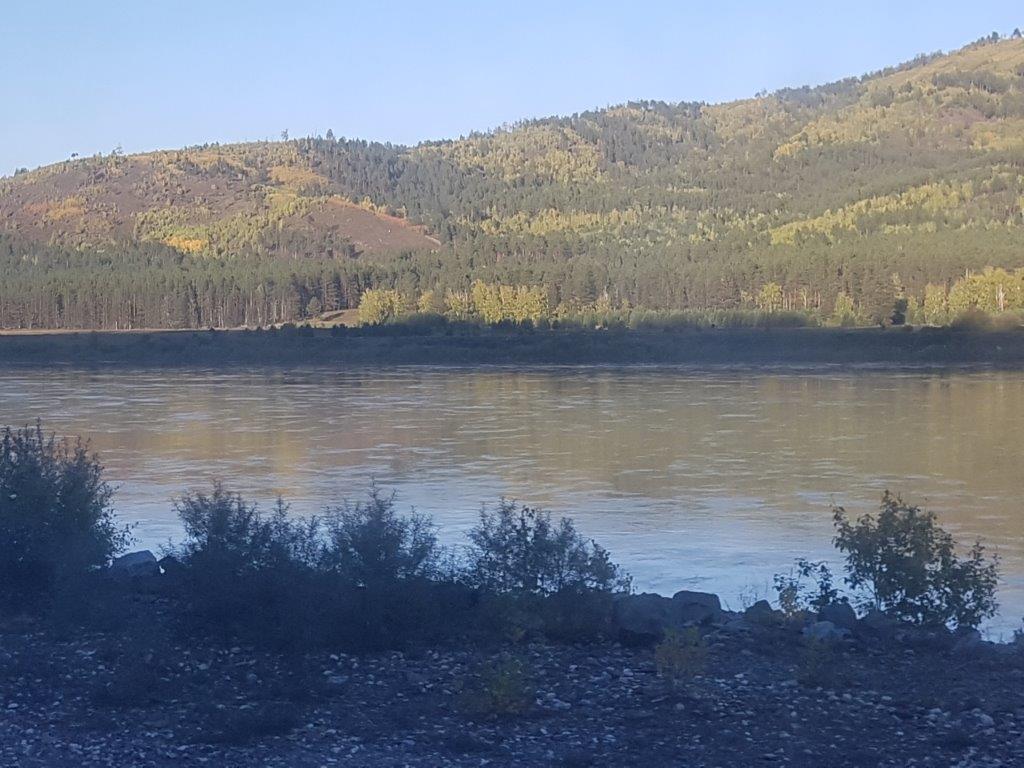
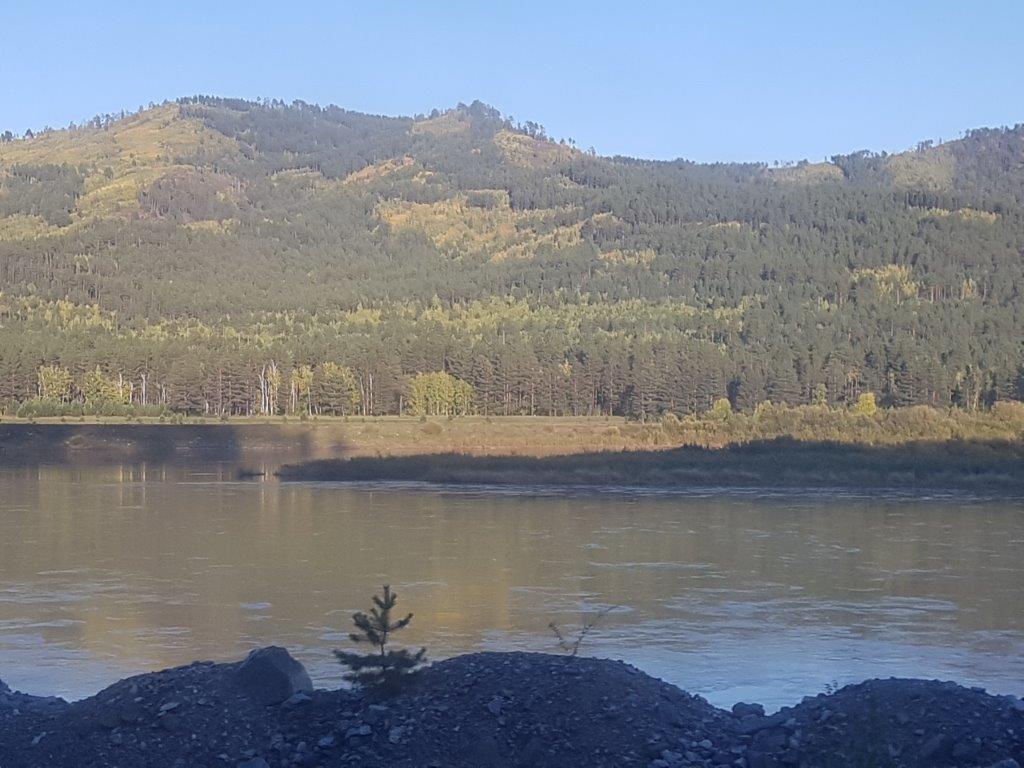
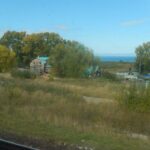
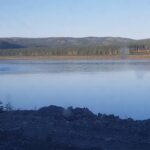
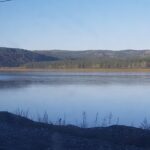
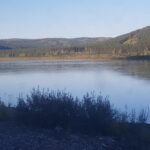
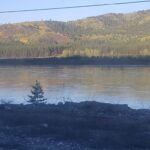
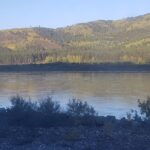
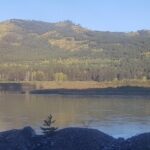
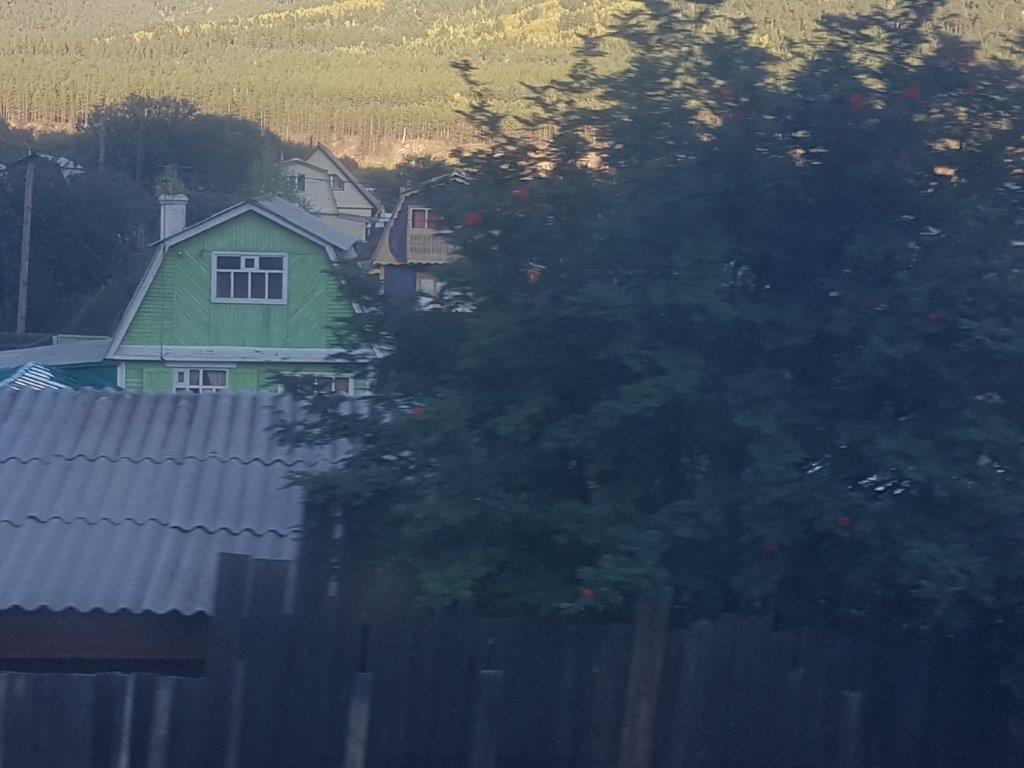
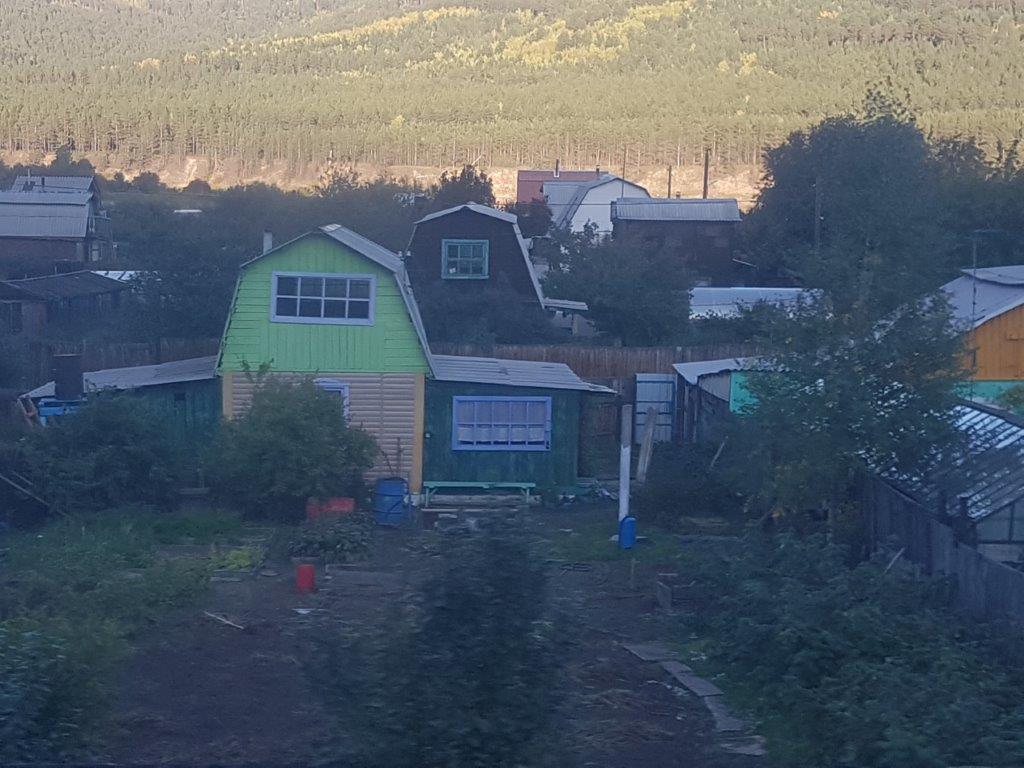
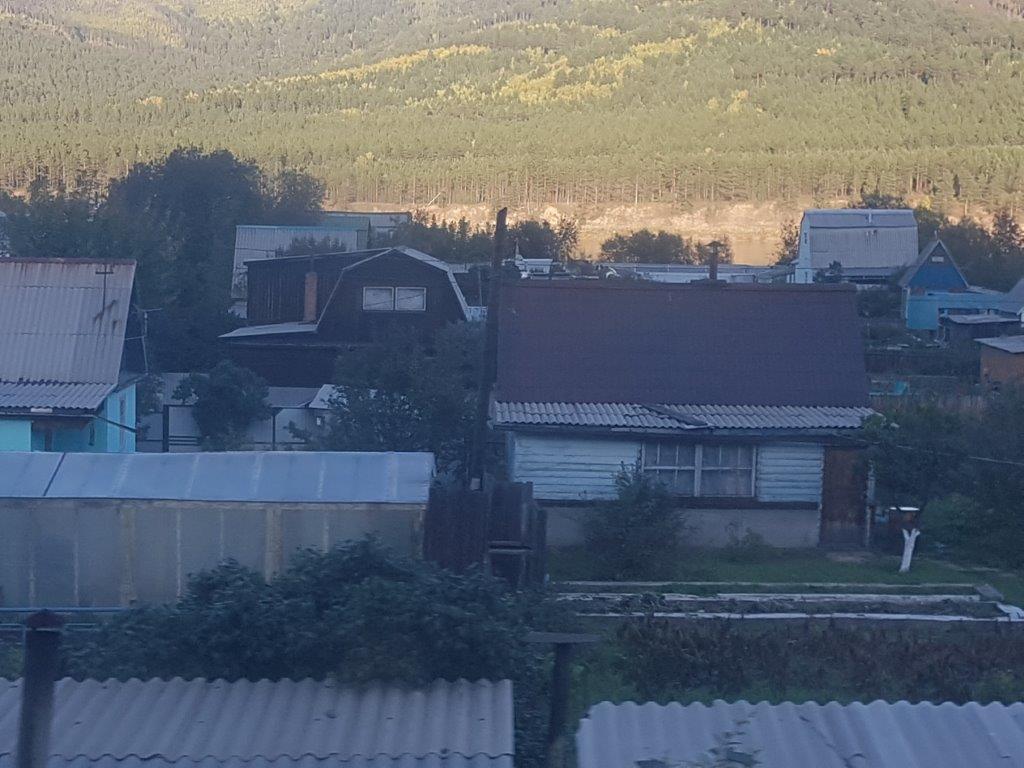
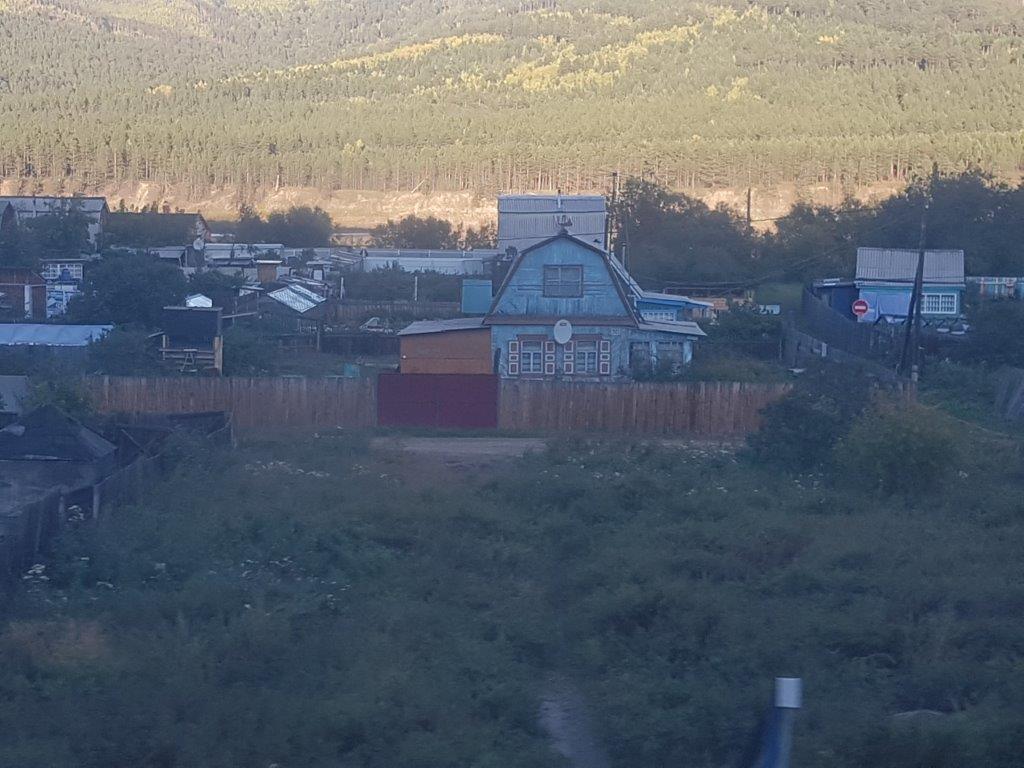
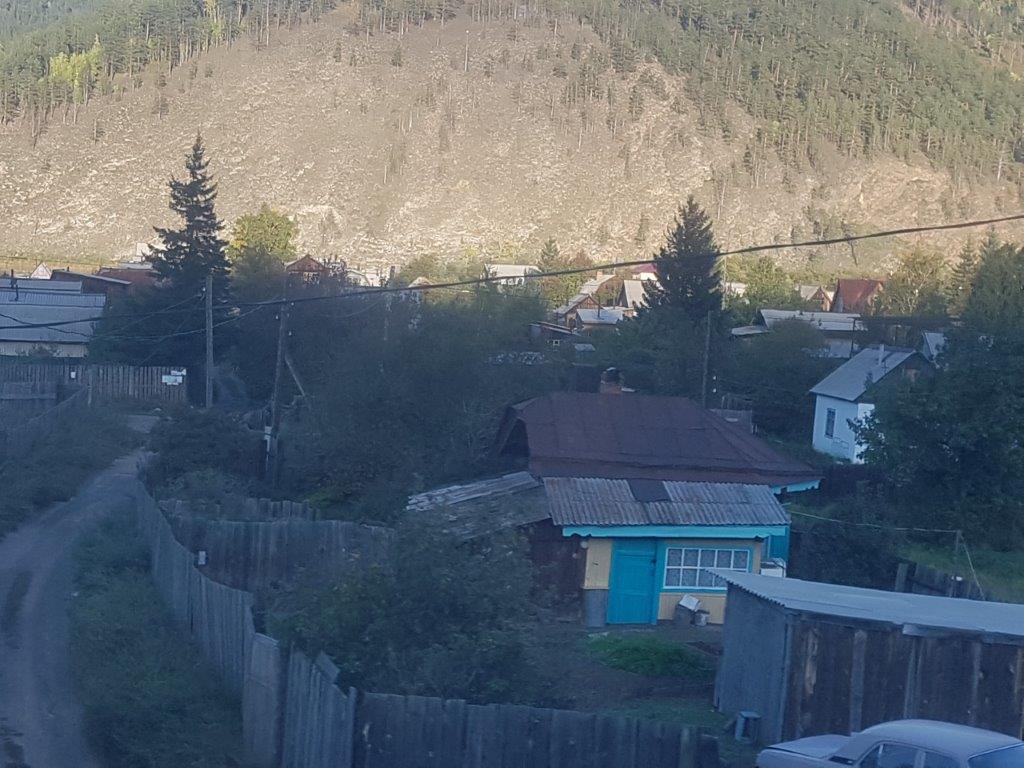
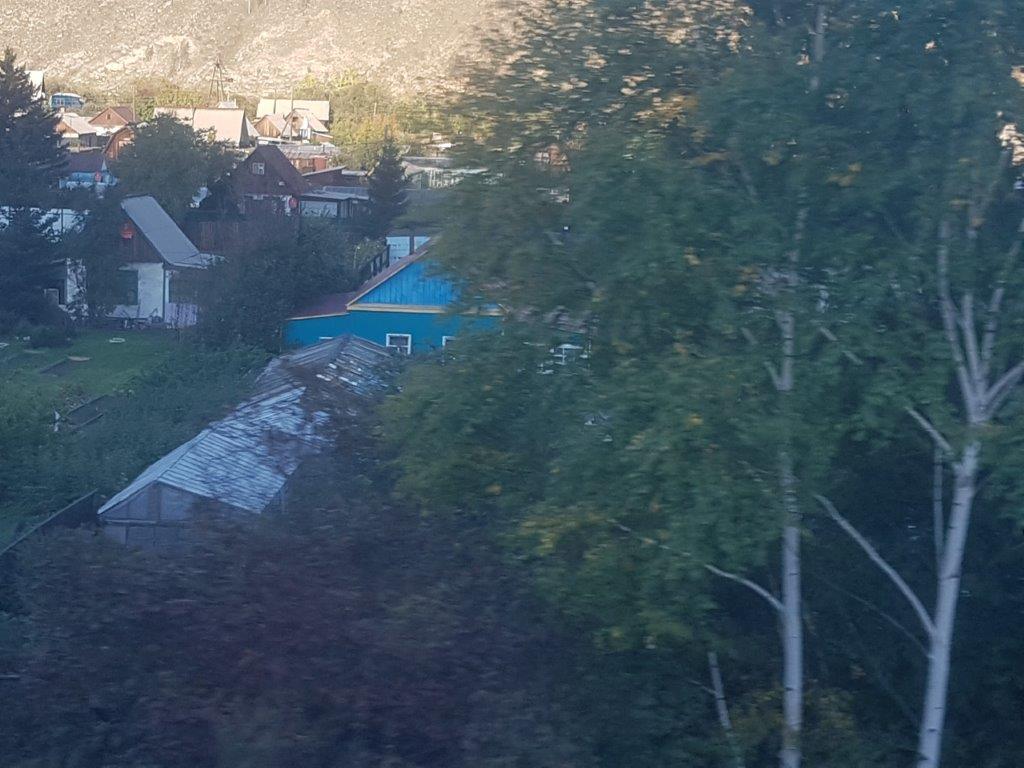
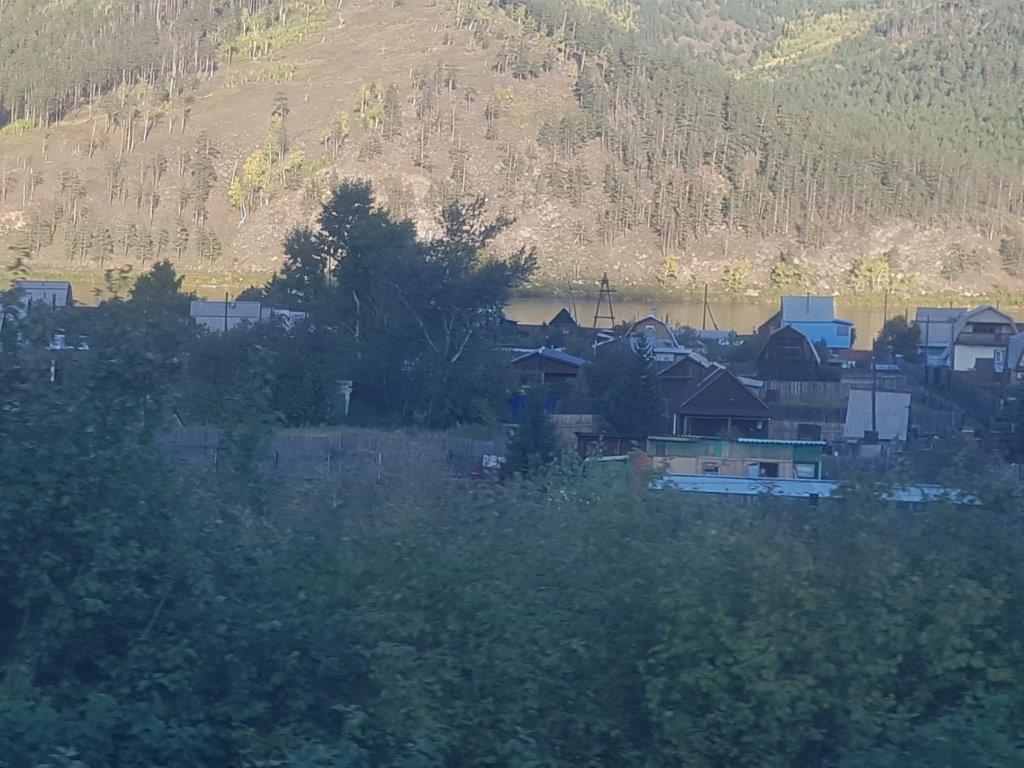

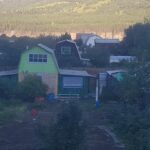
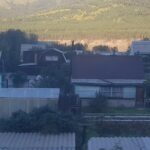
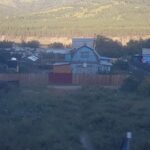
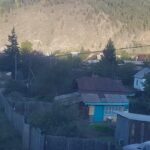

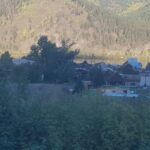
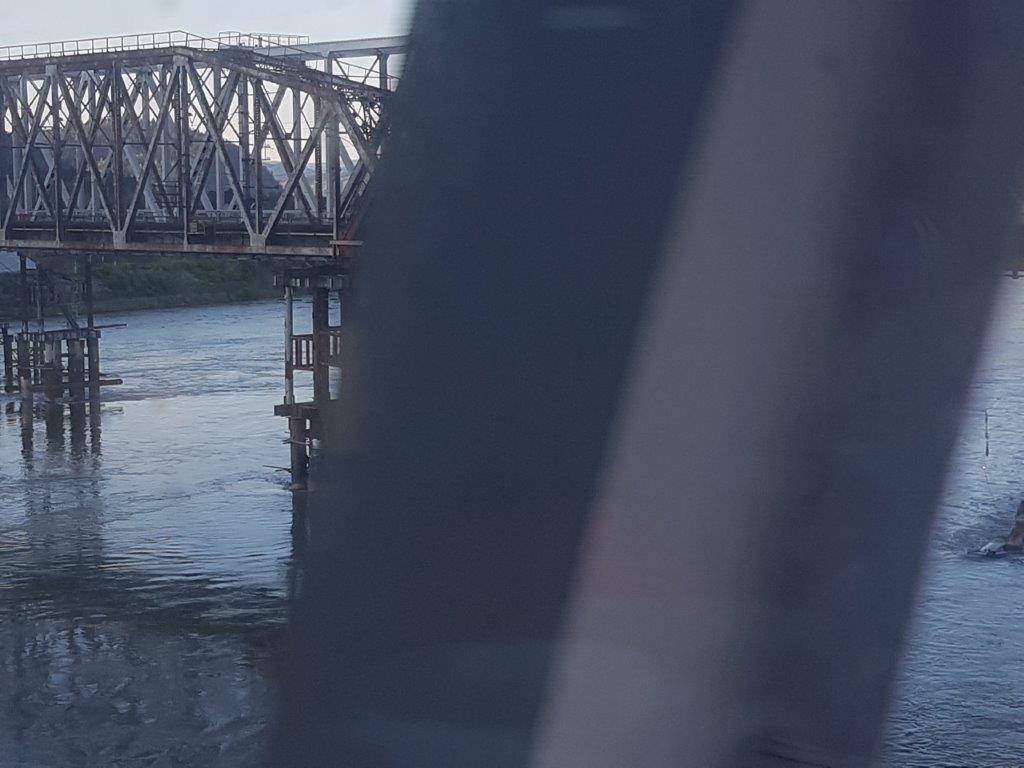
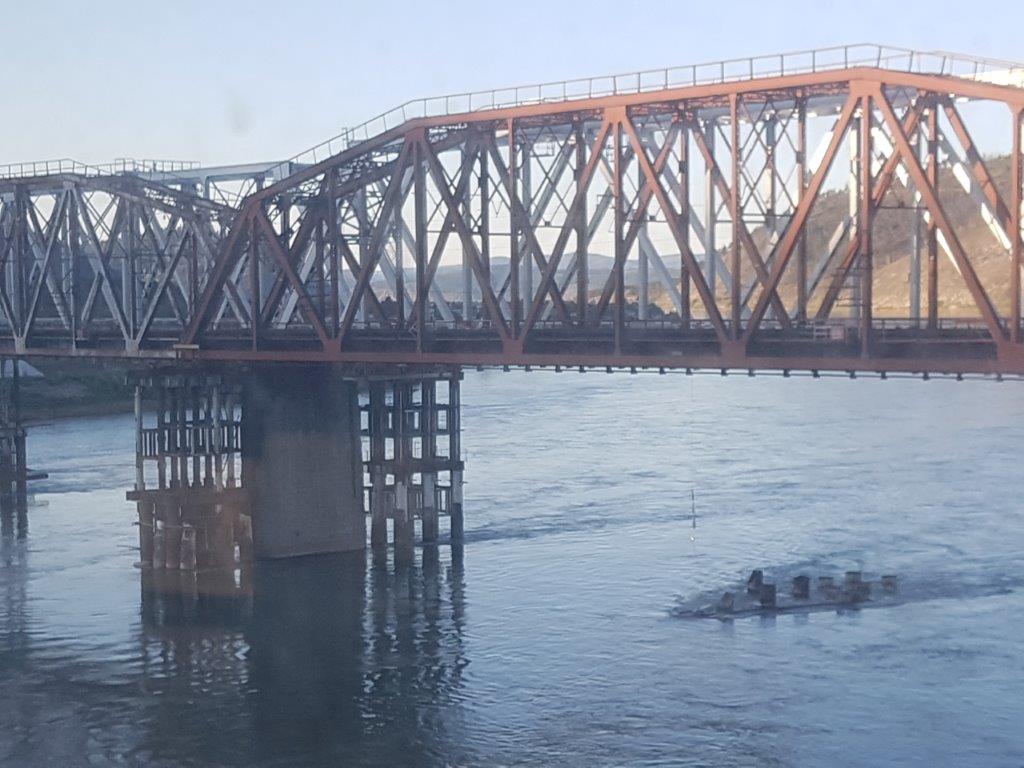
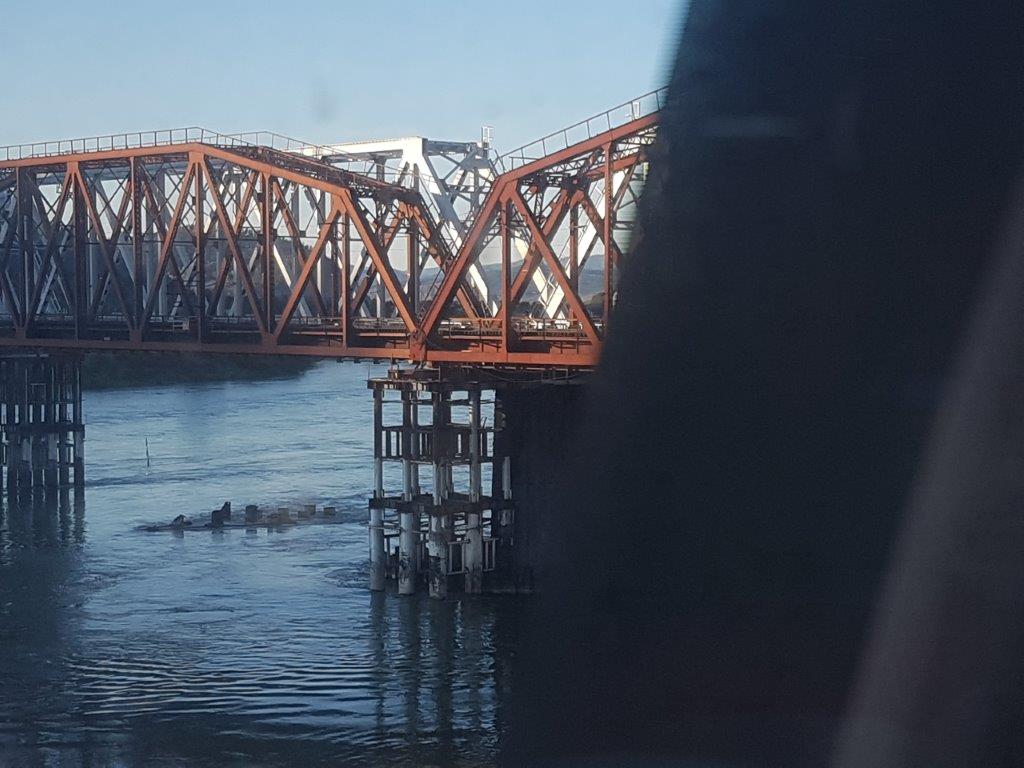
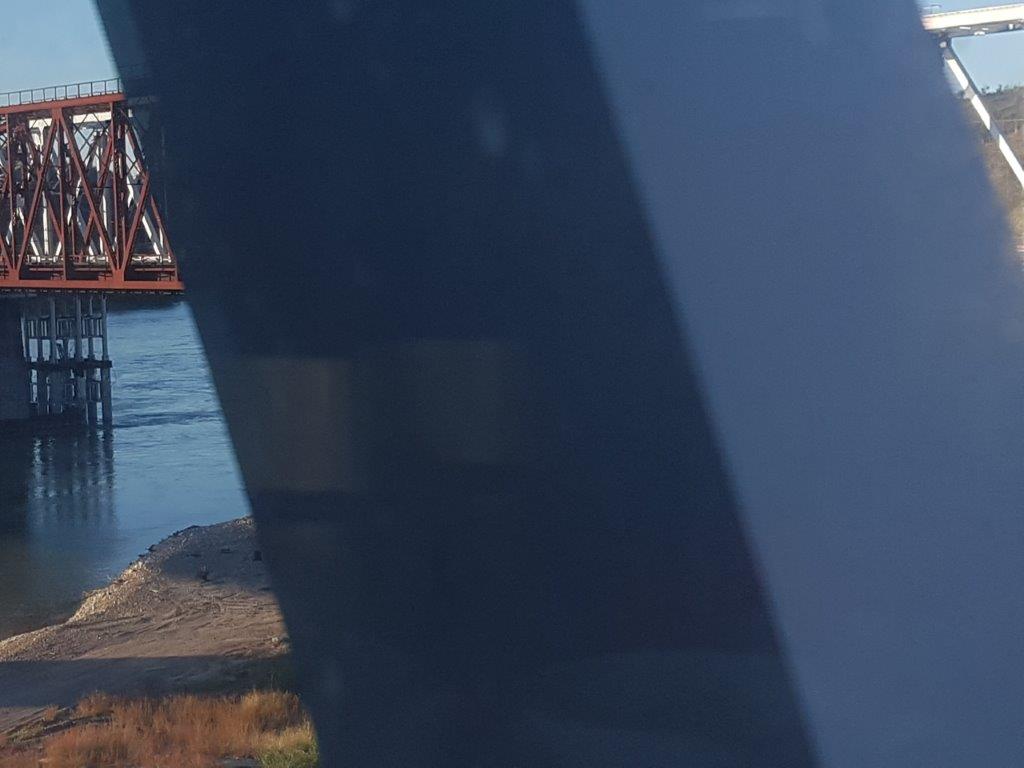
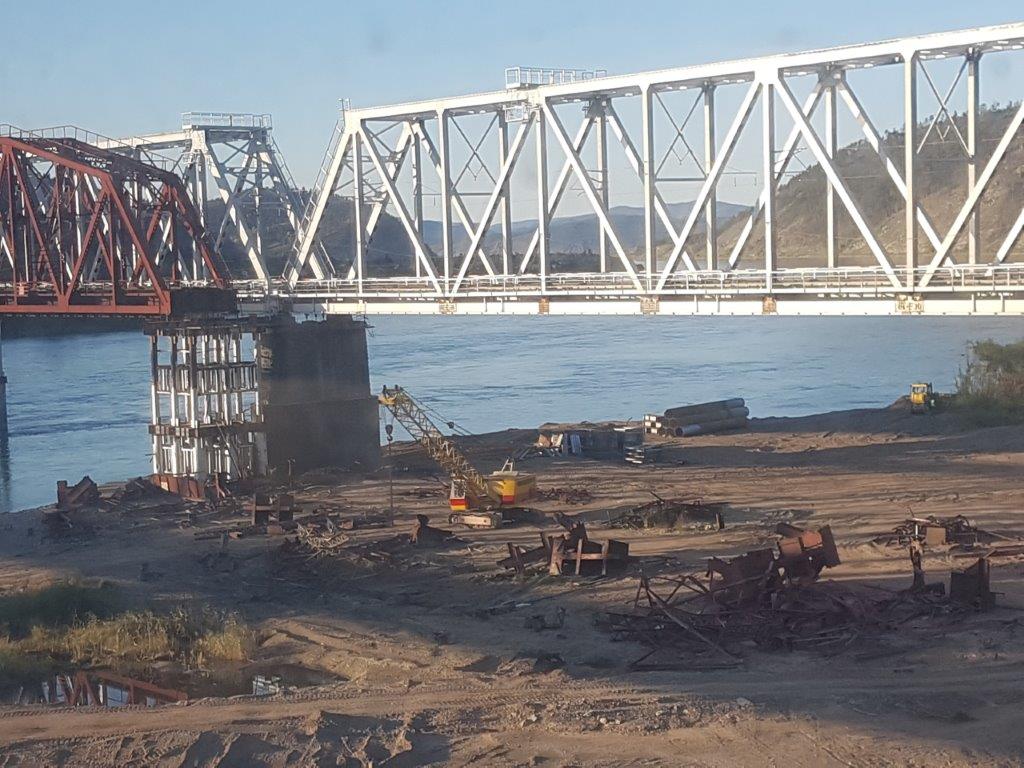
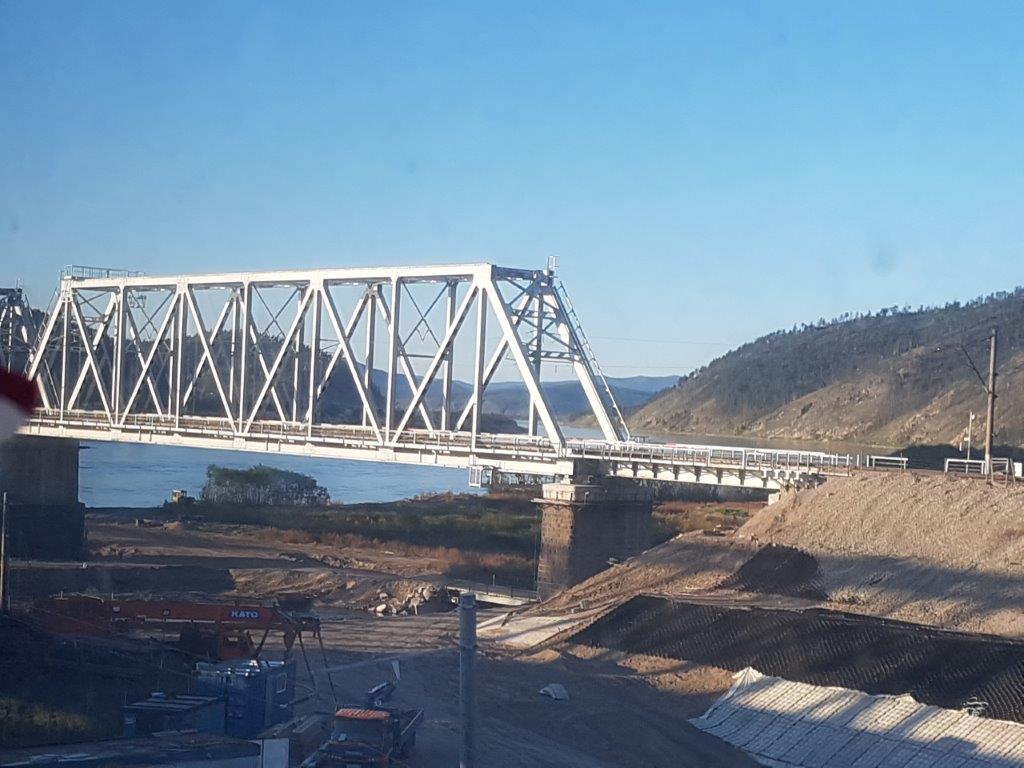
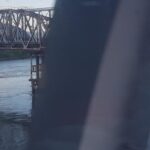
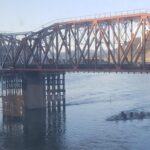
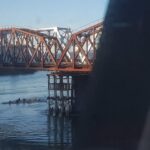

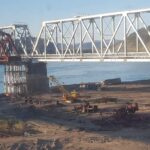
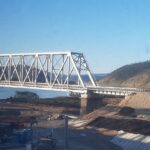

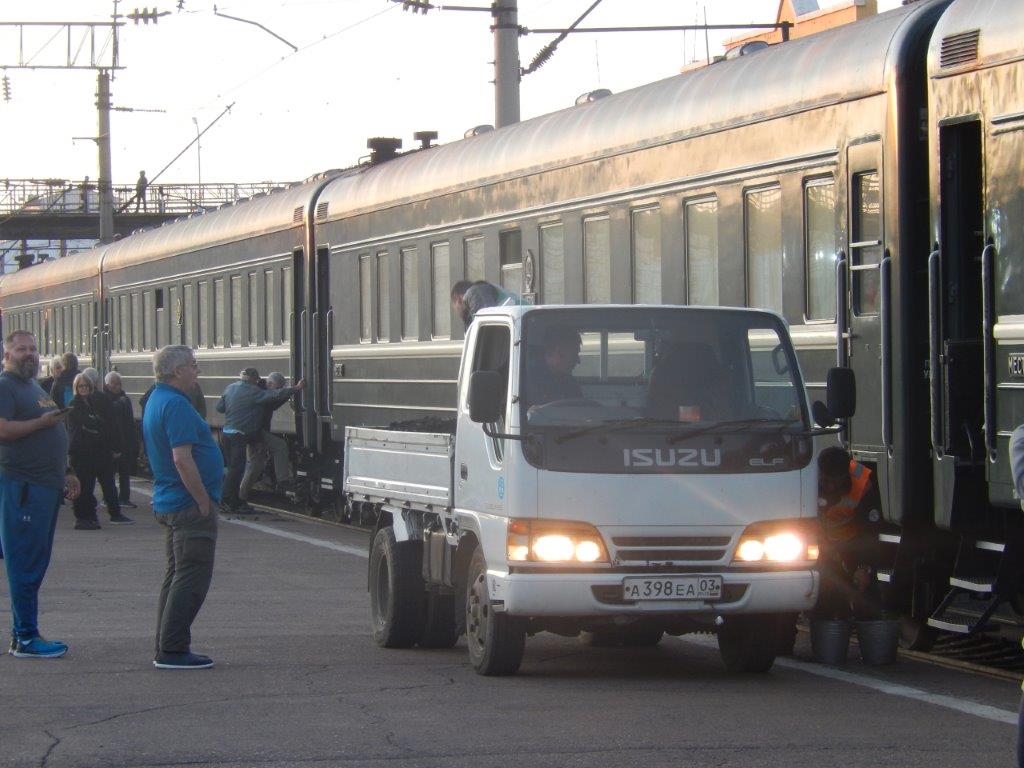
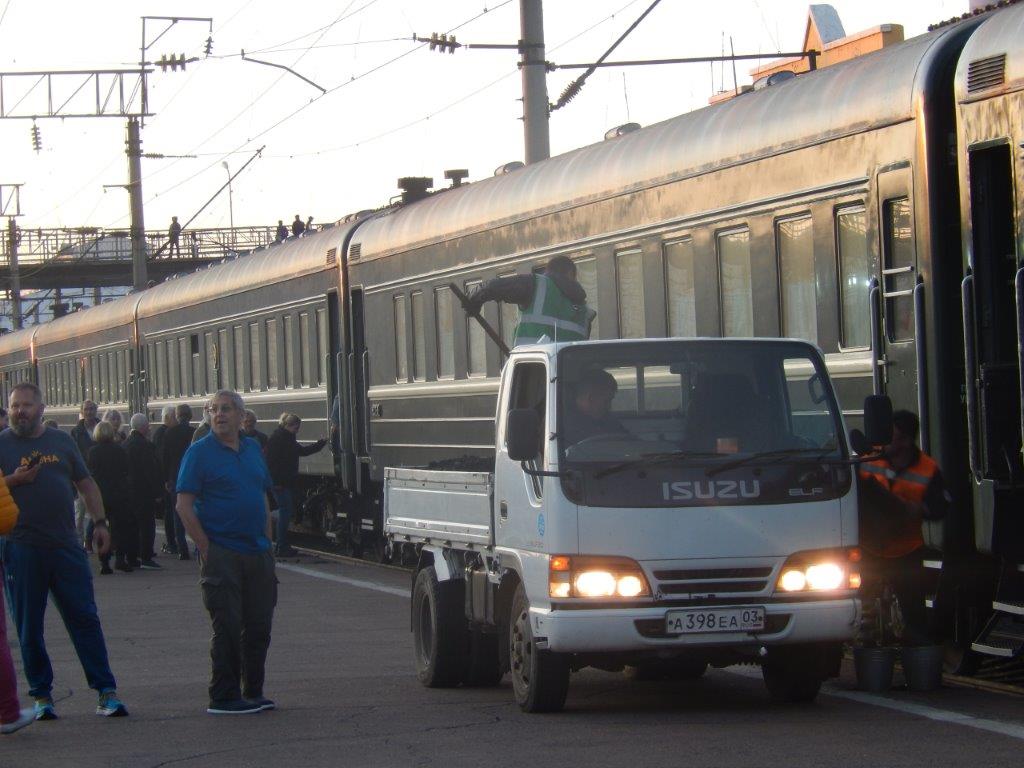
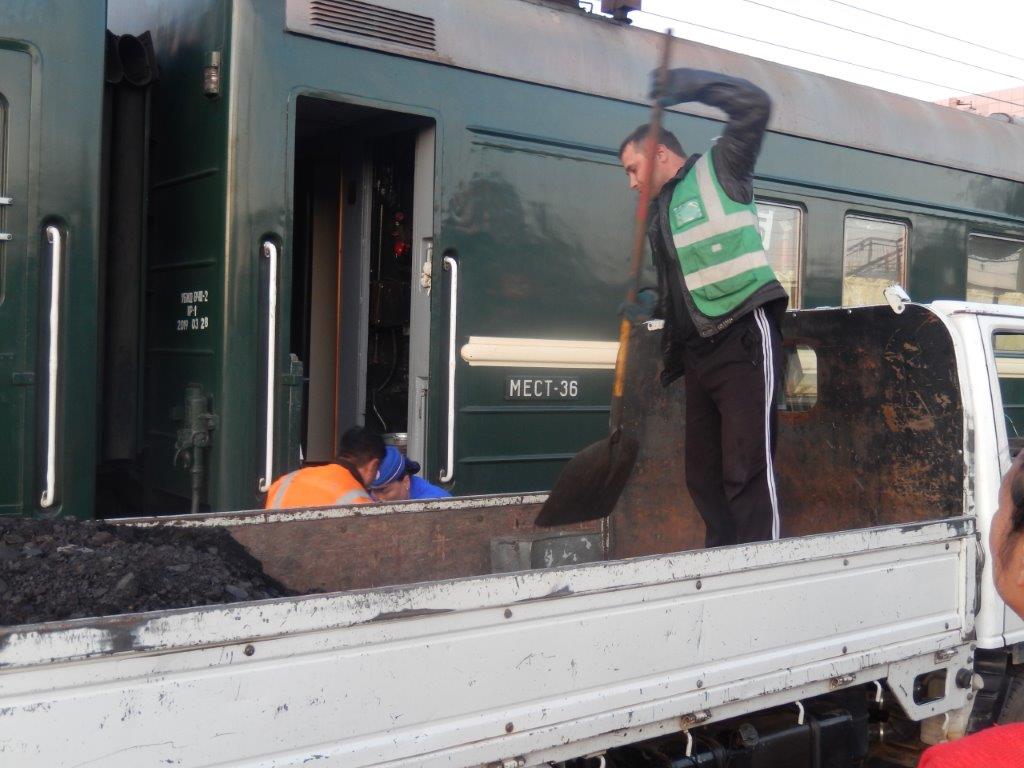
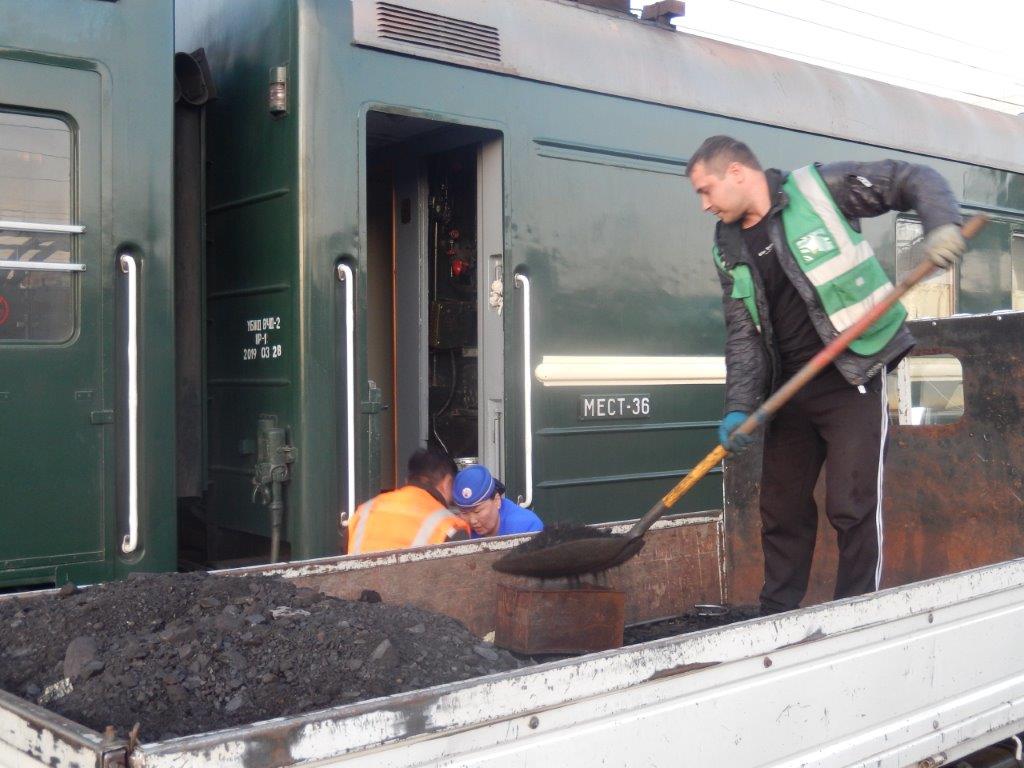
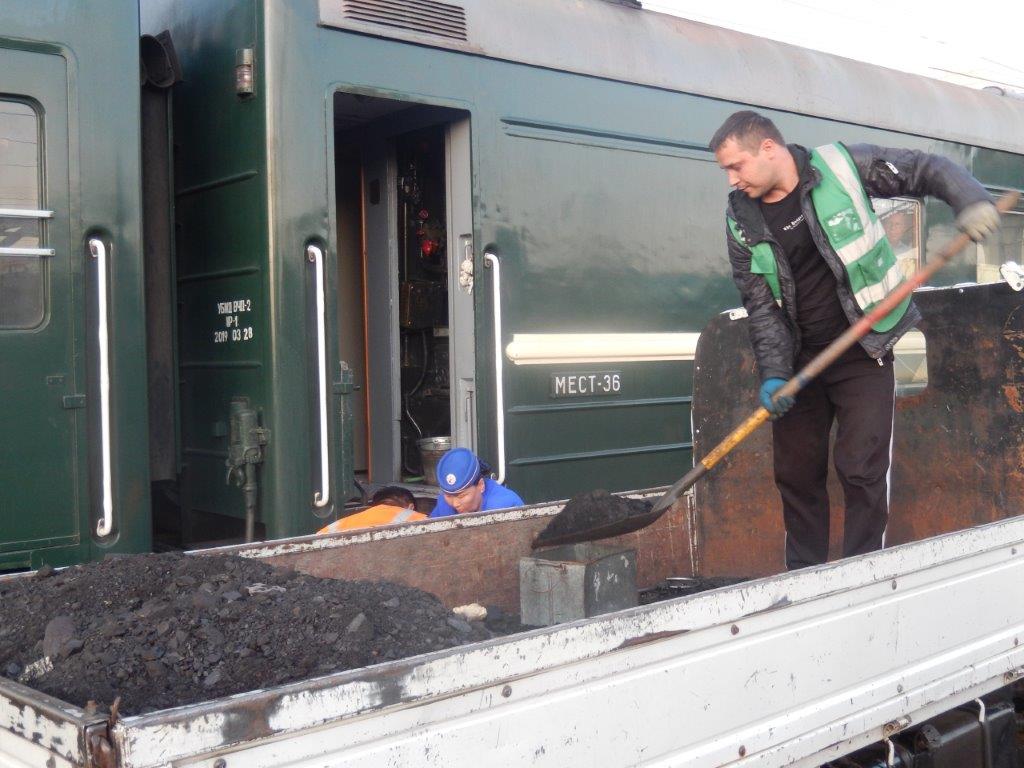
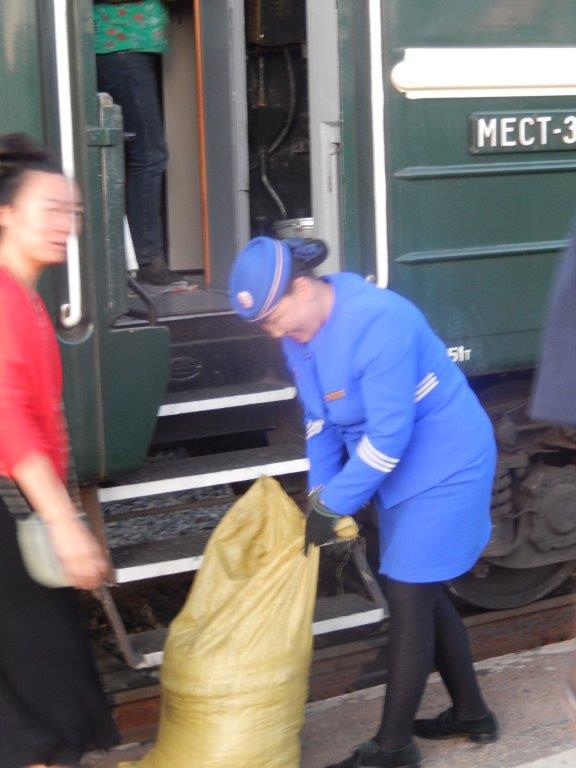
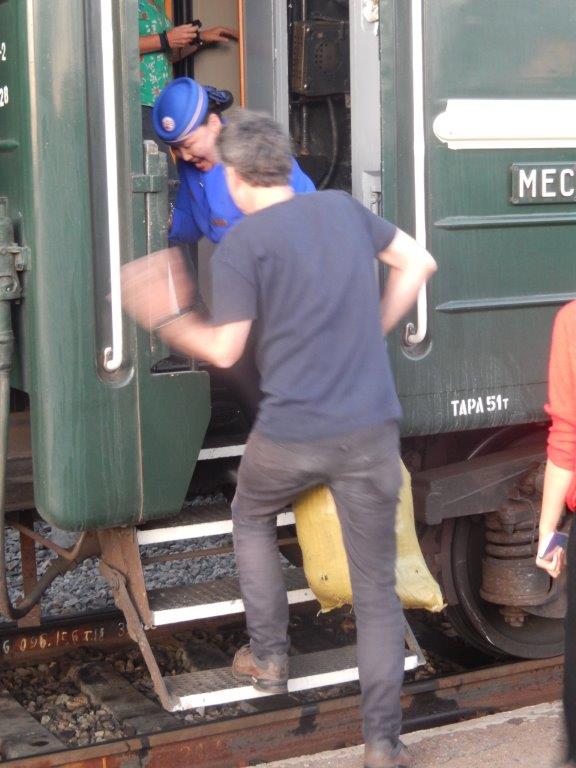
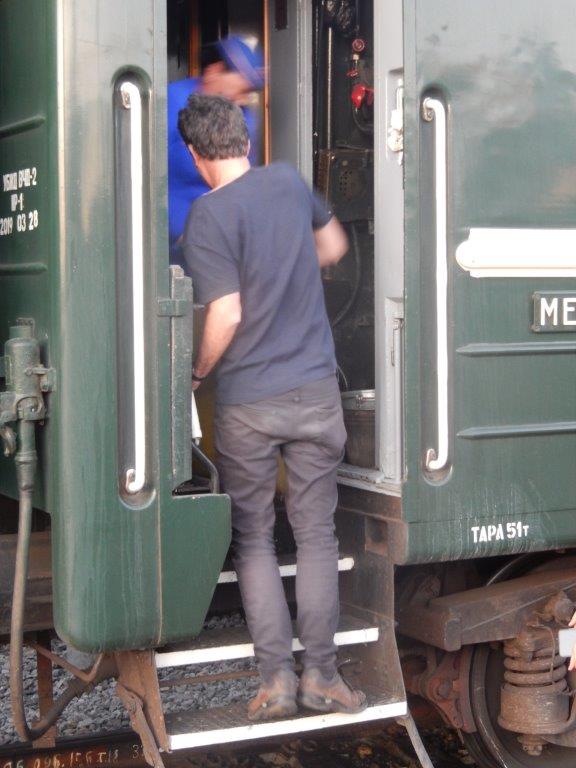
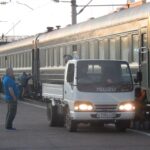
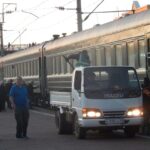
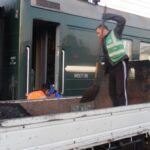
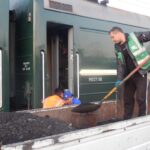

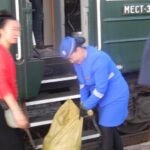




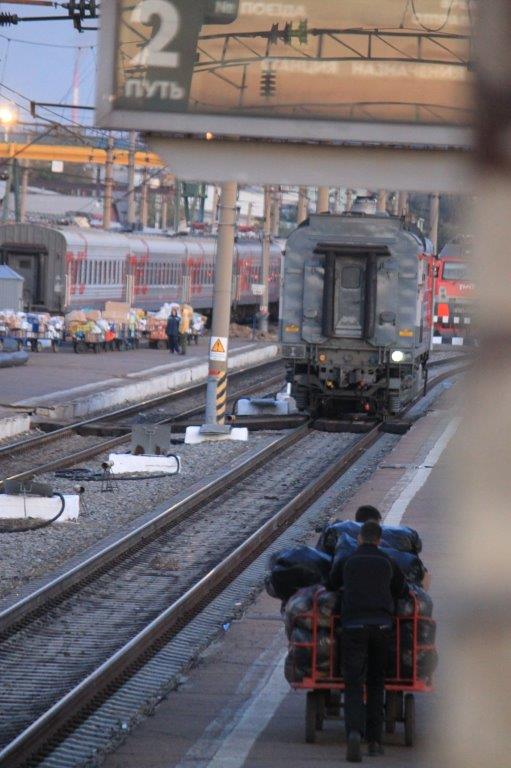
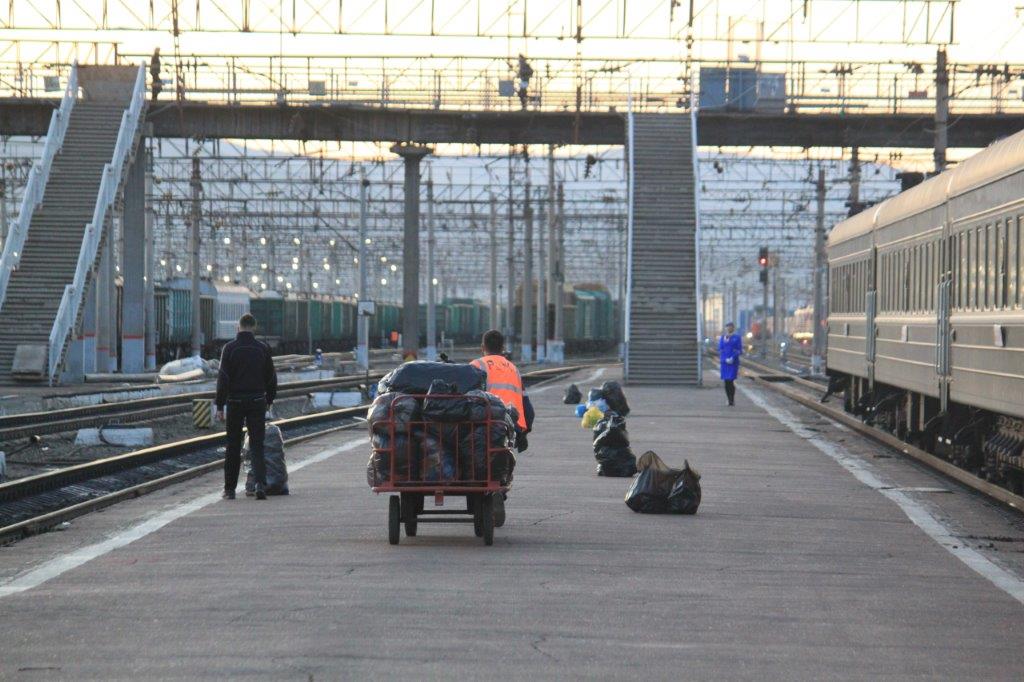
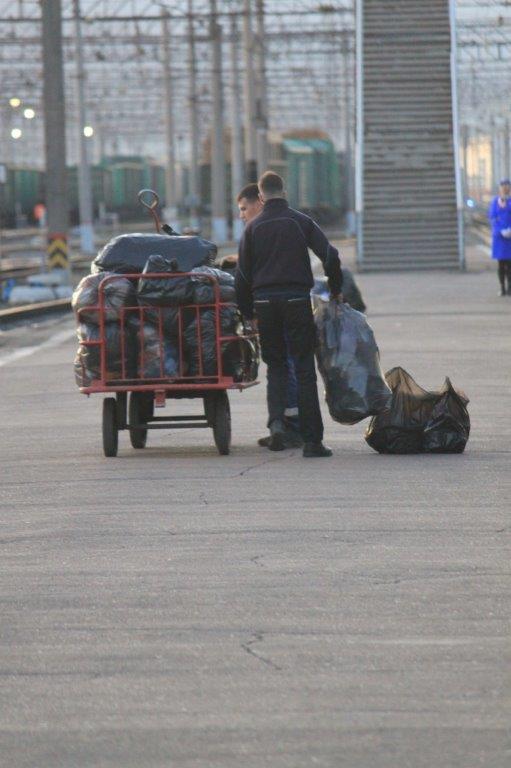
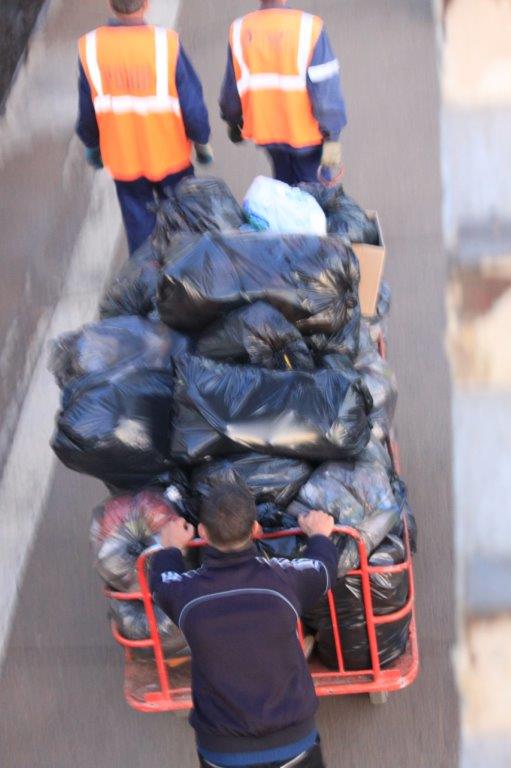
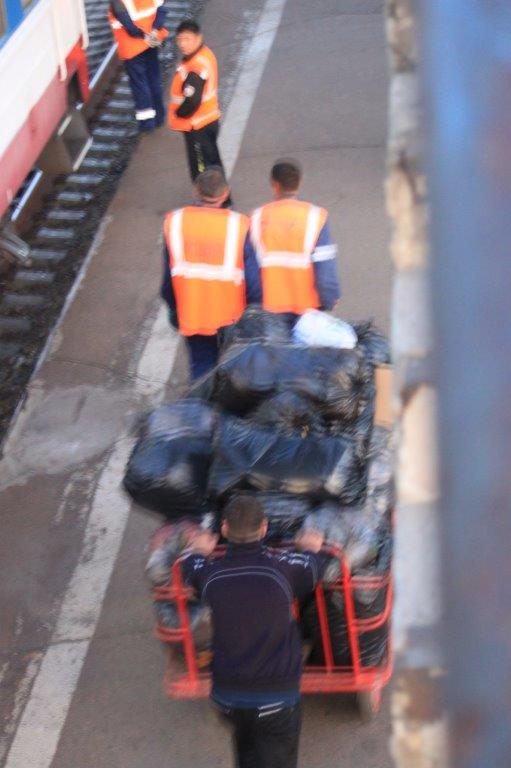
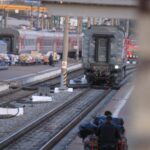
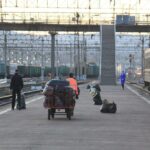




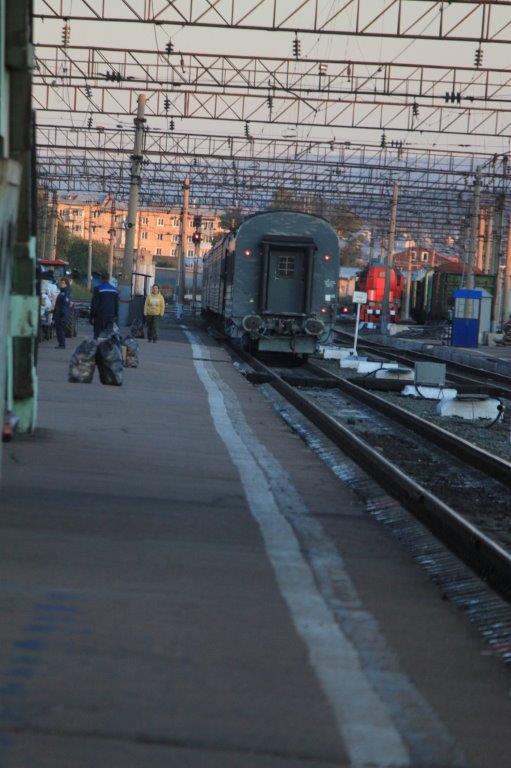
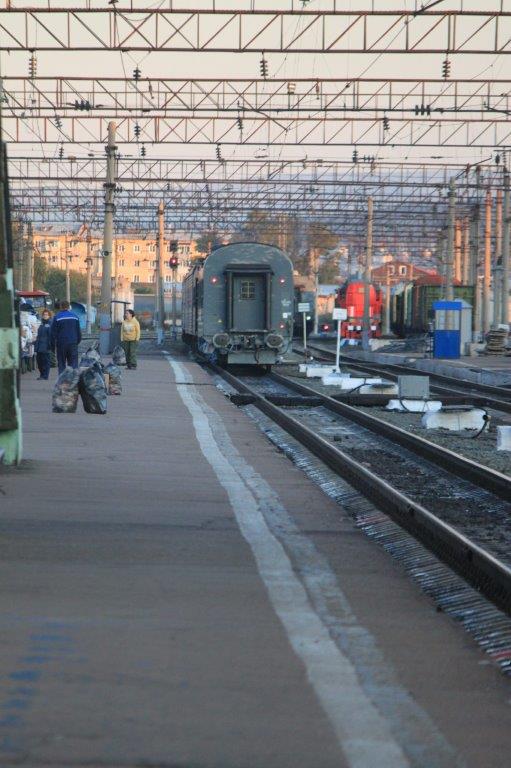
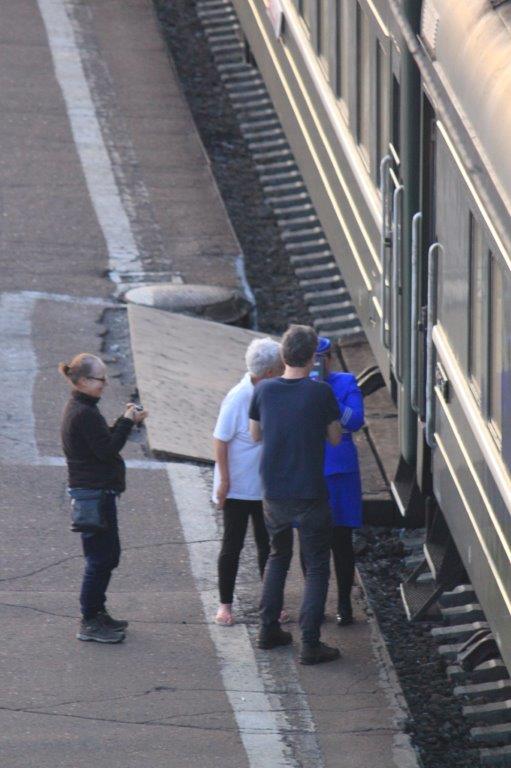
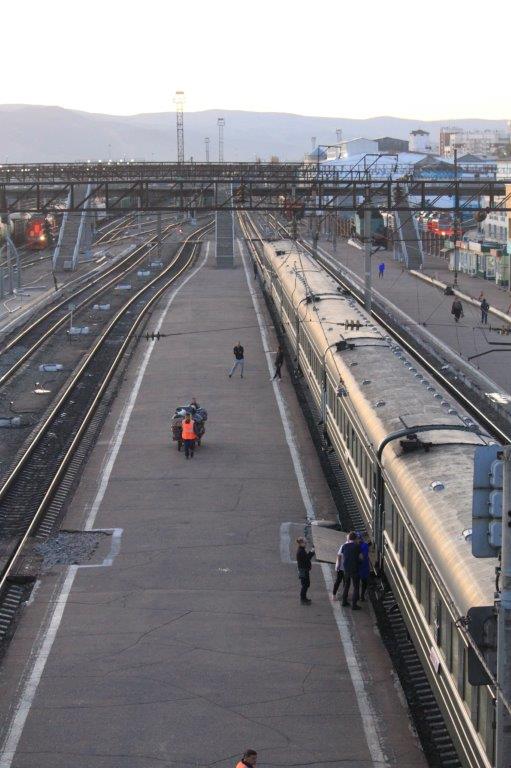
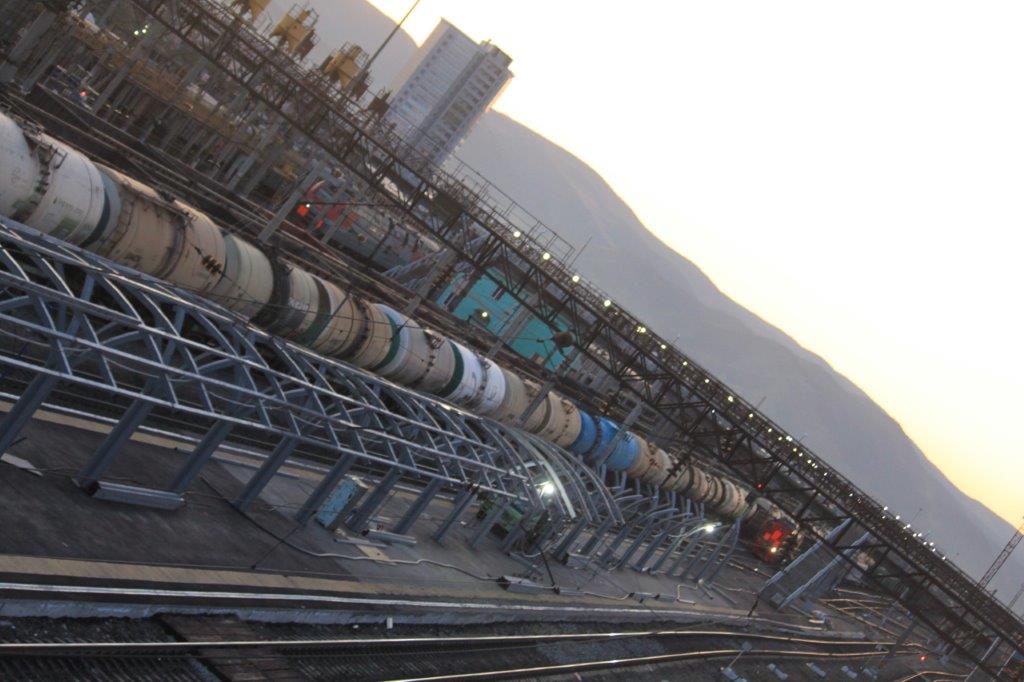
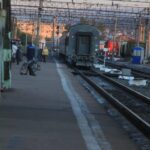
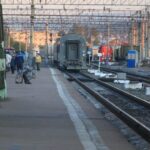
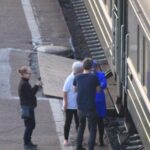
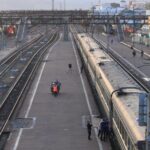
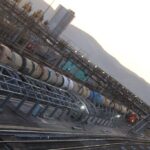

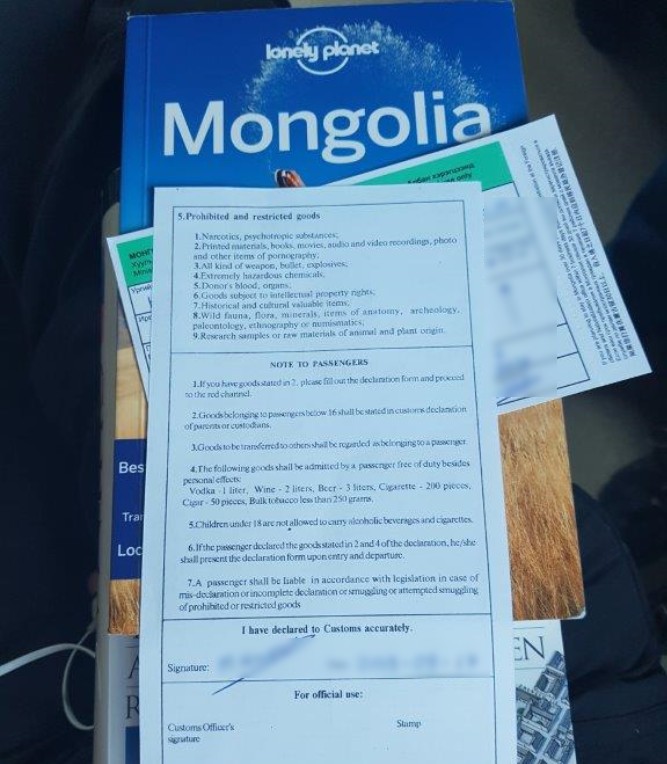

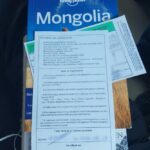

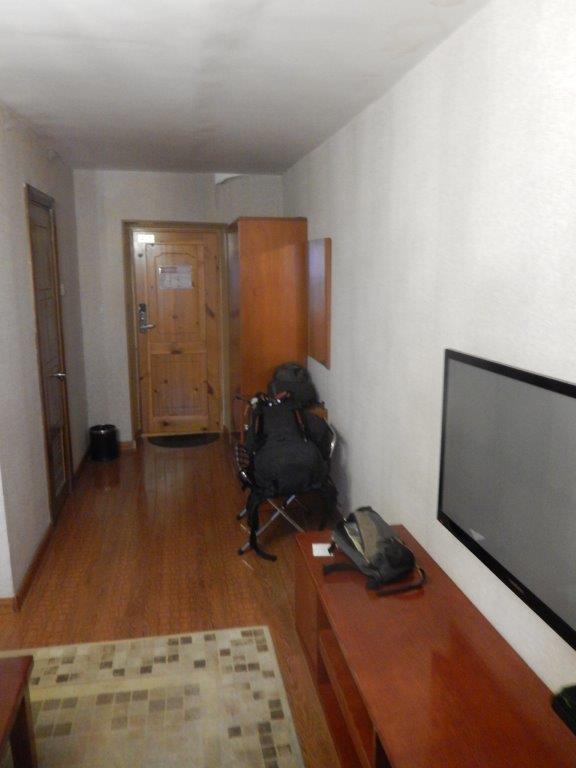
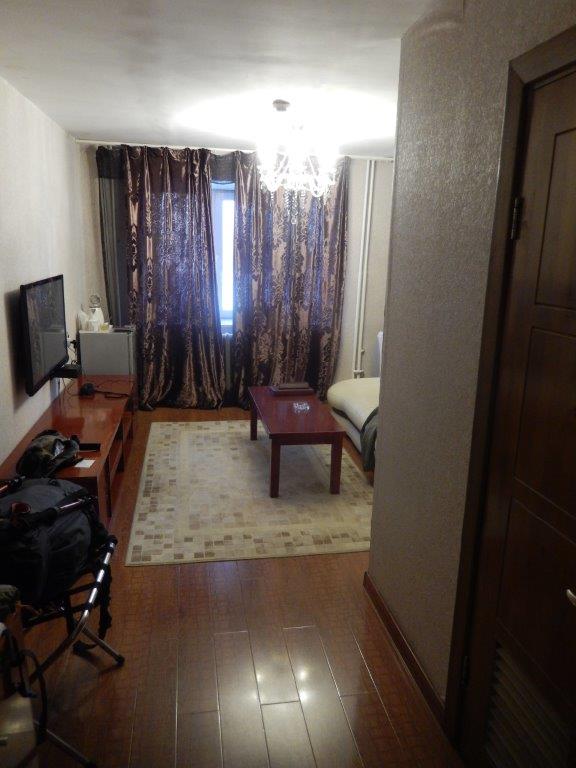
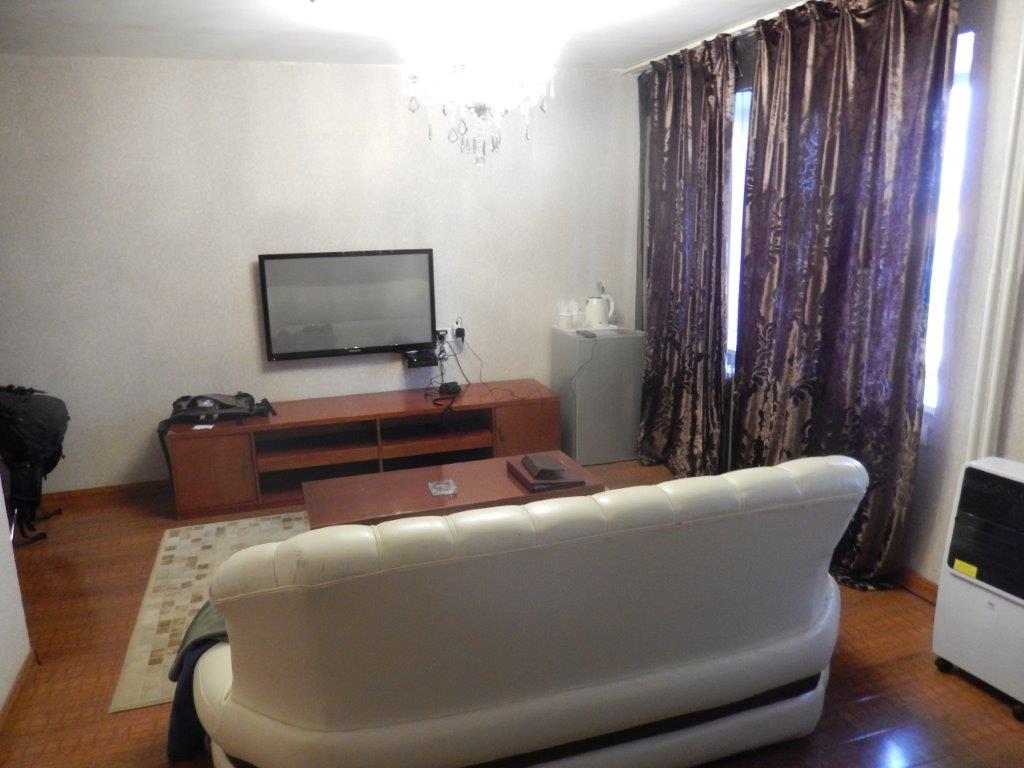
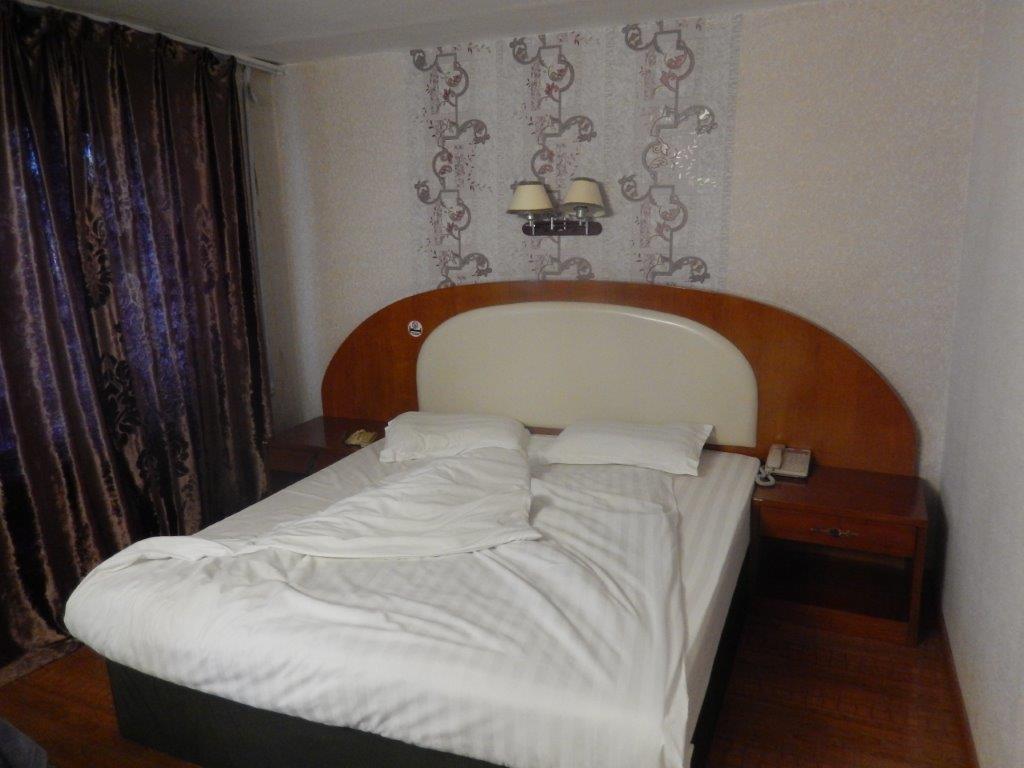
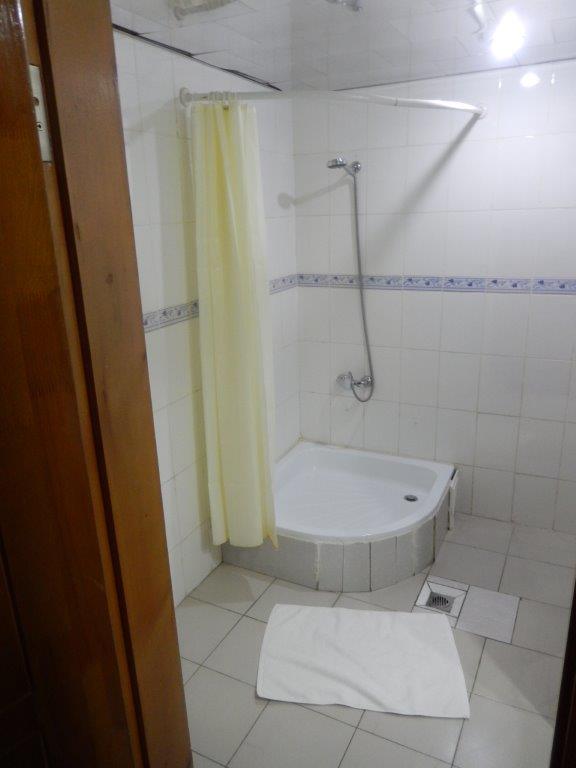
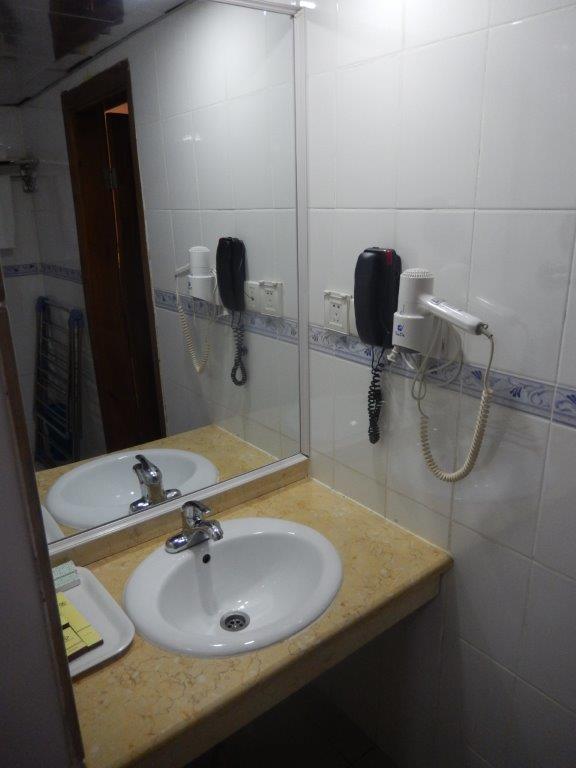
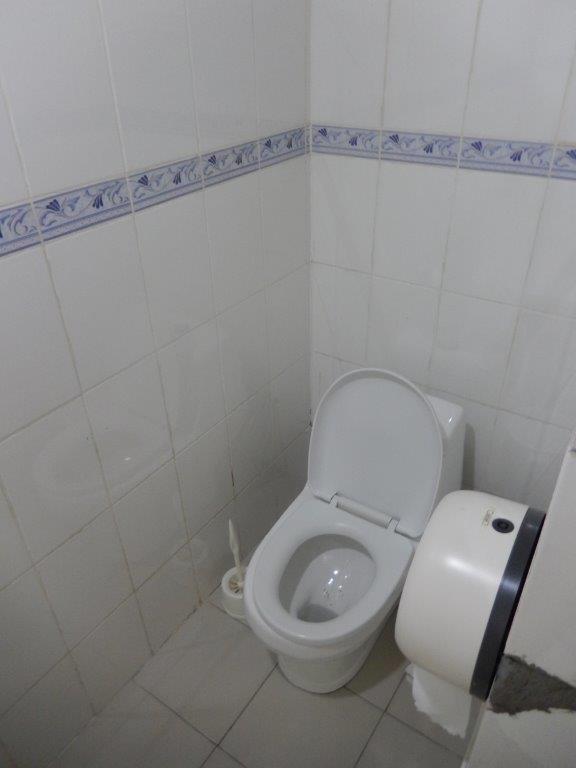





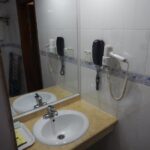


Thank you ? Prices differ depending on what type of train you’re going to use, but the lowest price when I travelled was 50 Euros (ordered online). However price/costs can go up if you travel more luxurious or depending on what type of cabin you travel in.
Hi! Thanks for this post! May I ask you how musch it was the train ticket from Irkutsk to Darkhan?